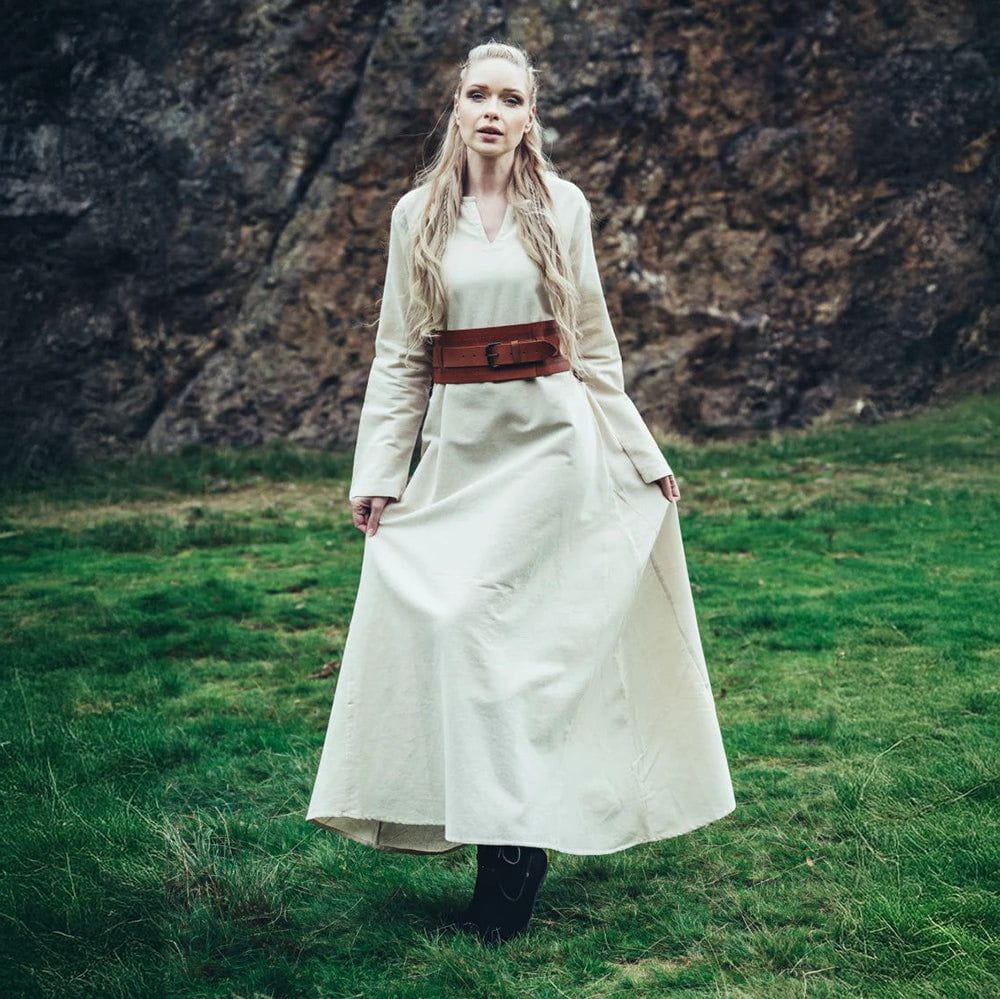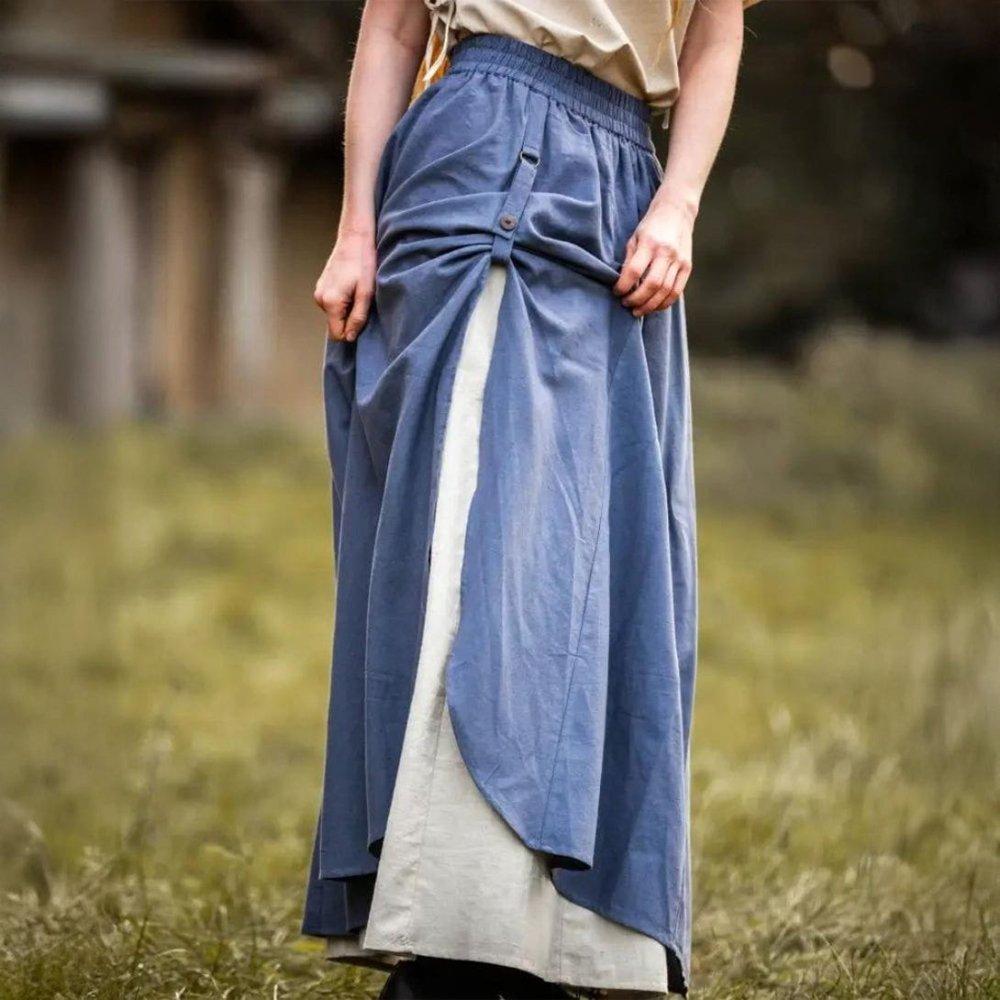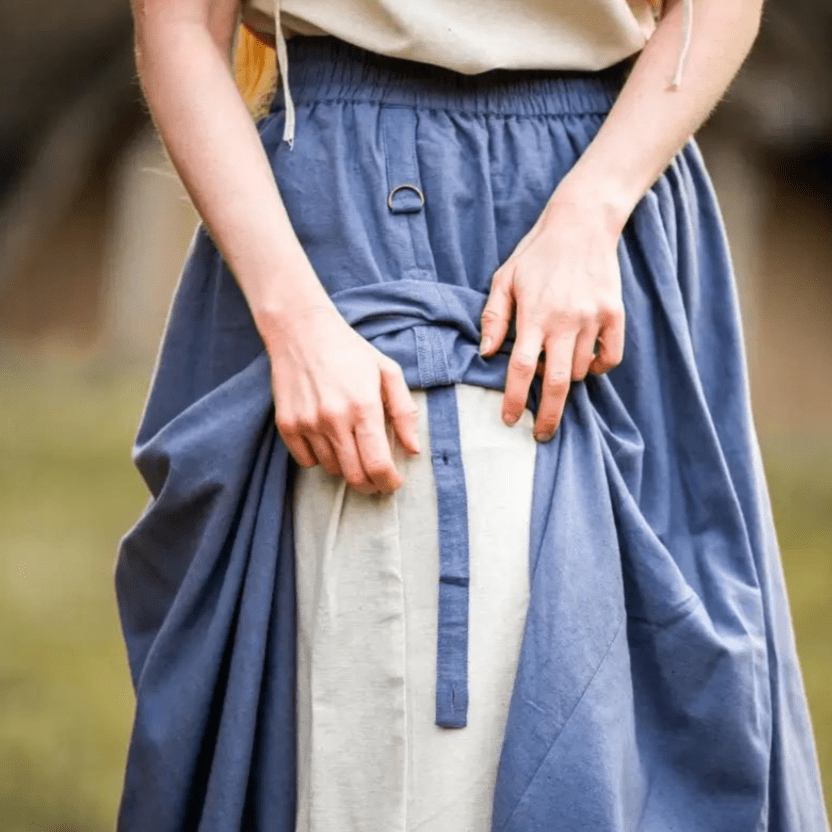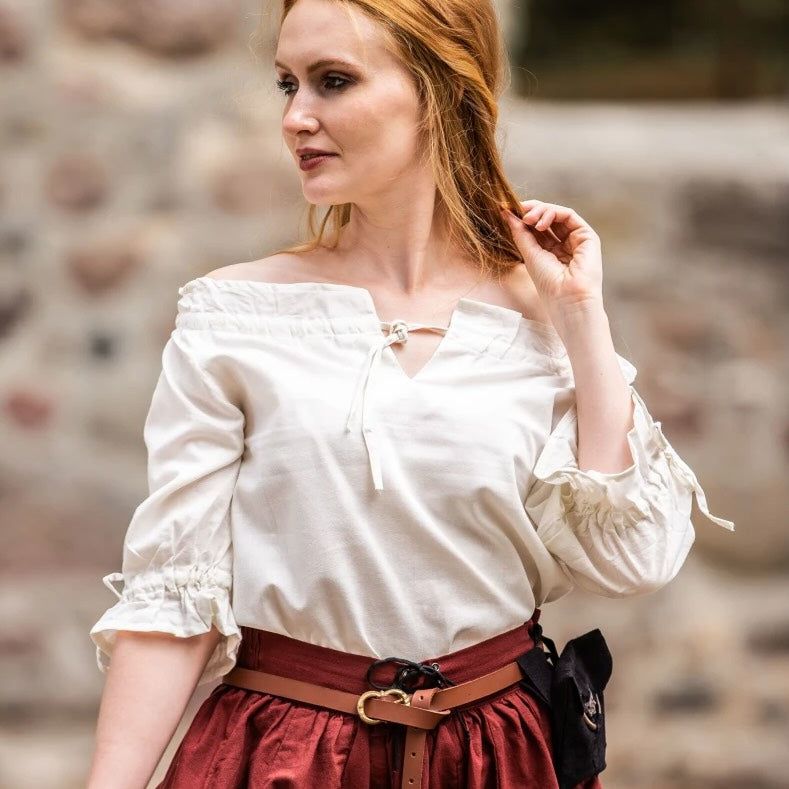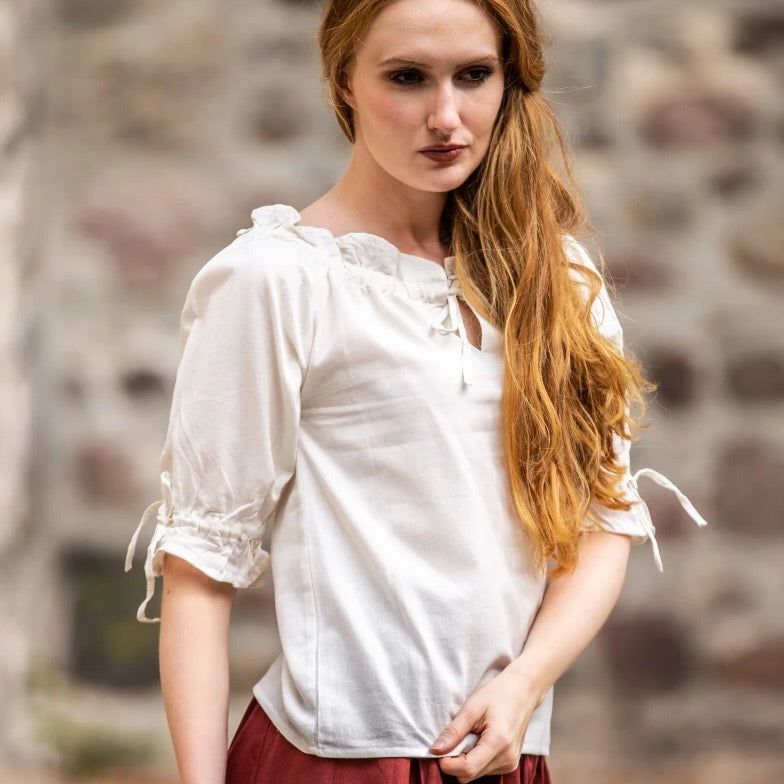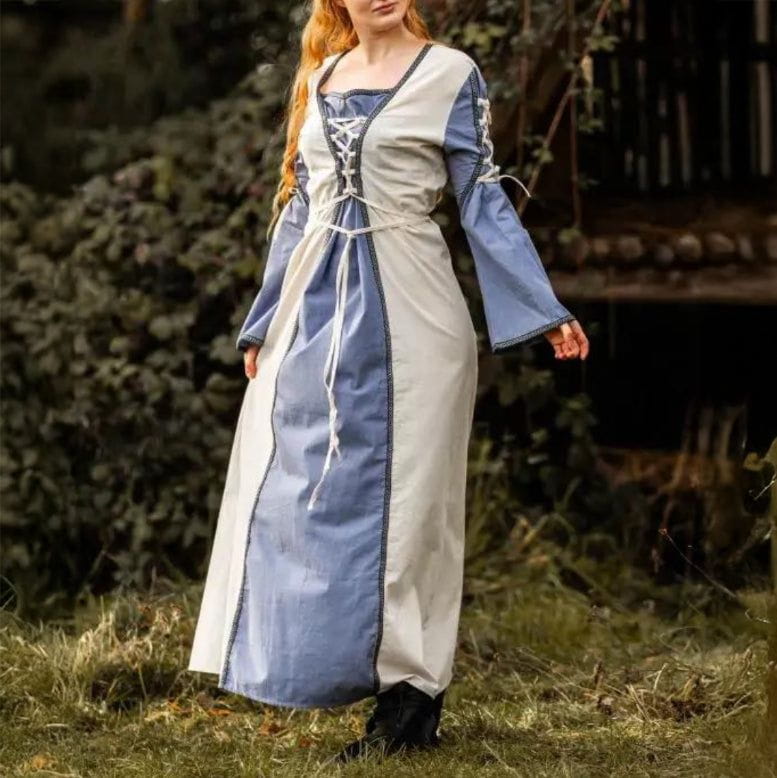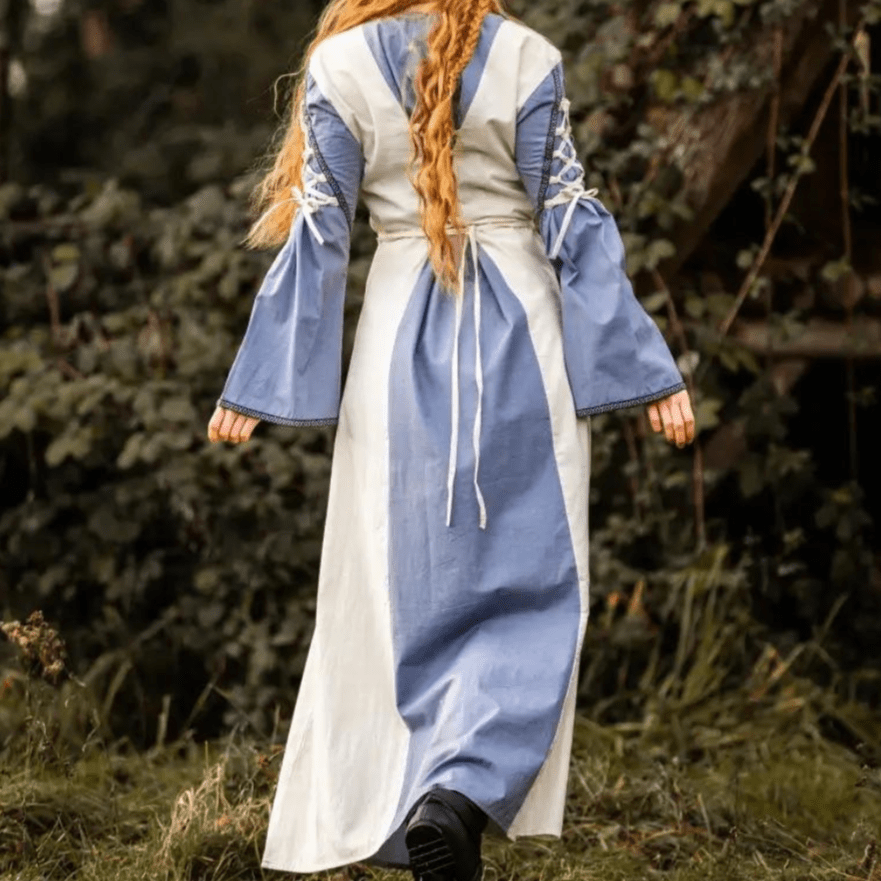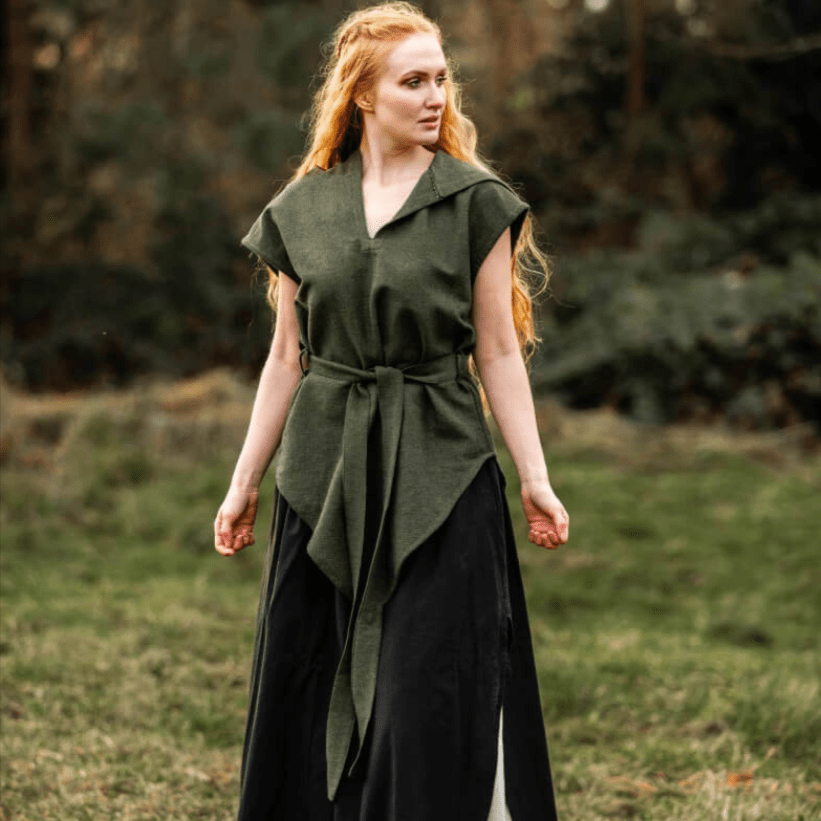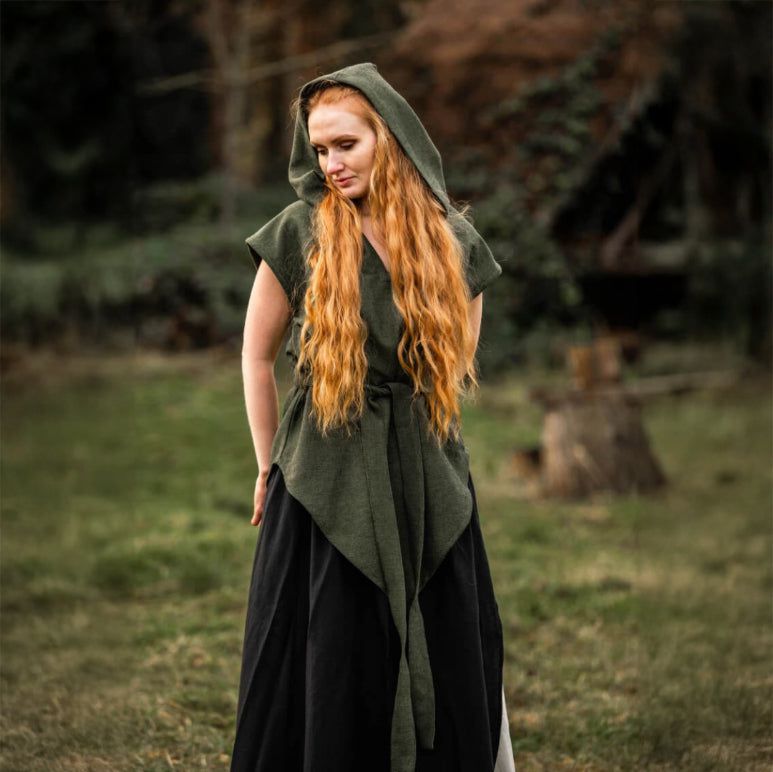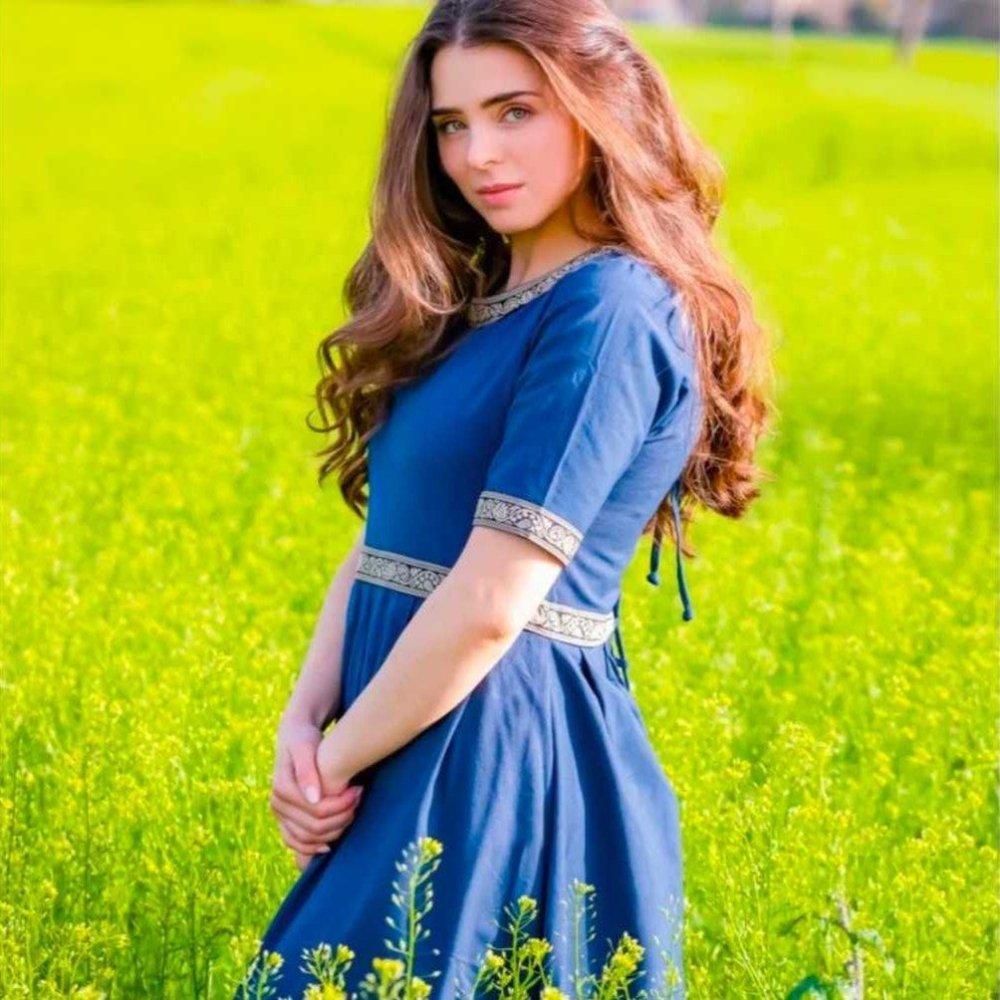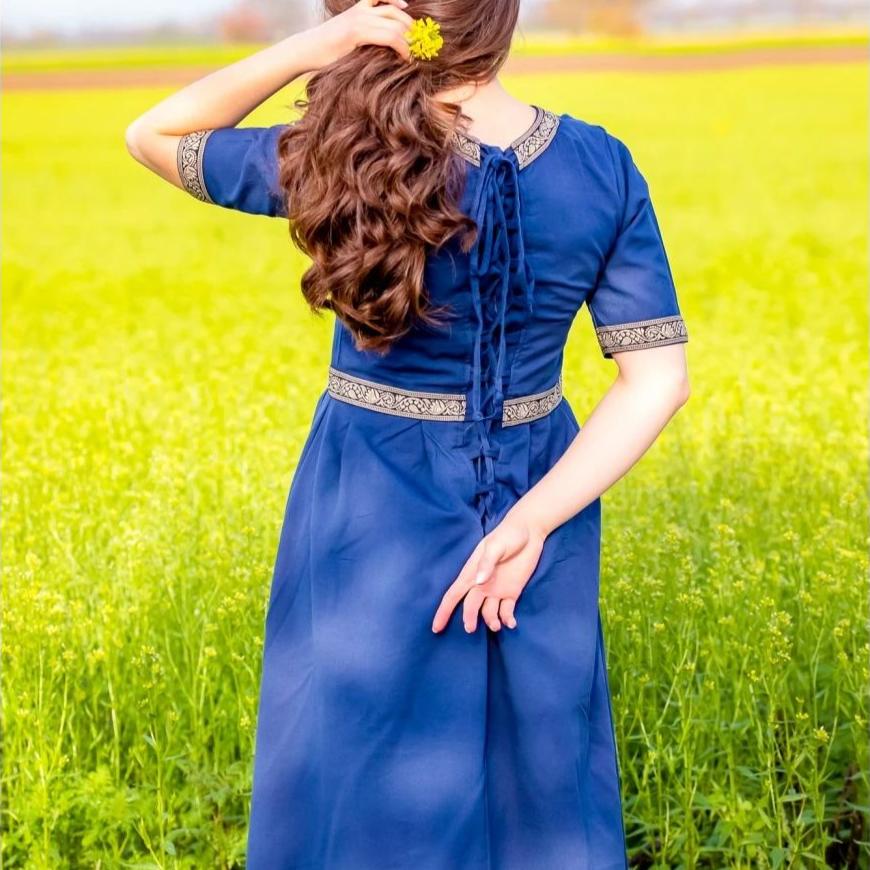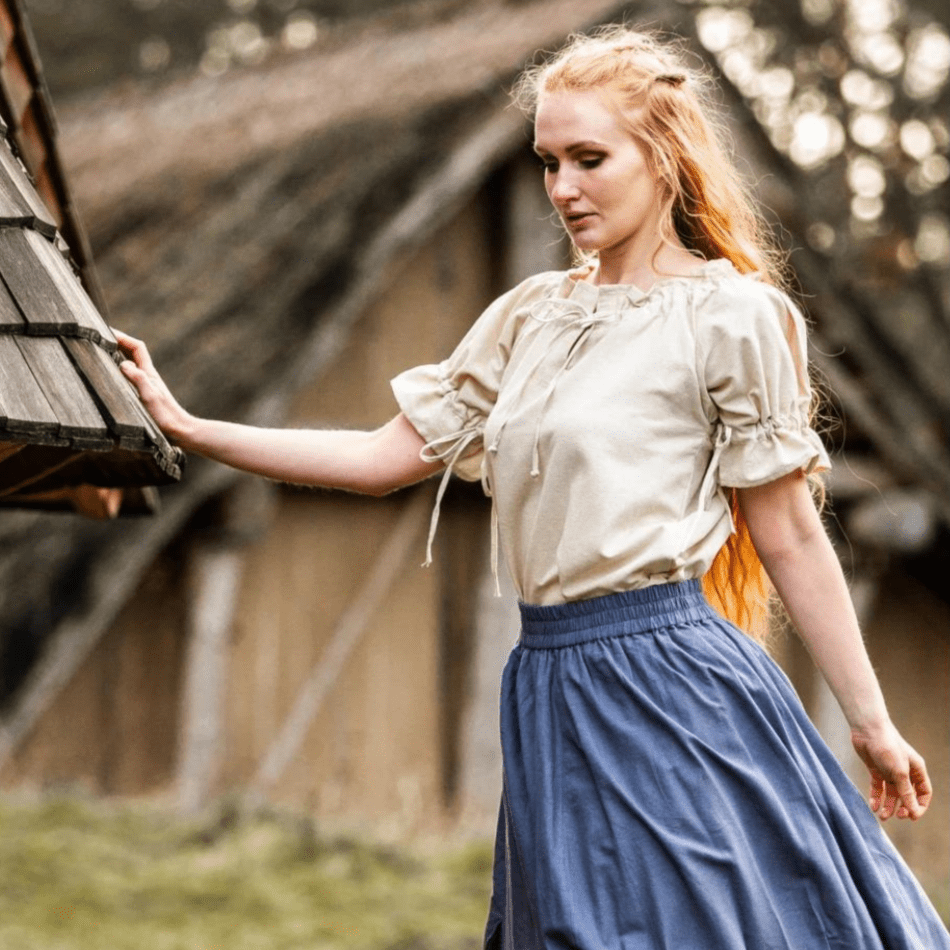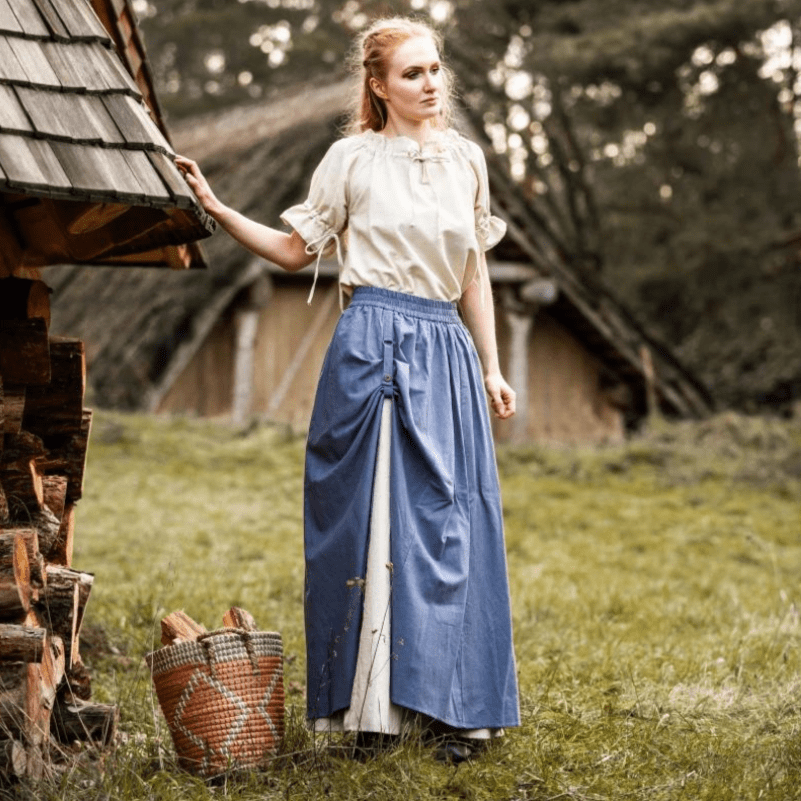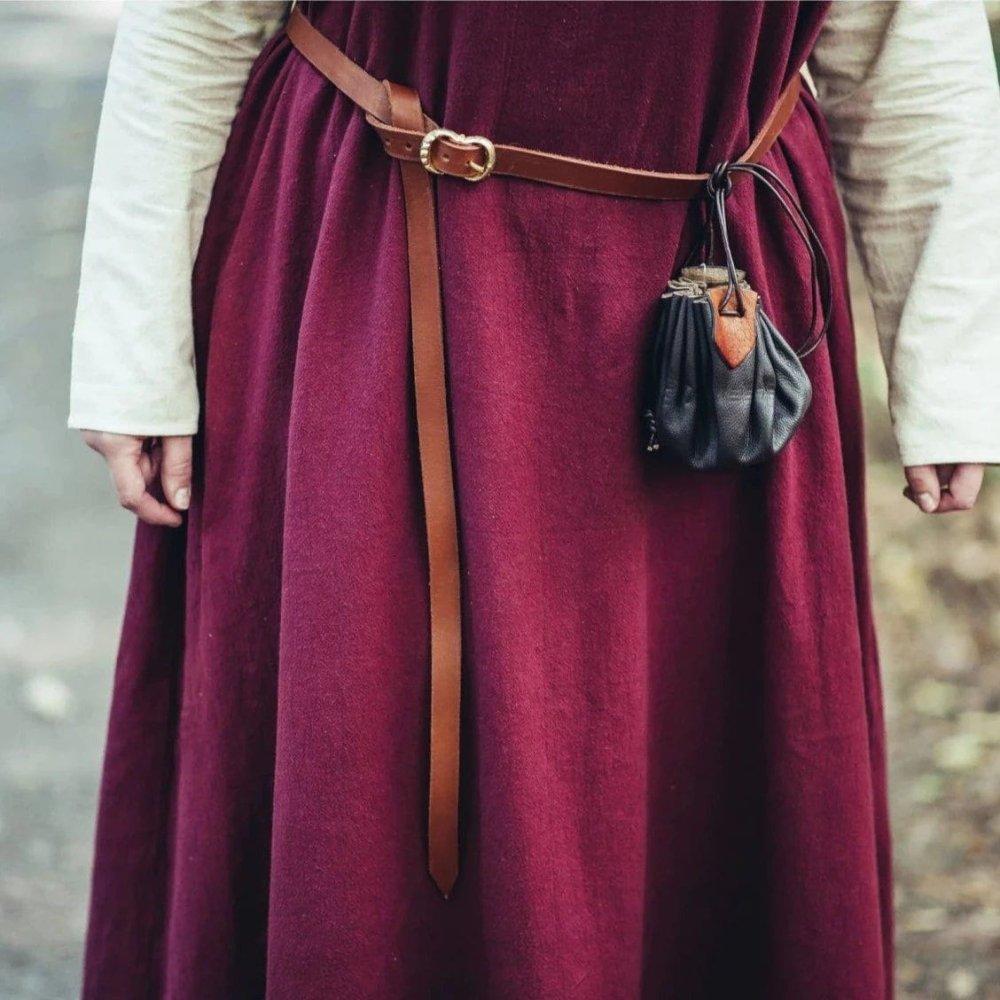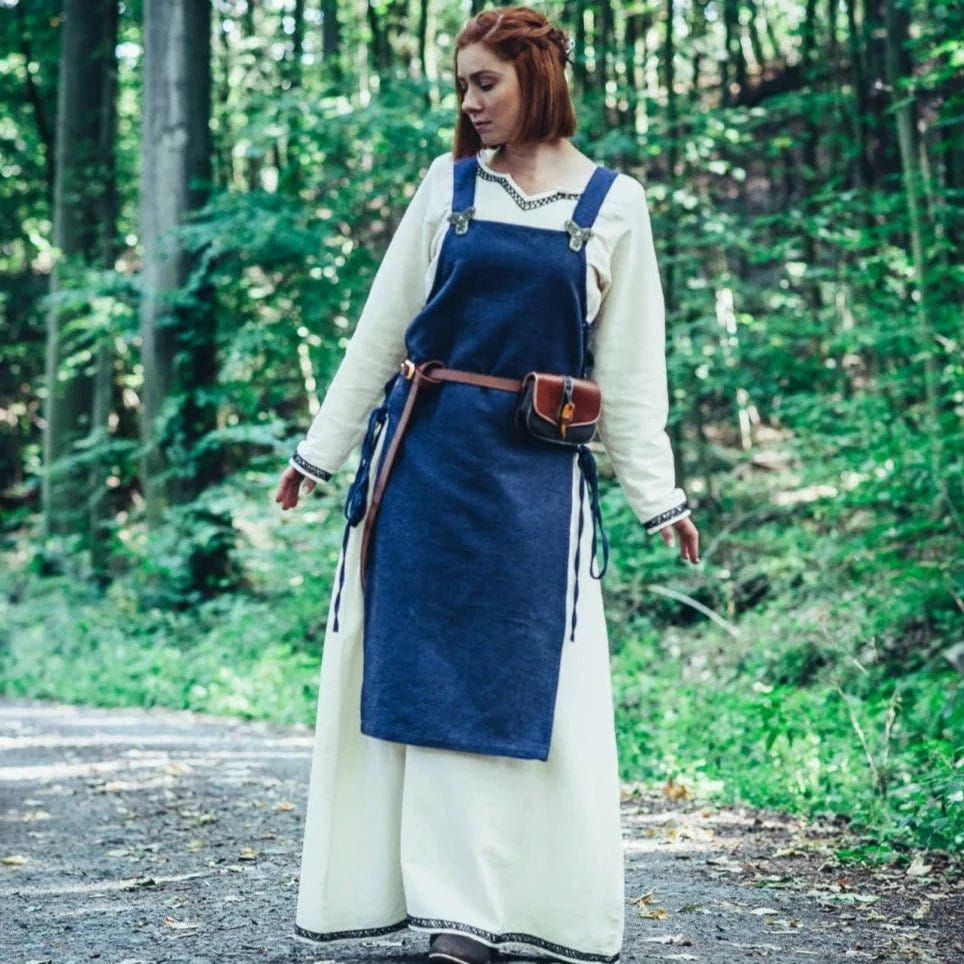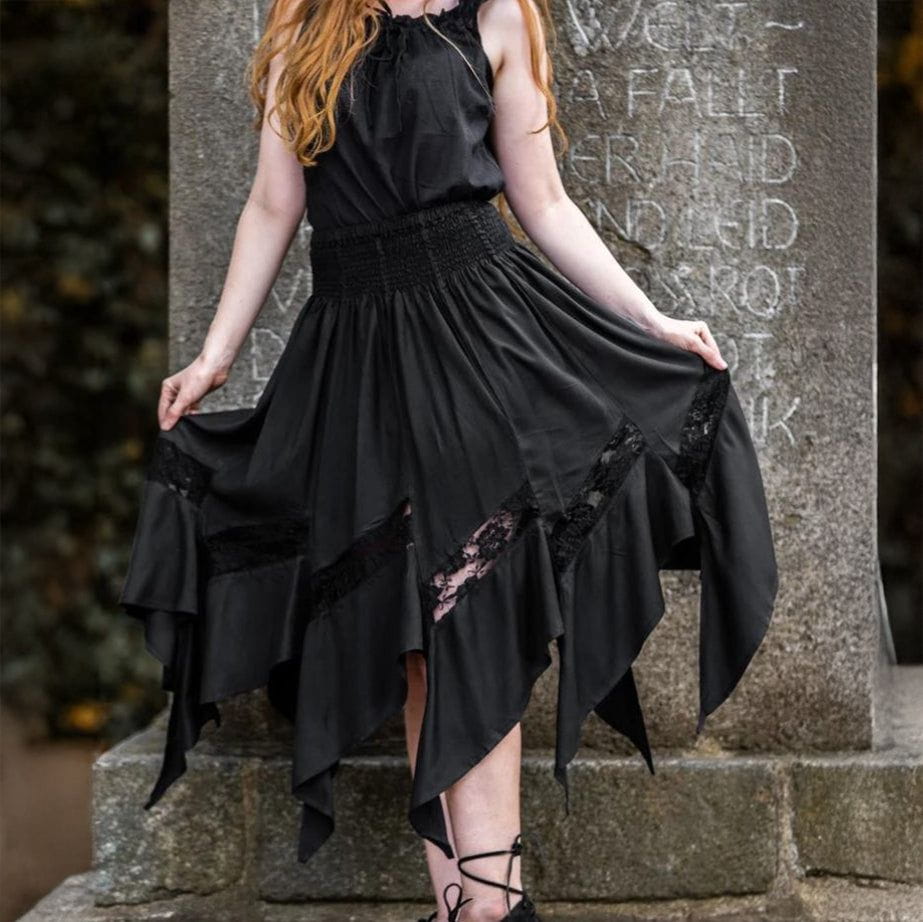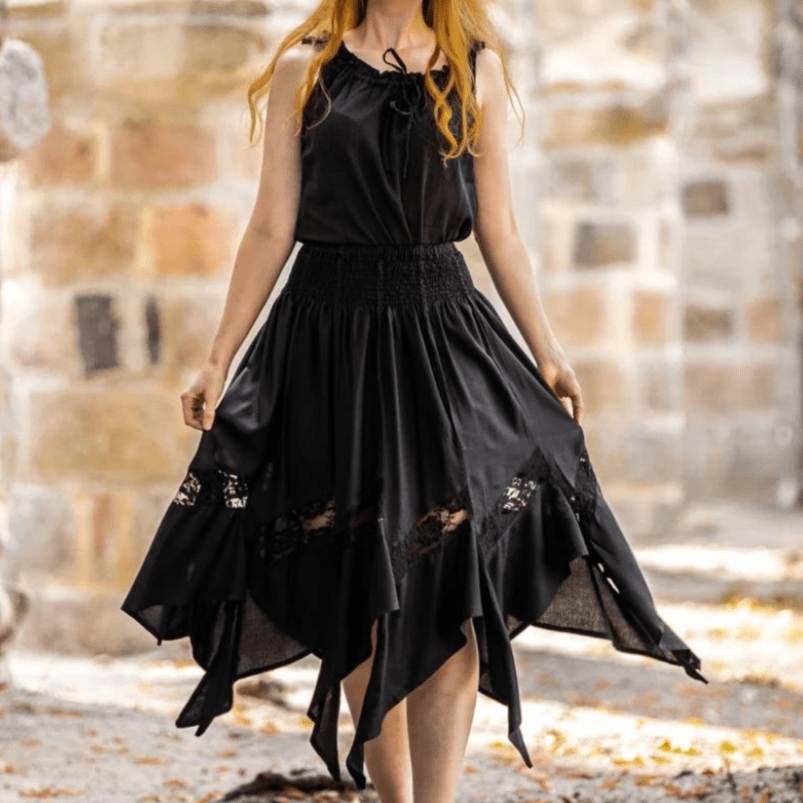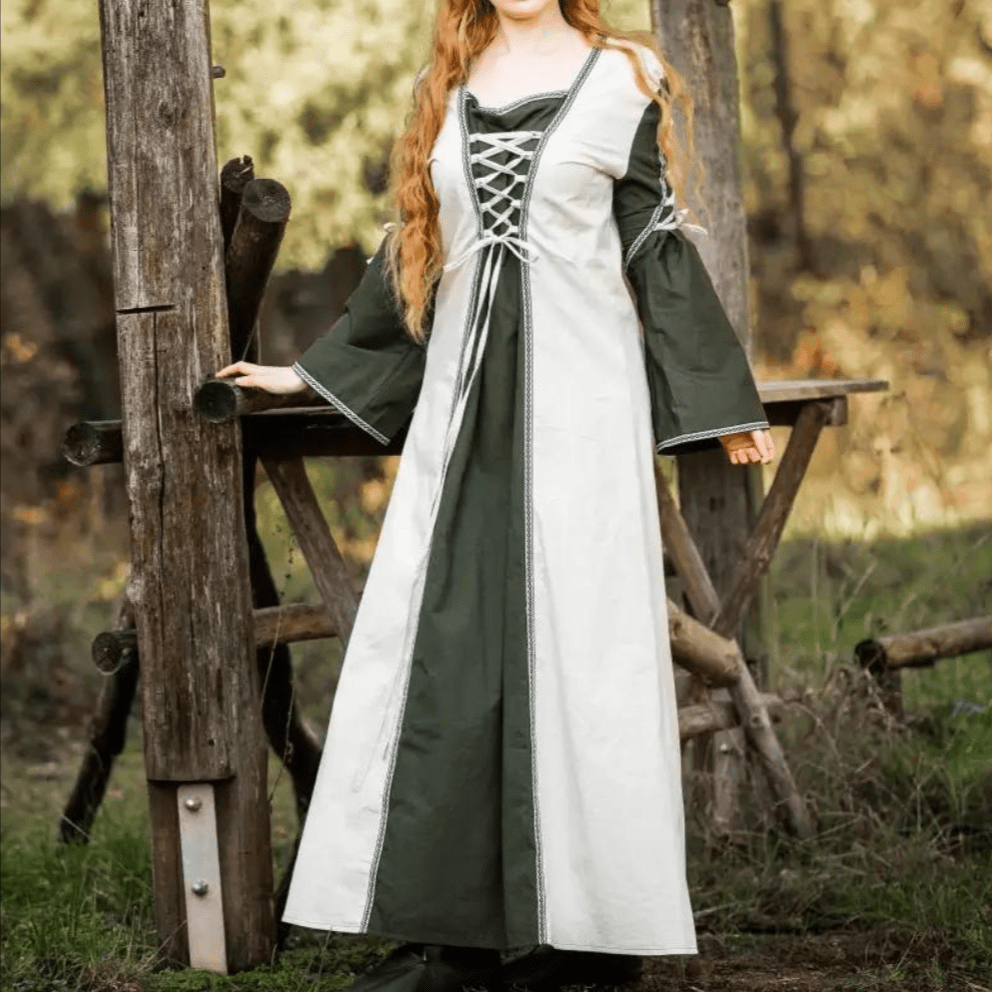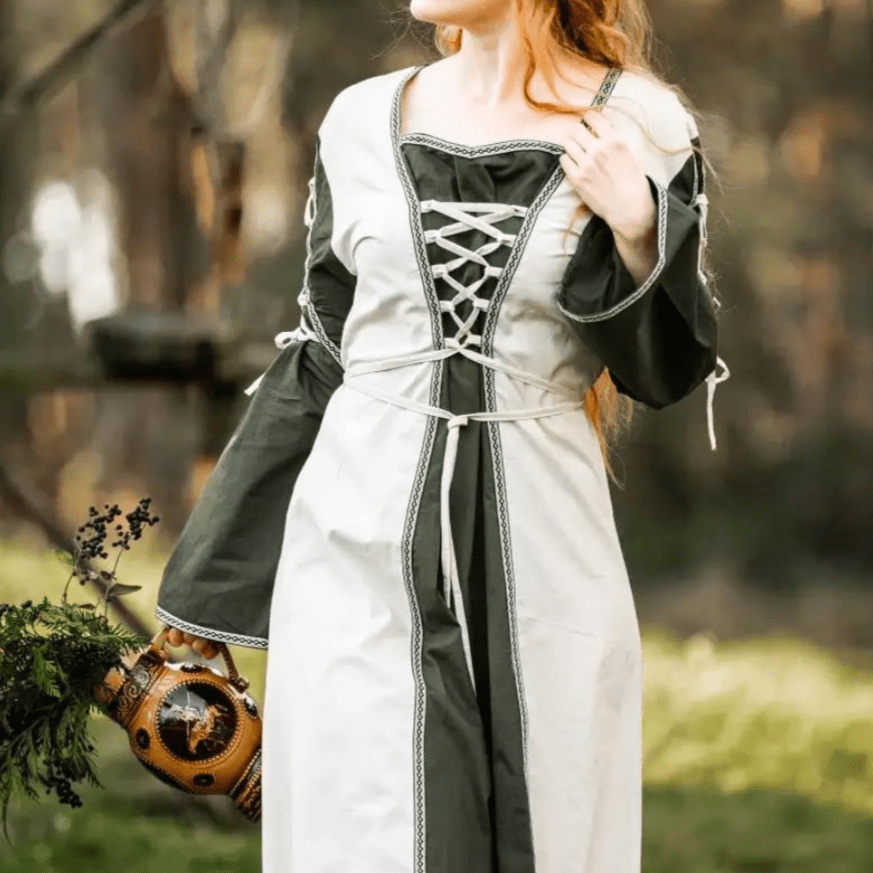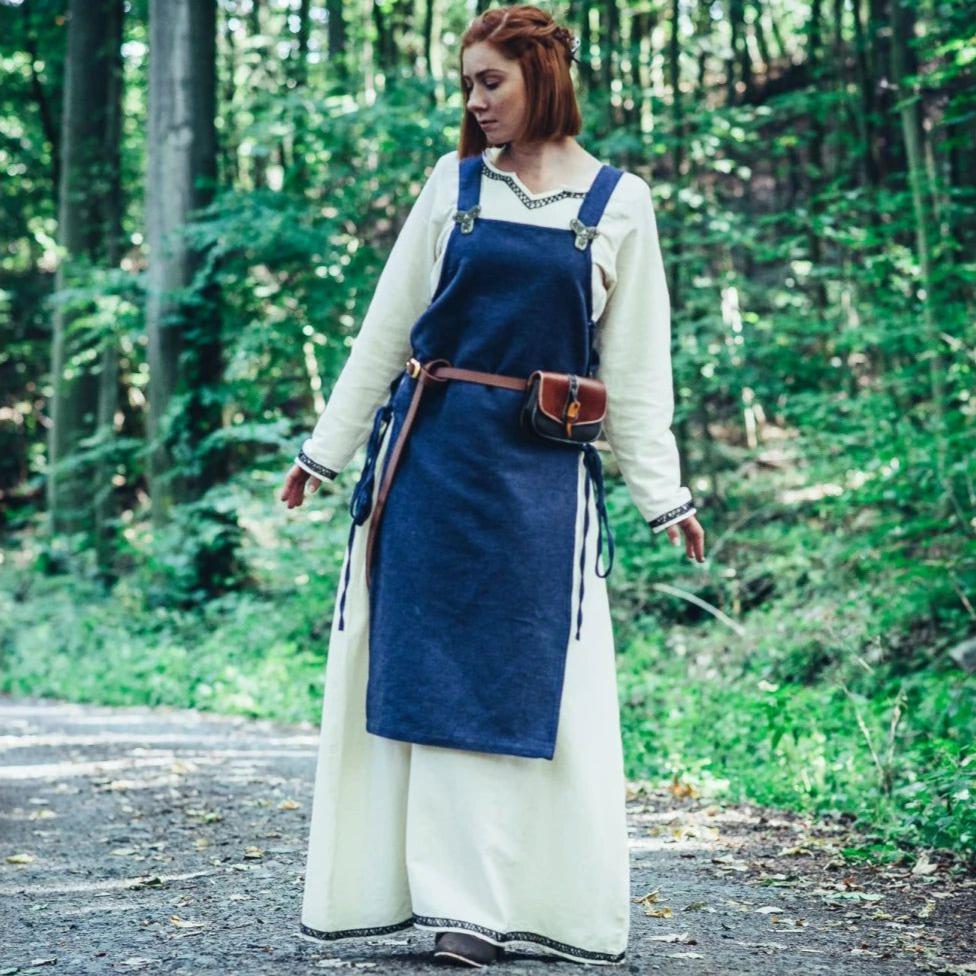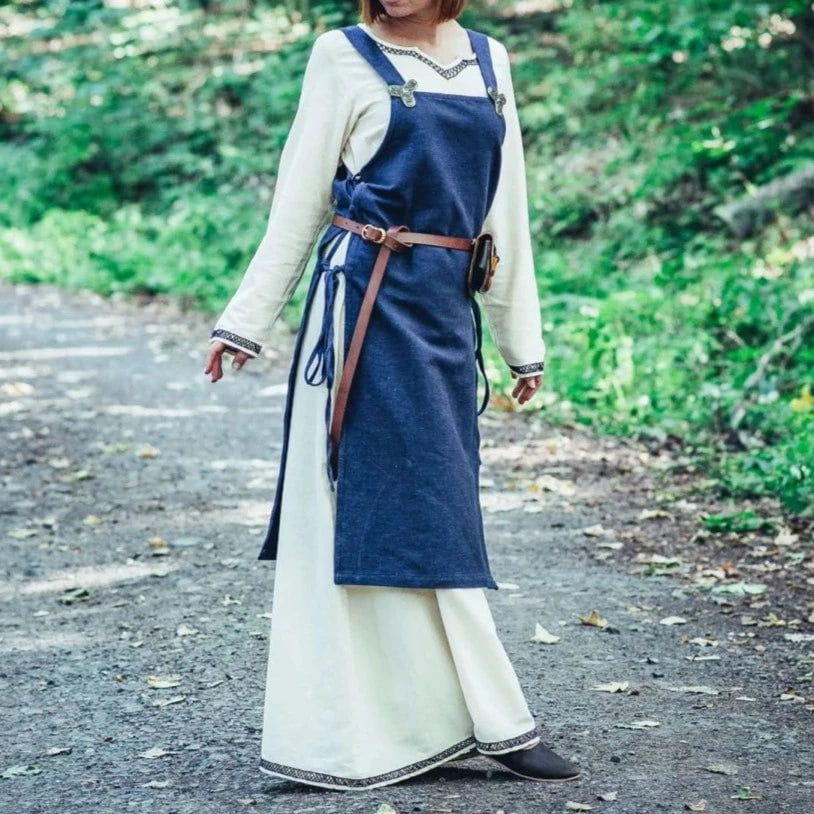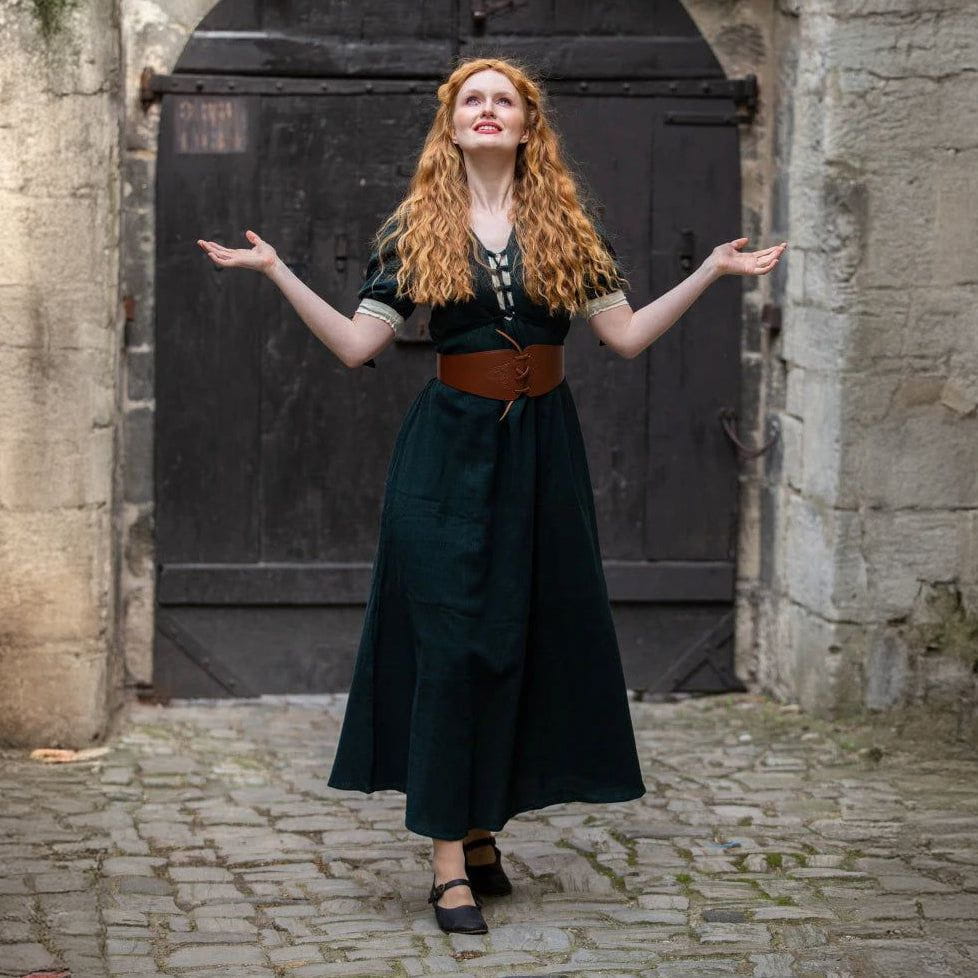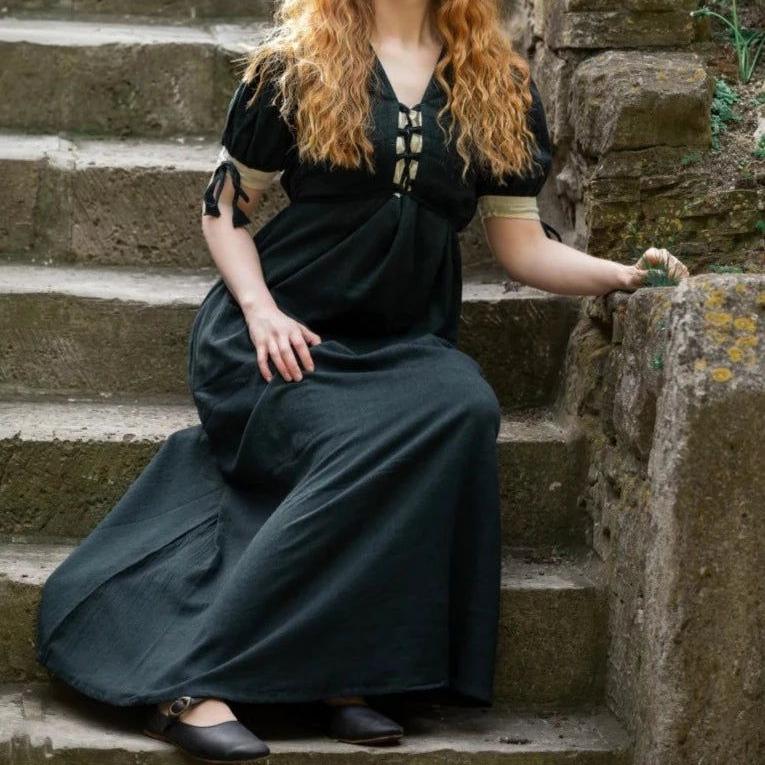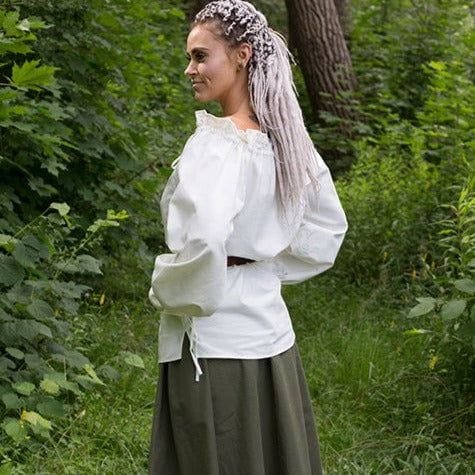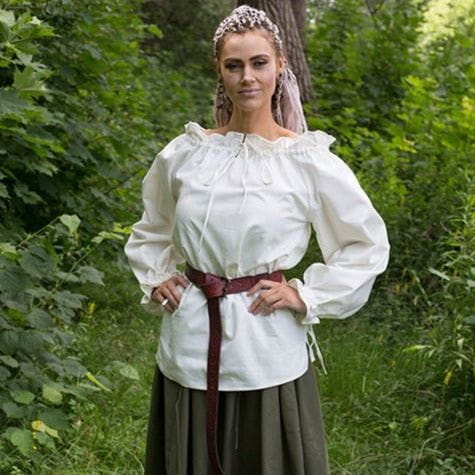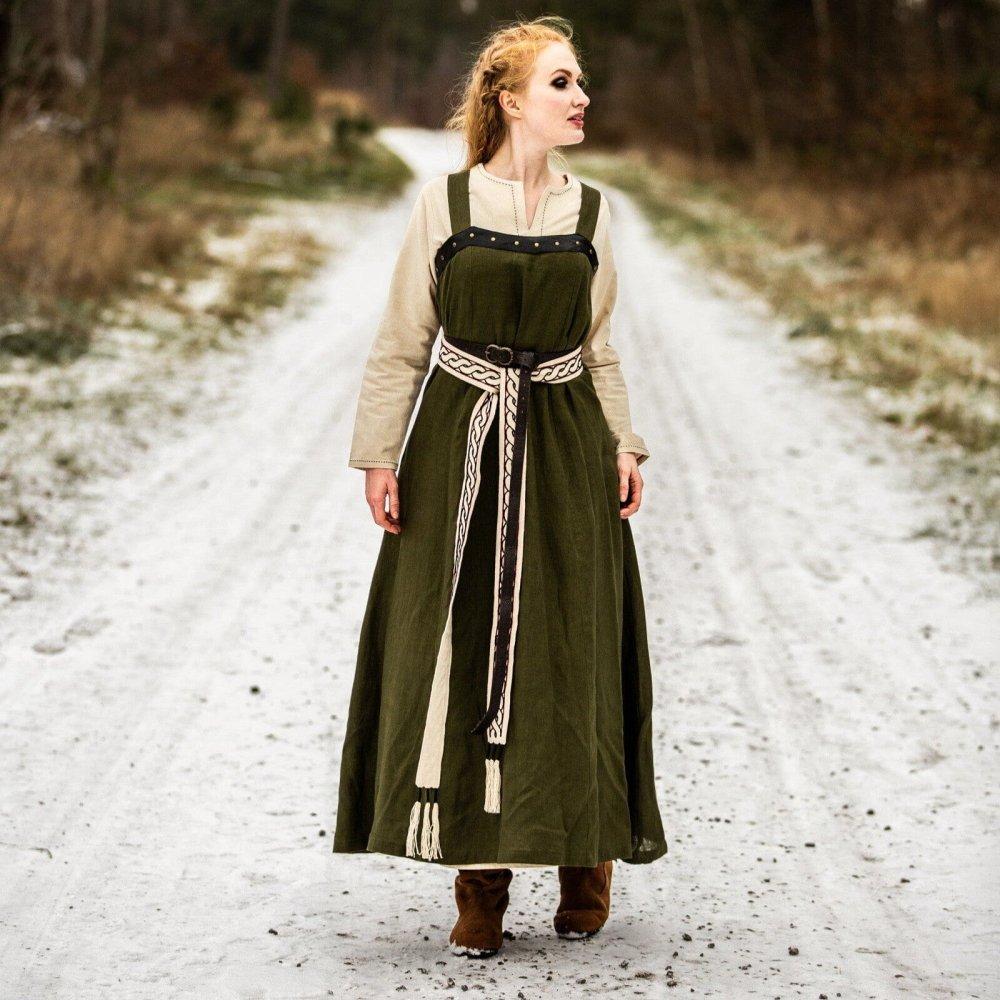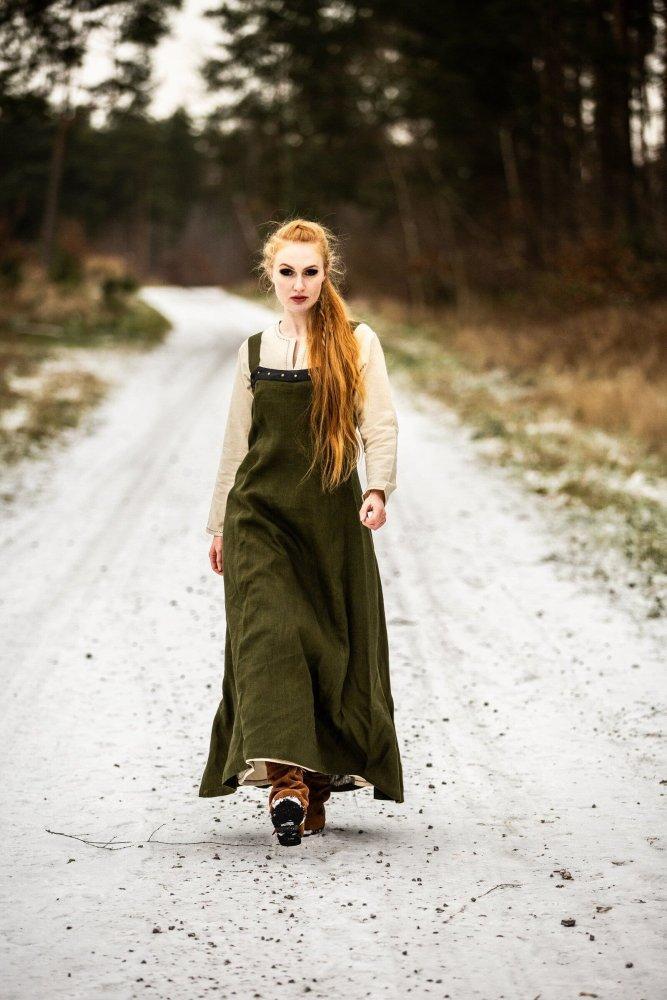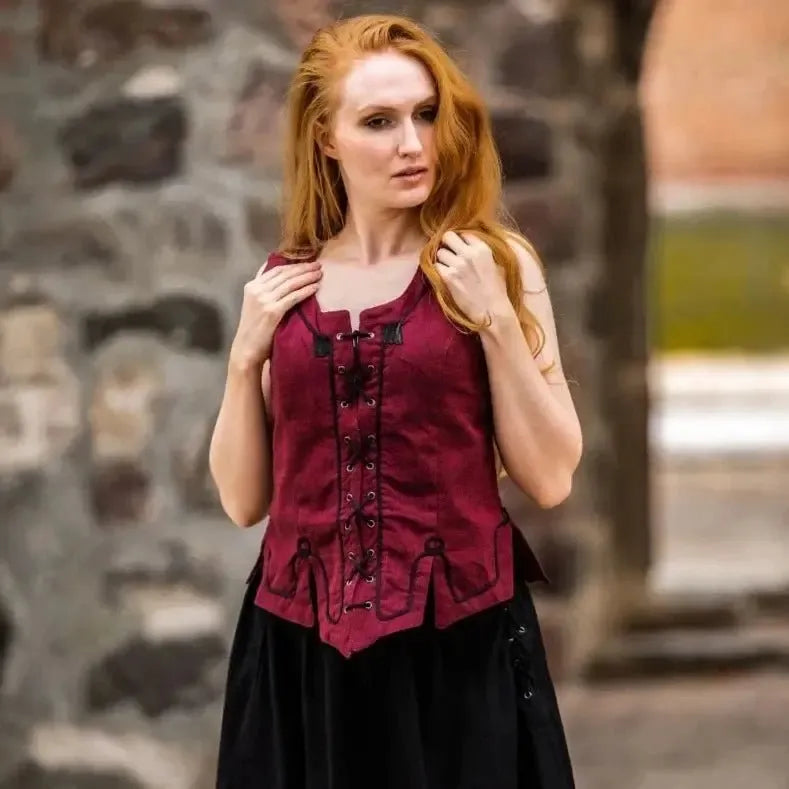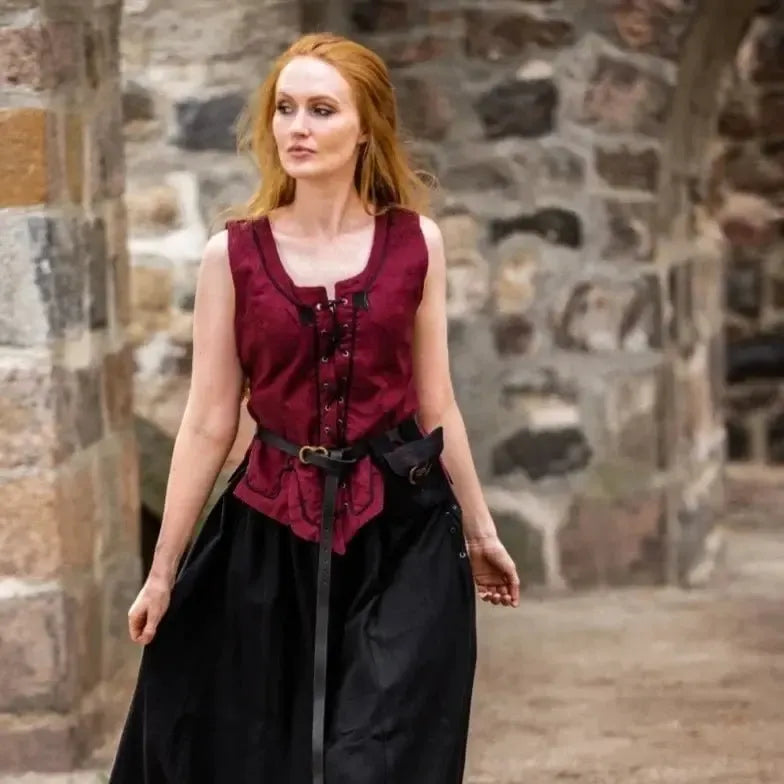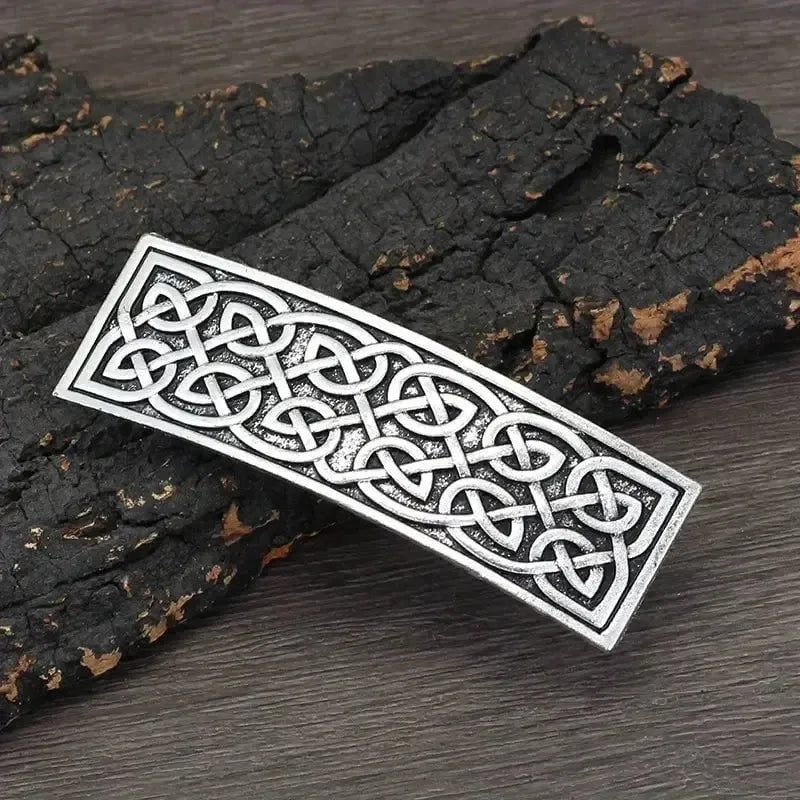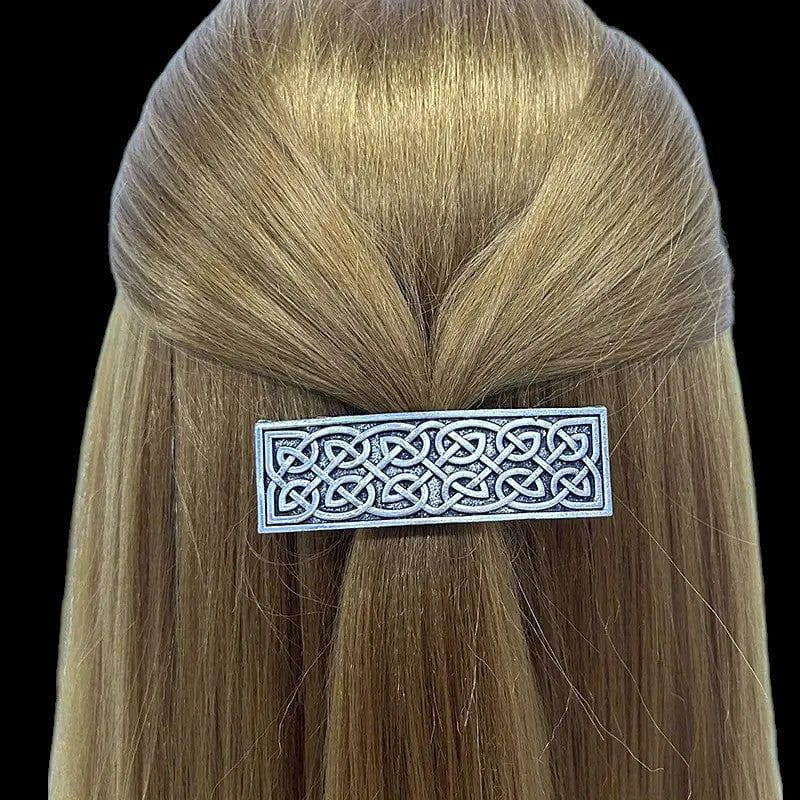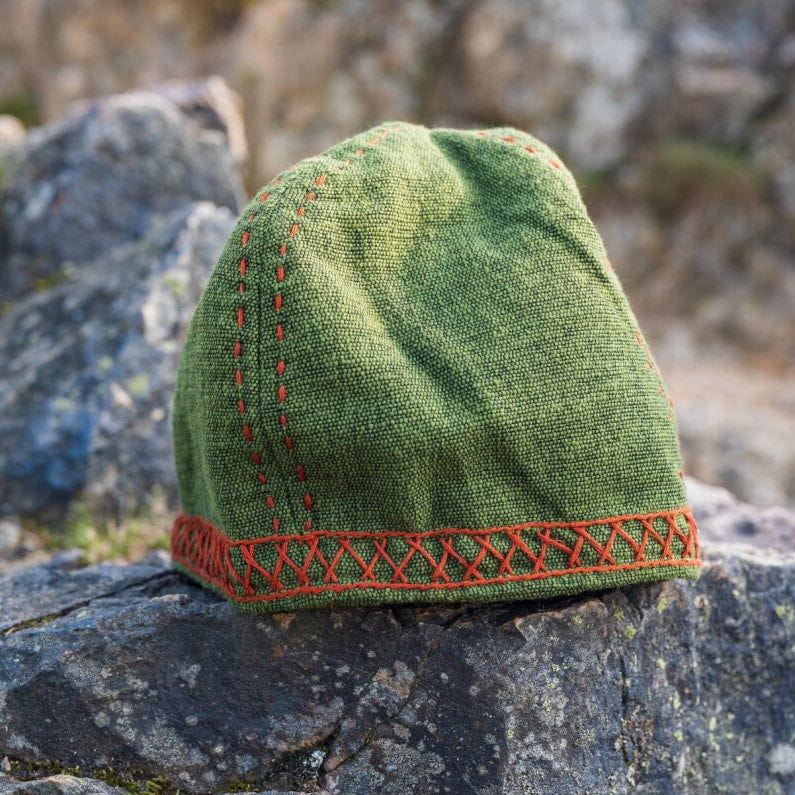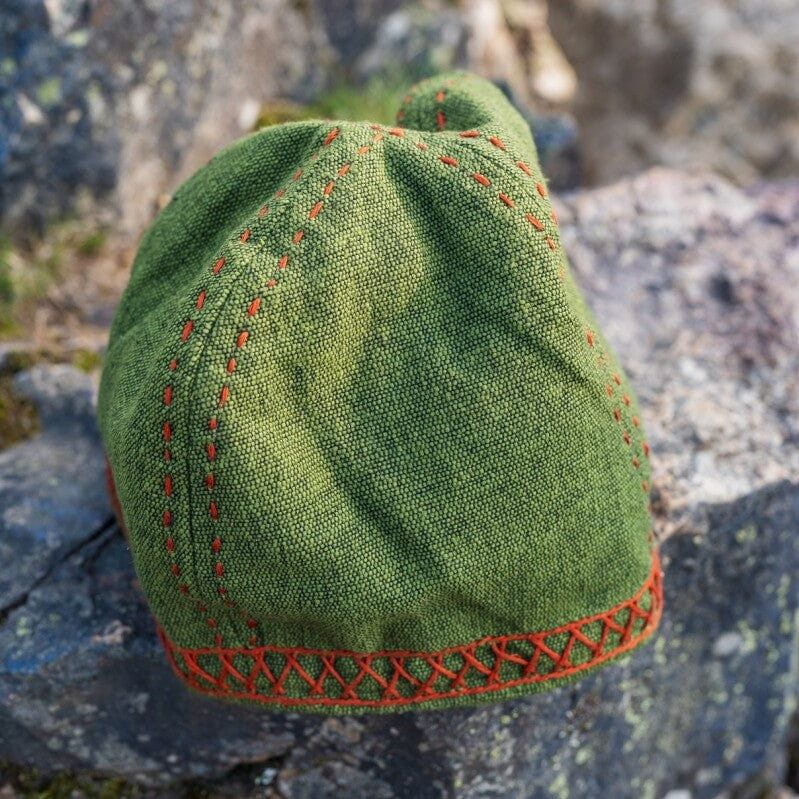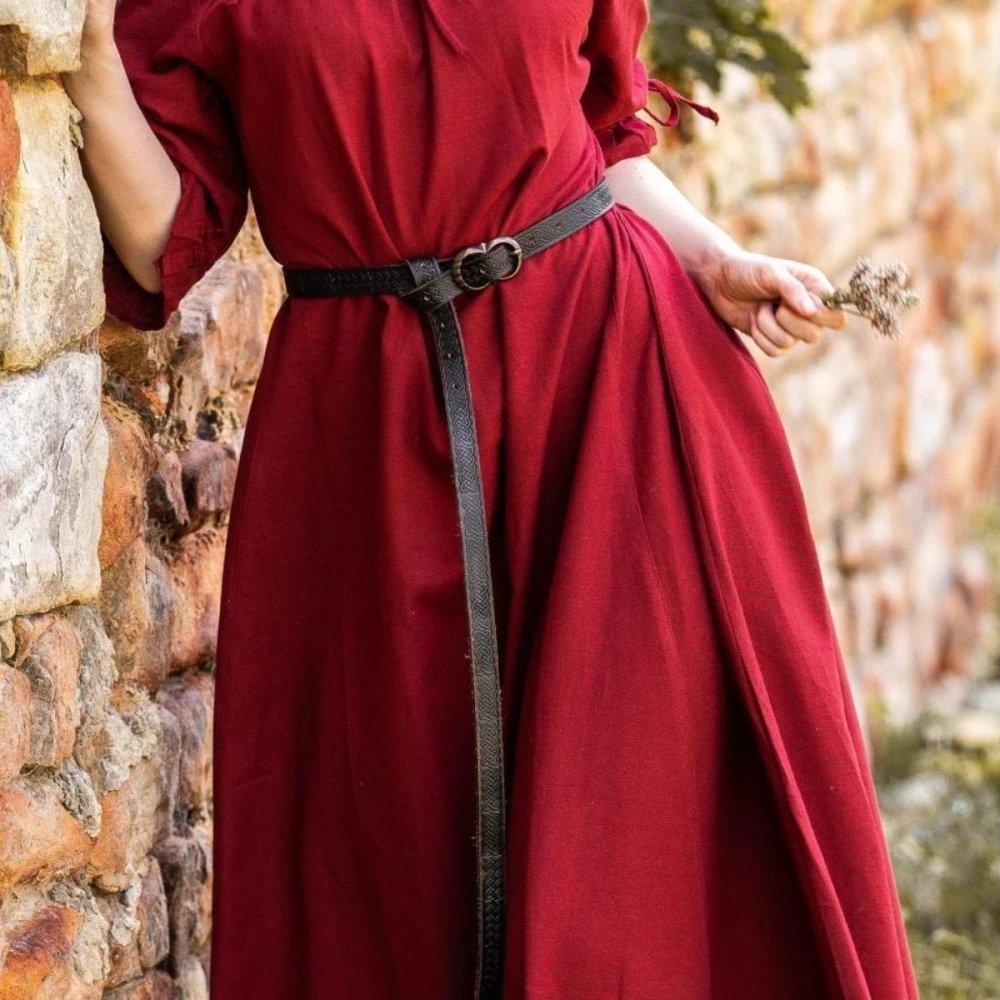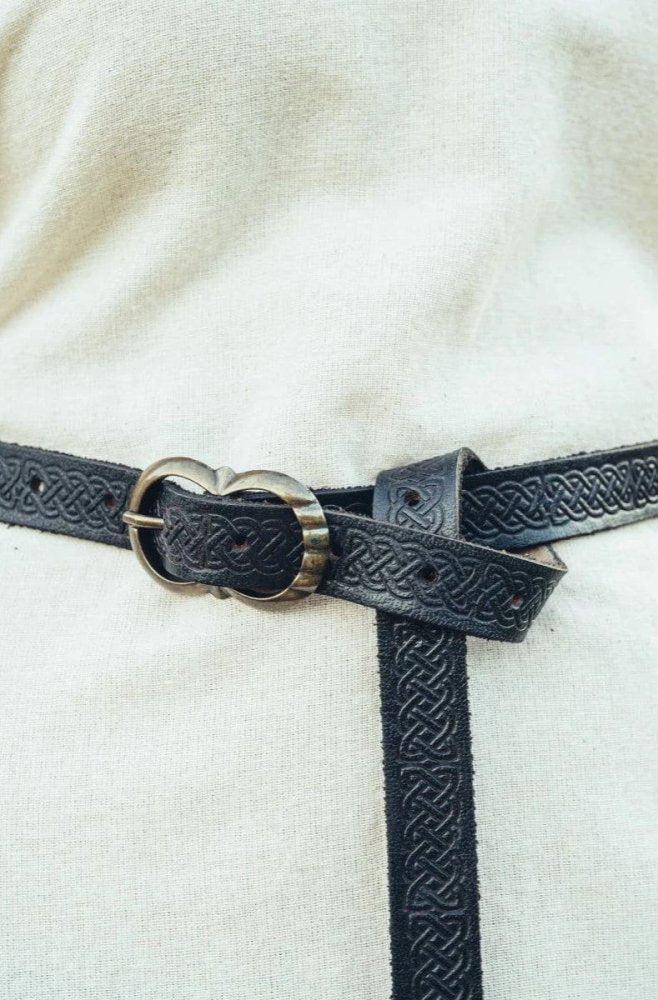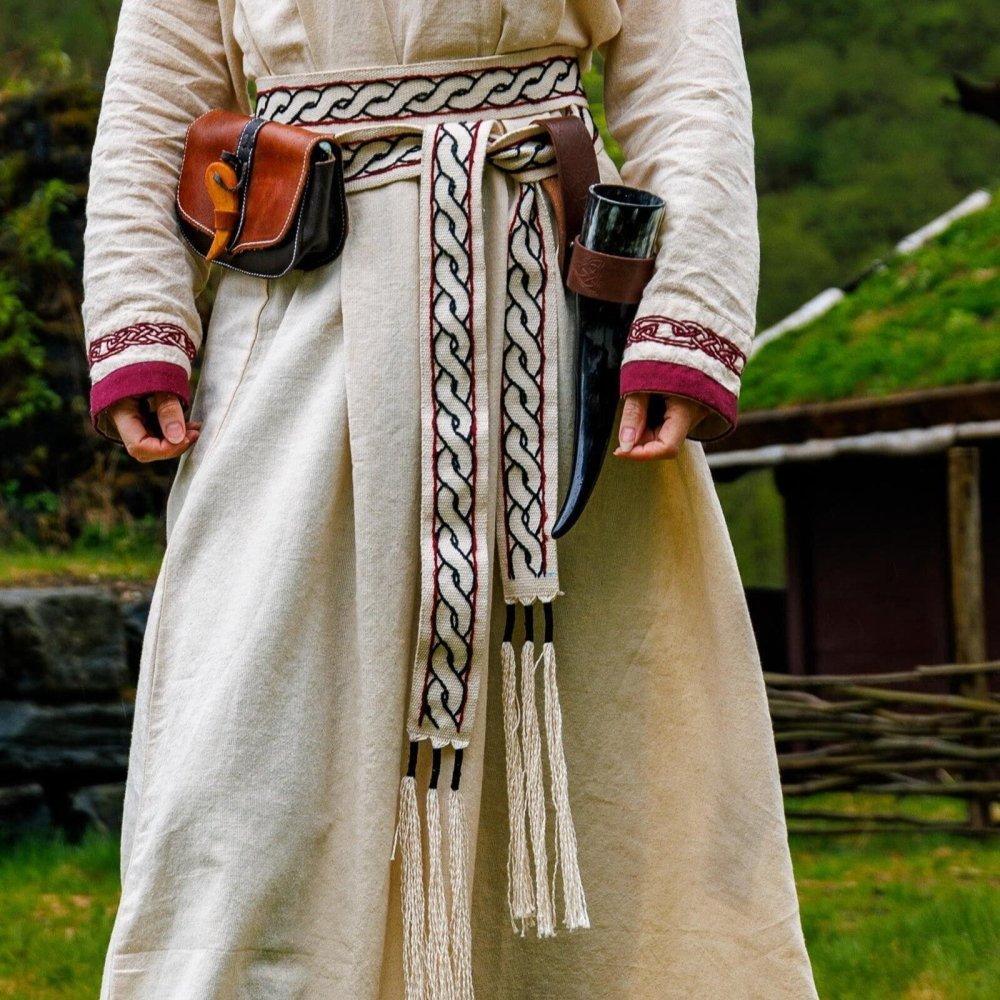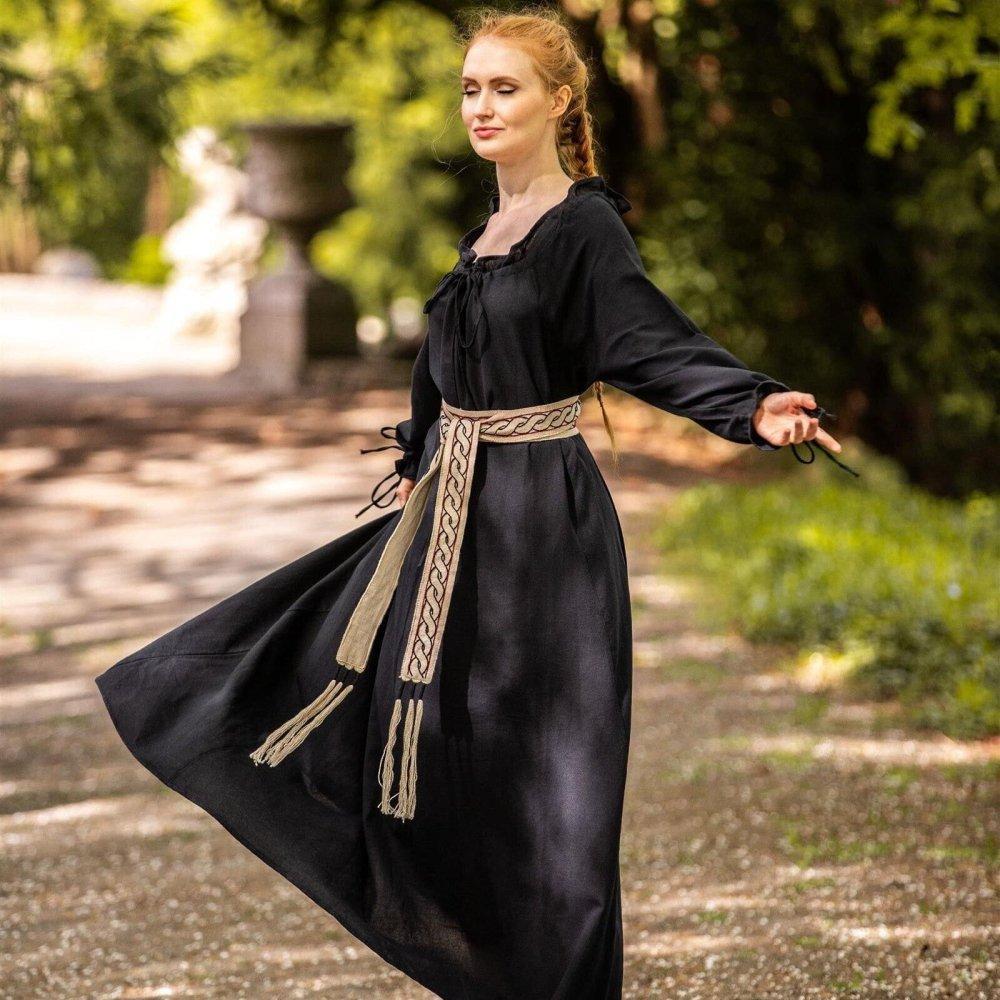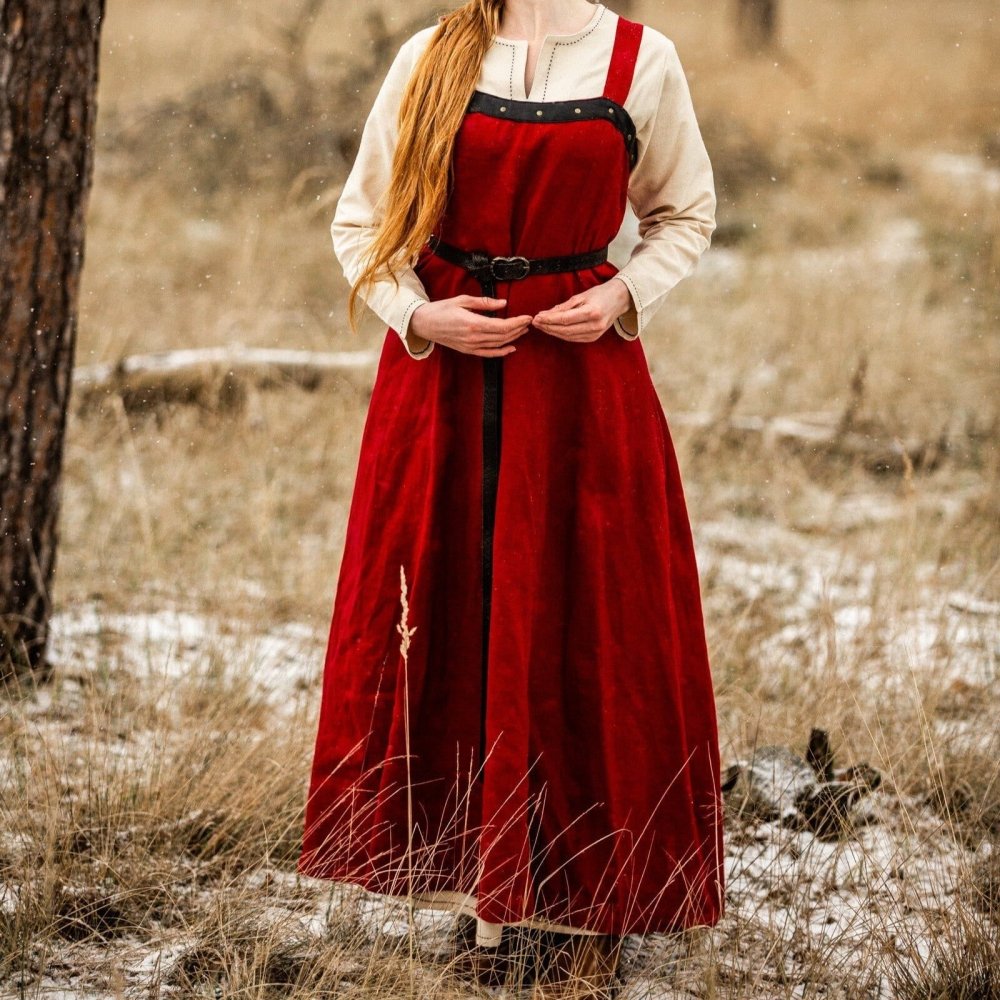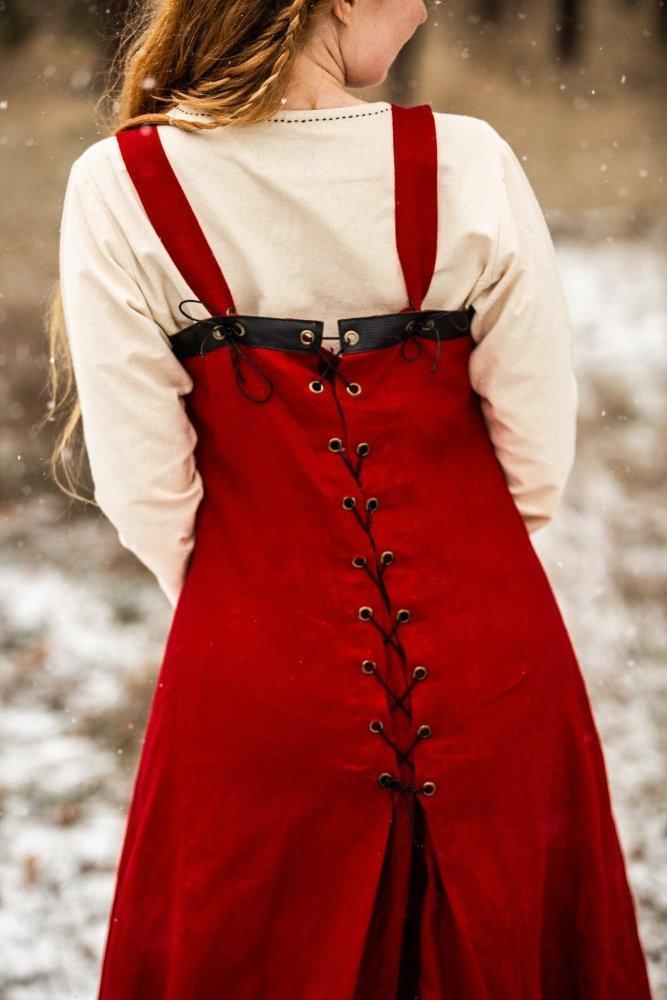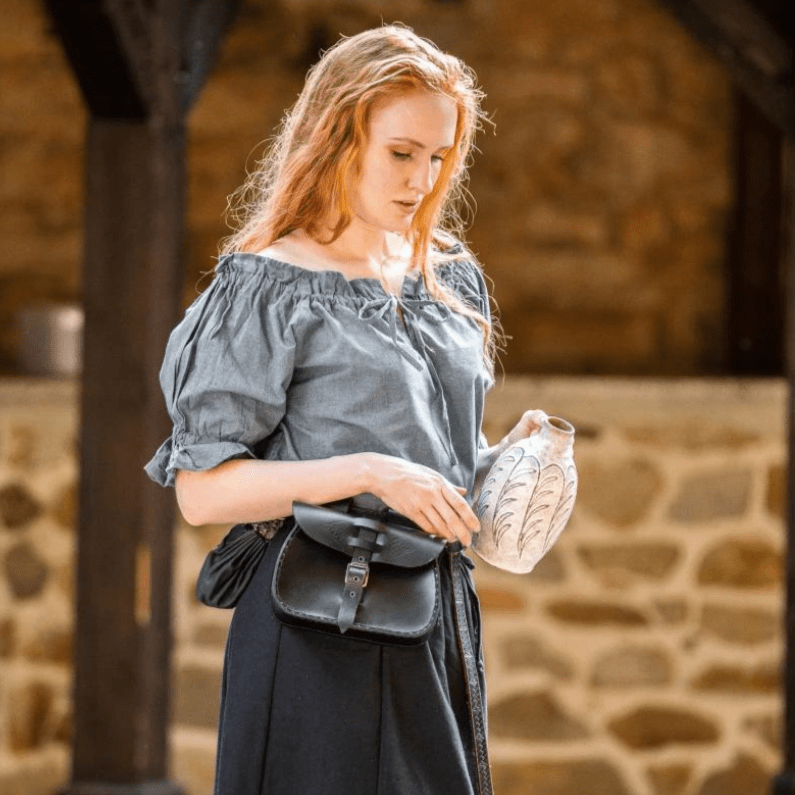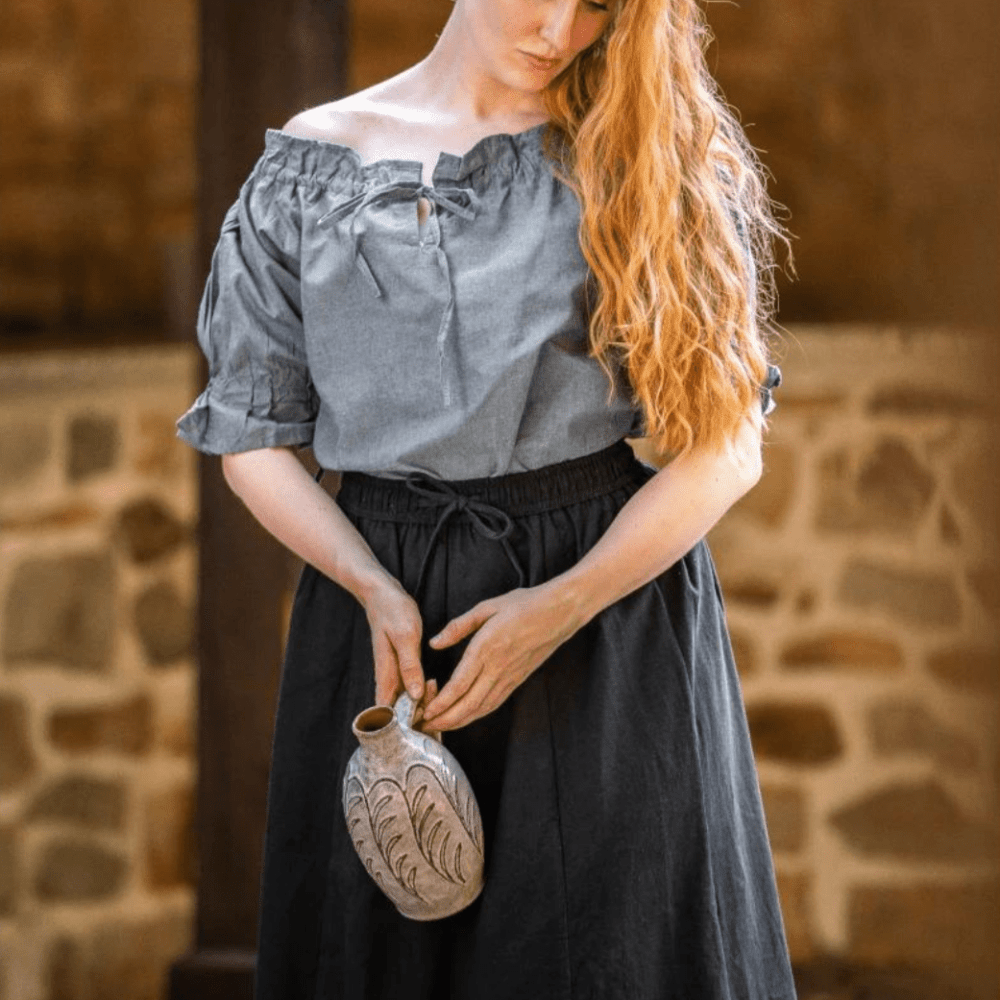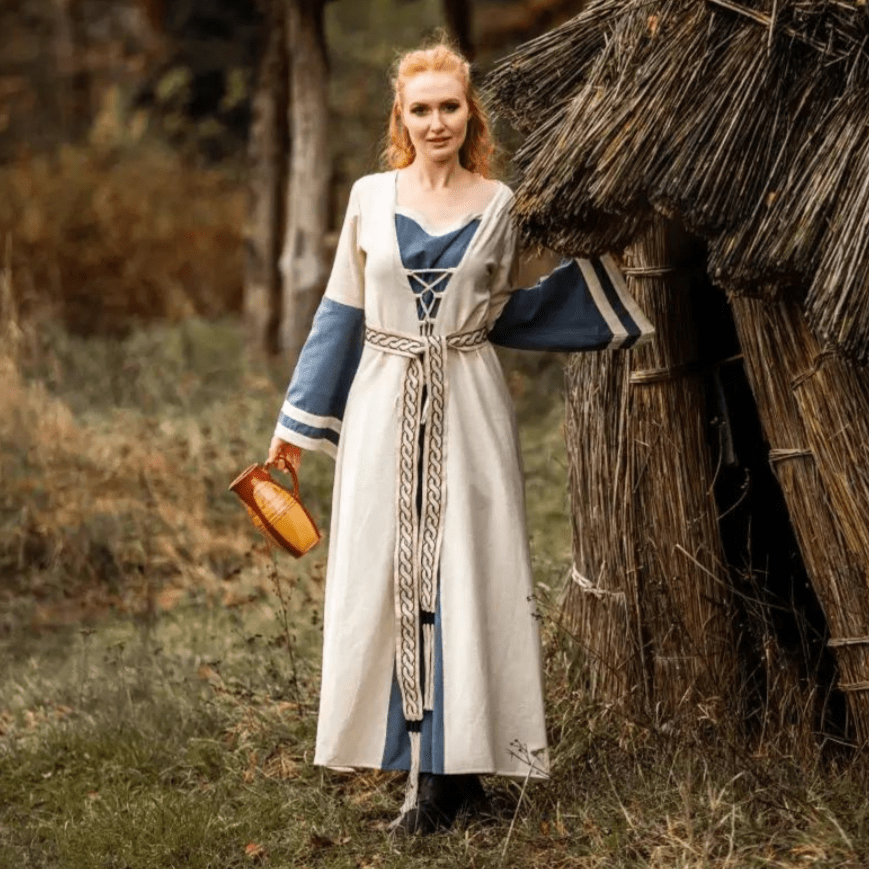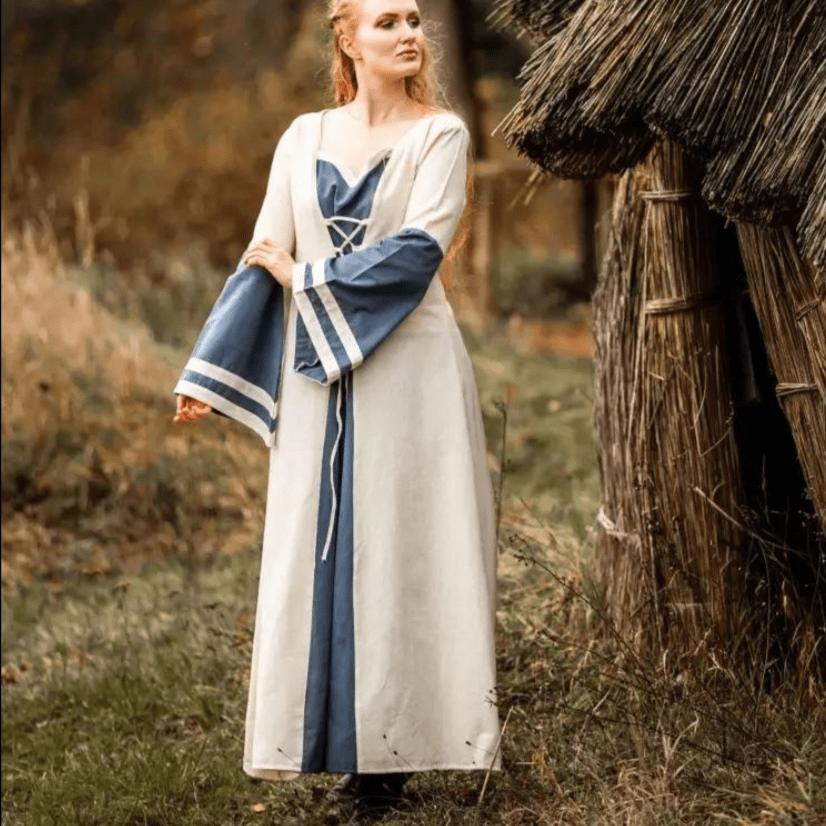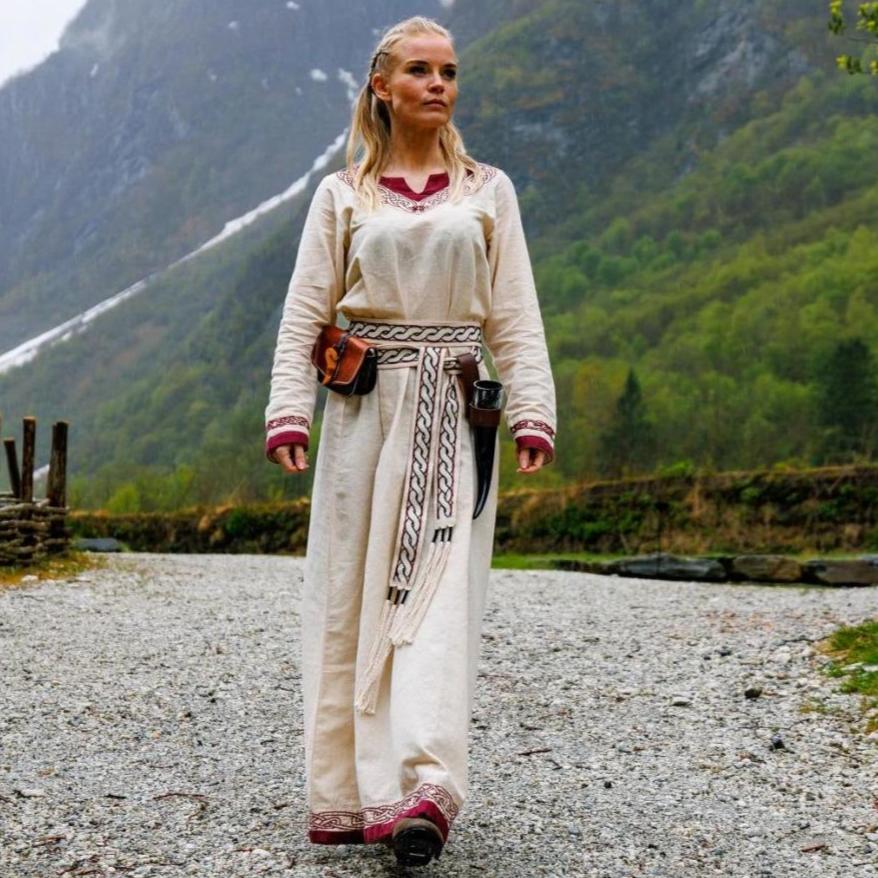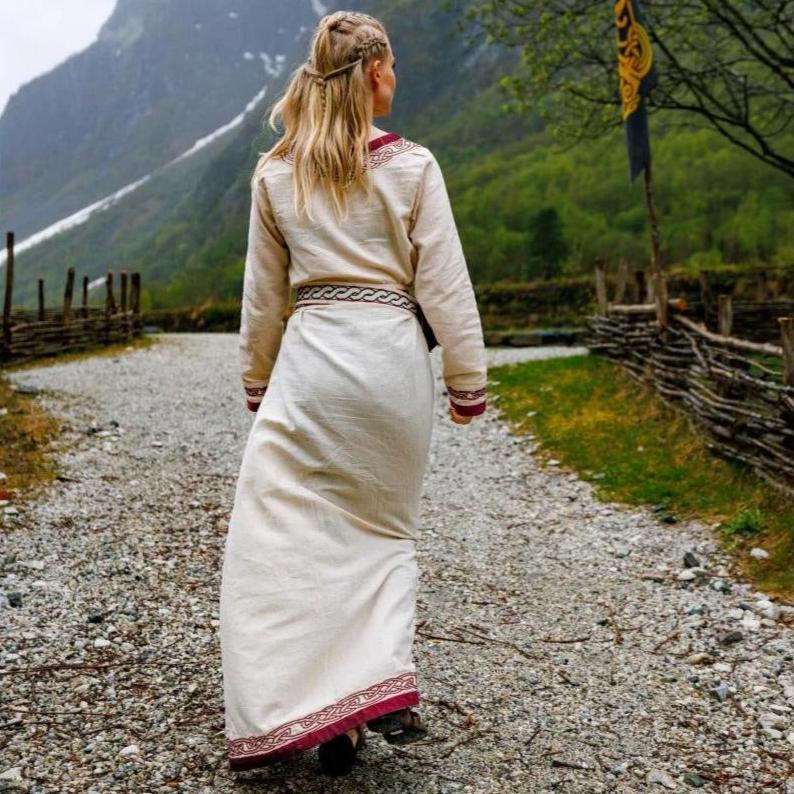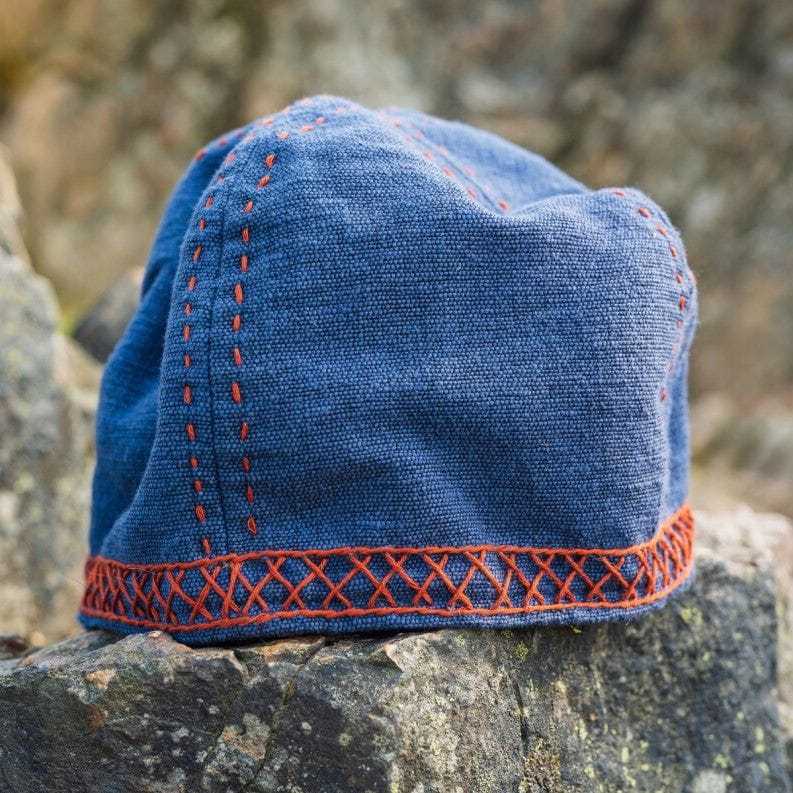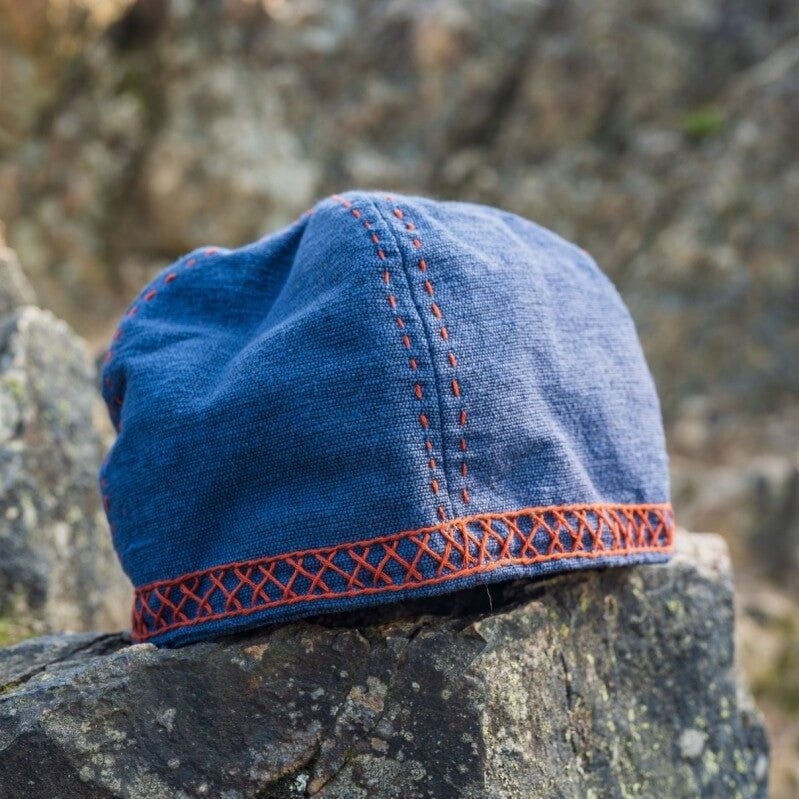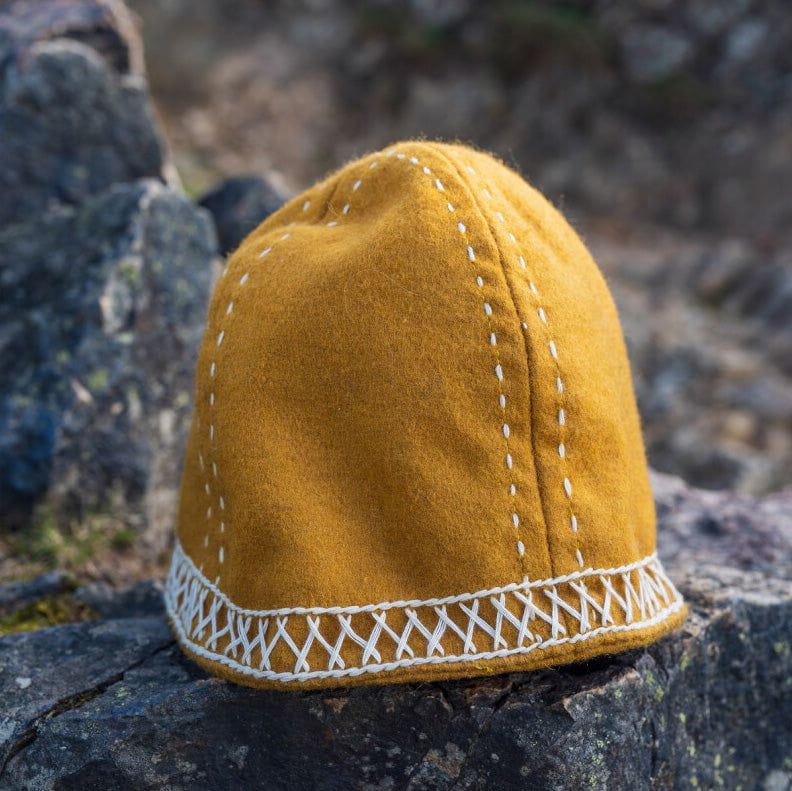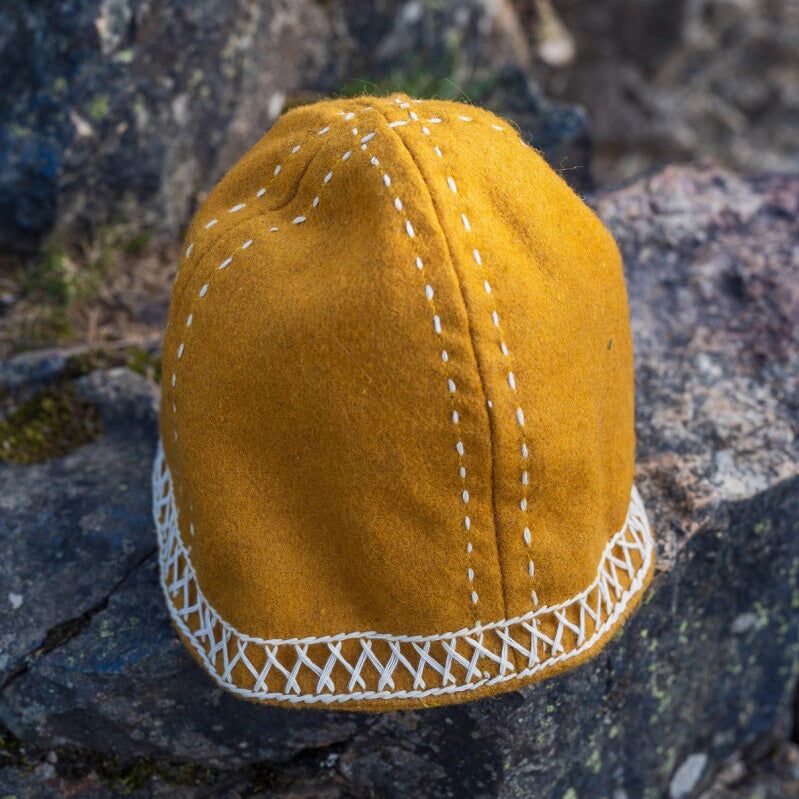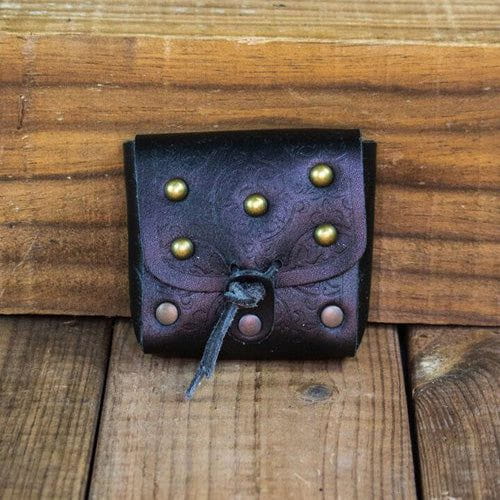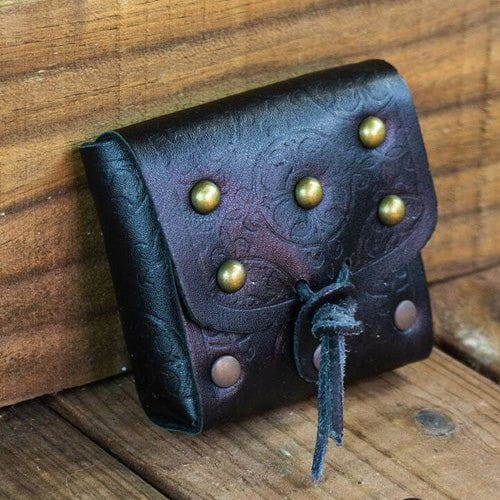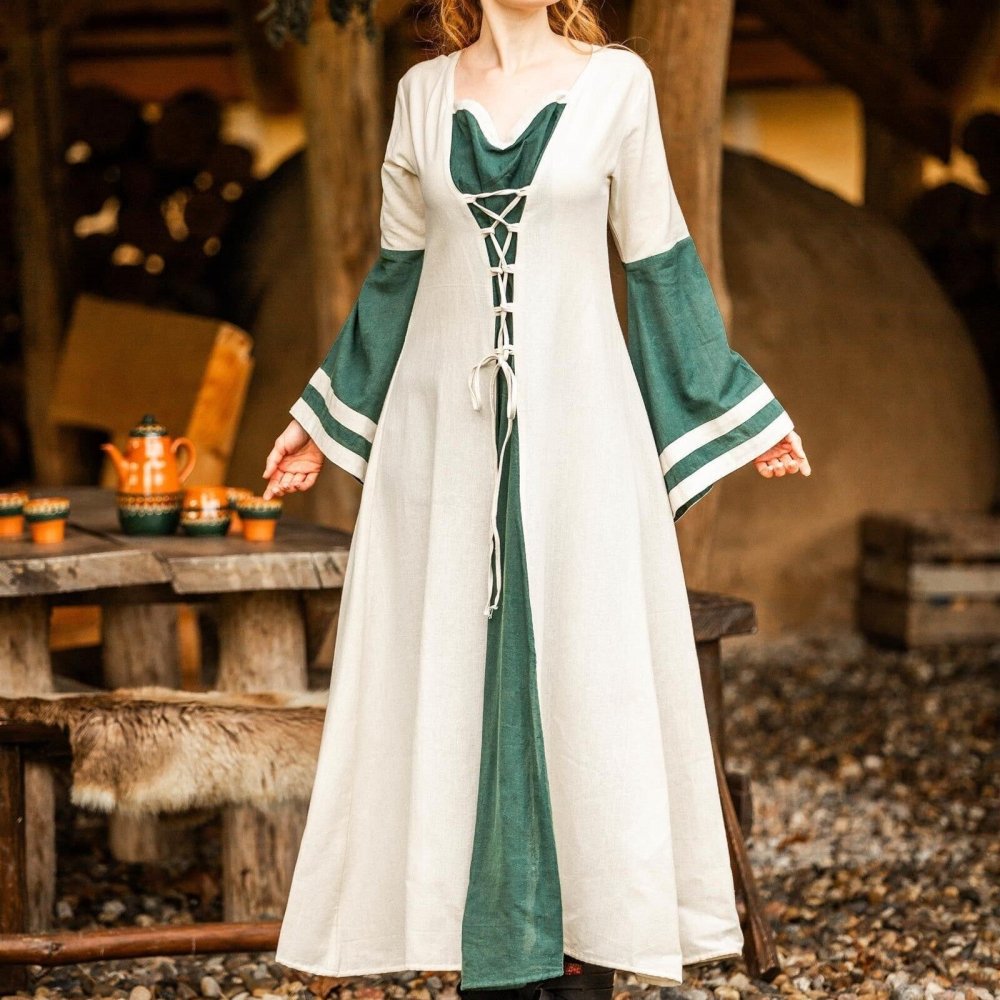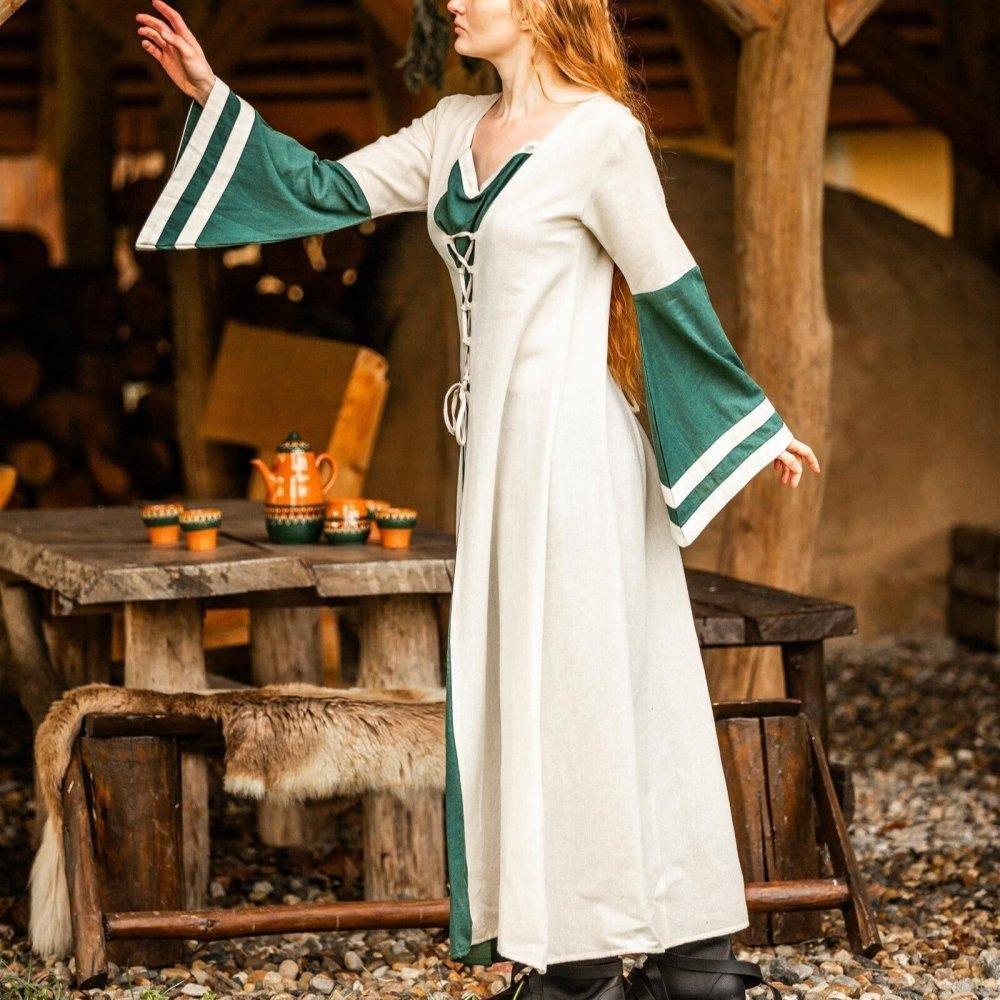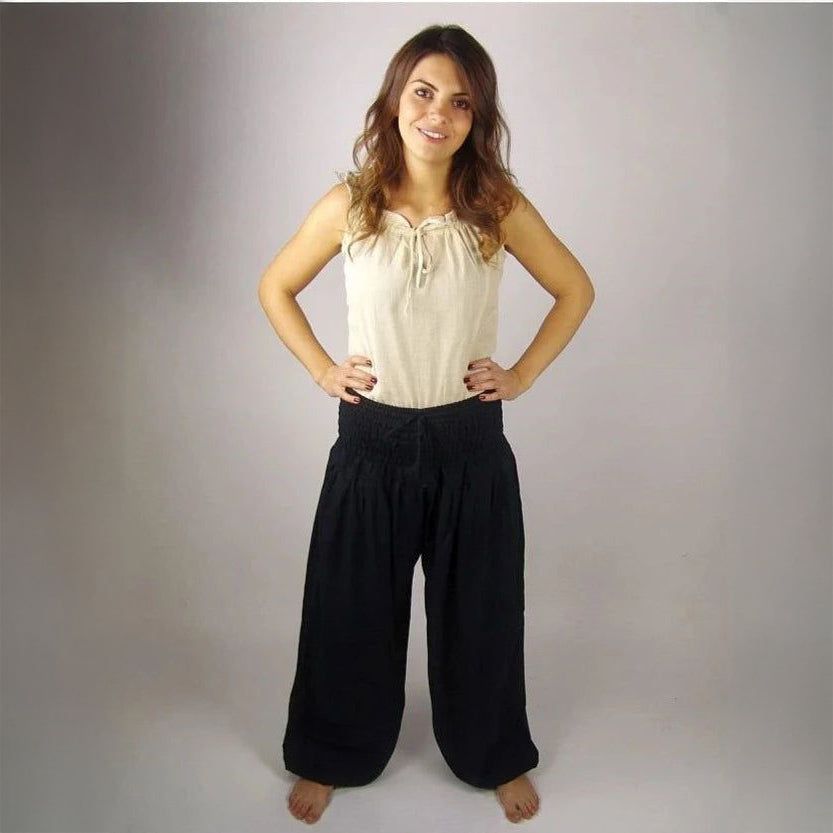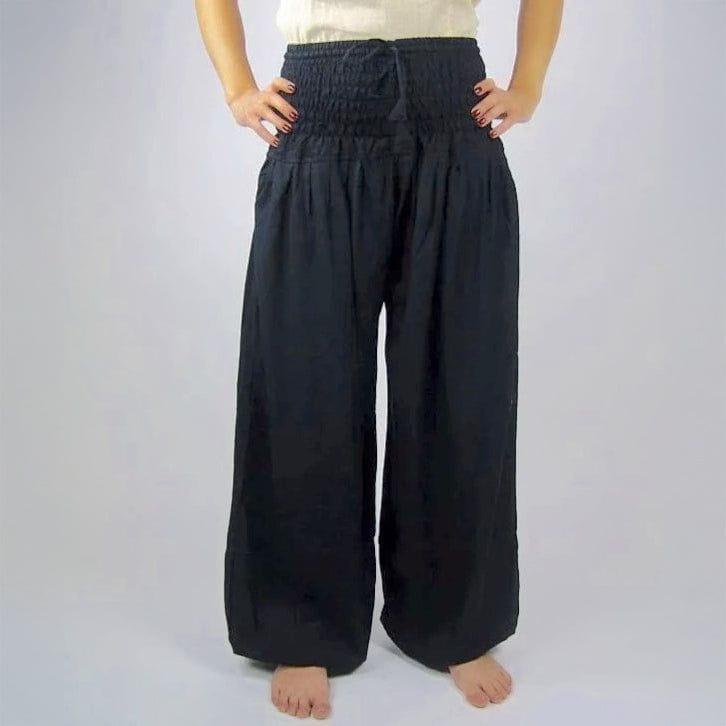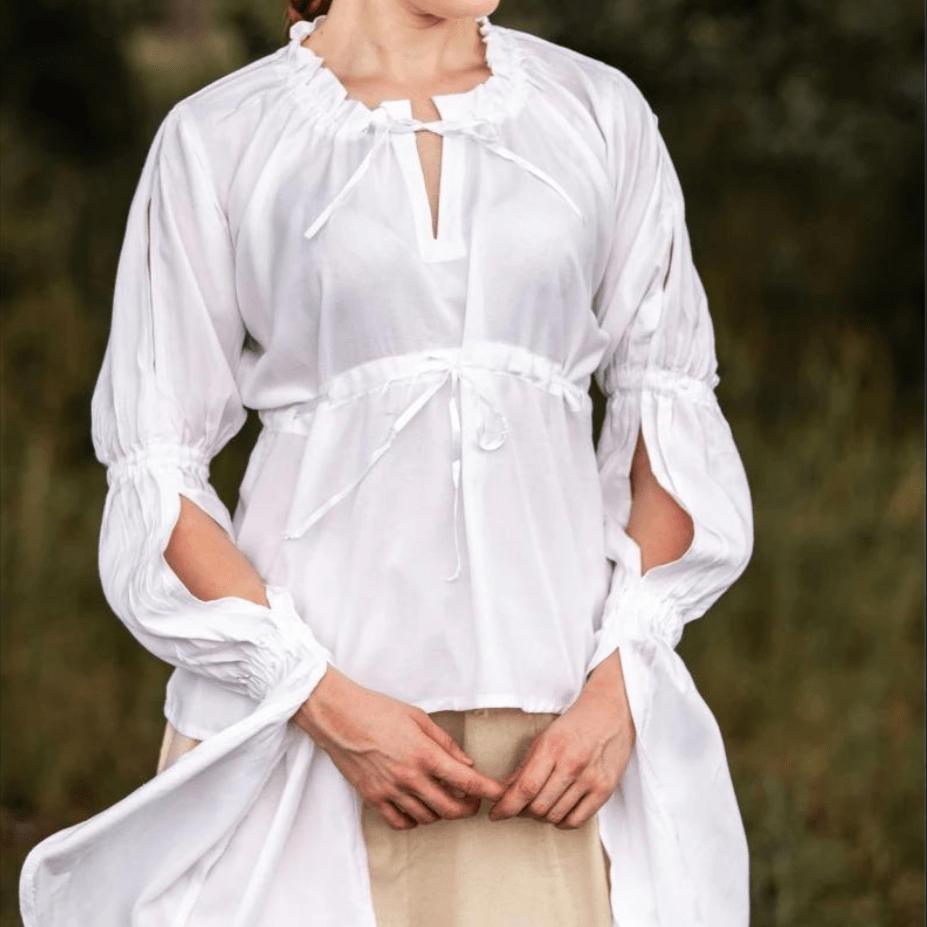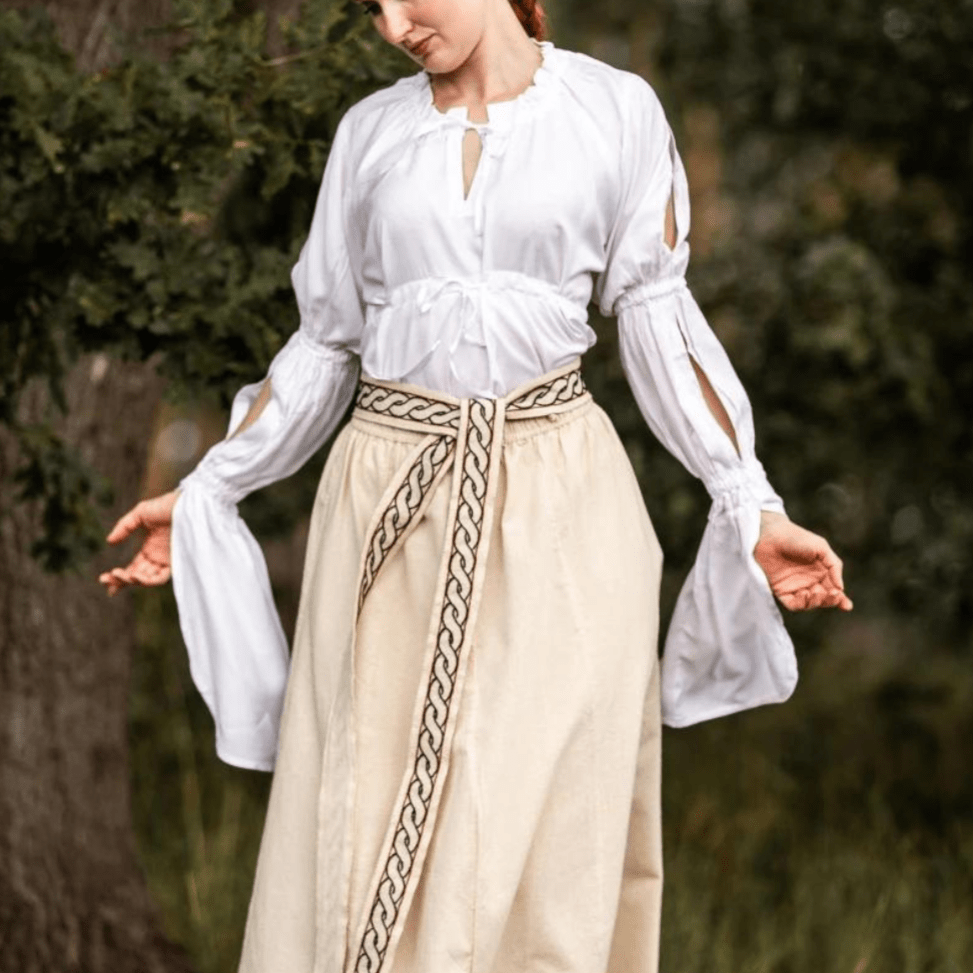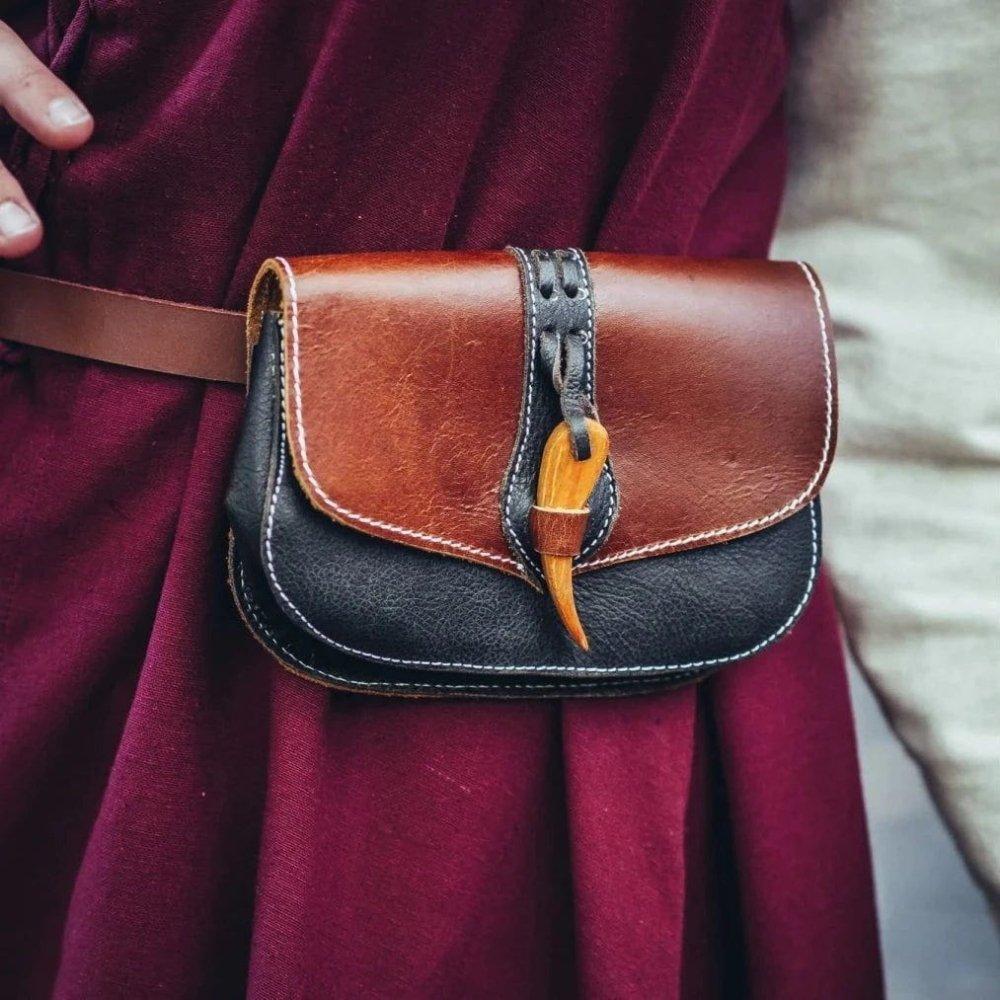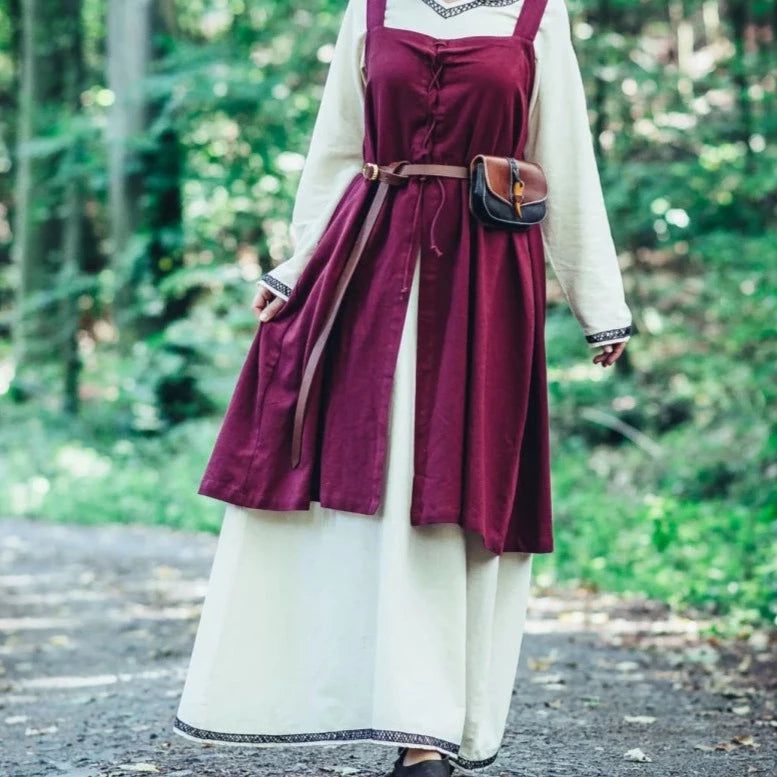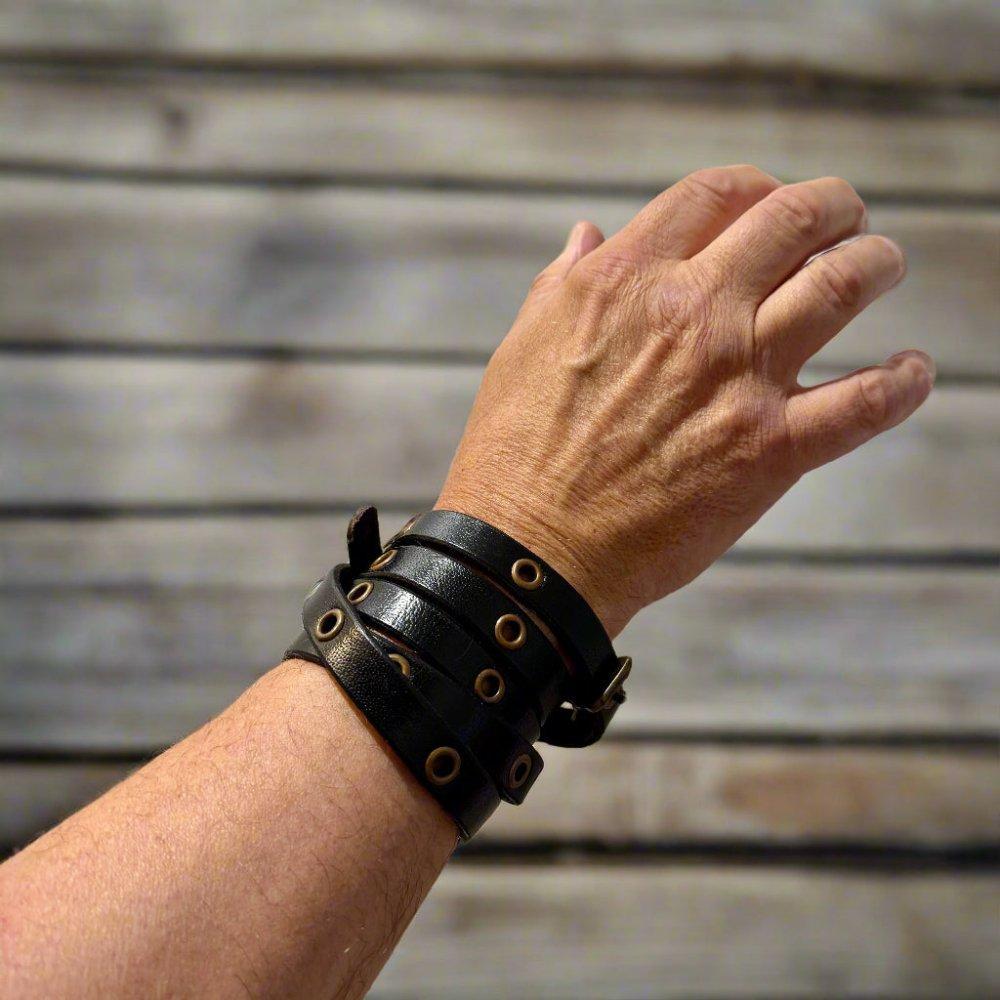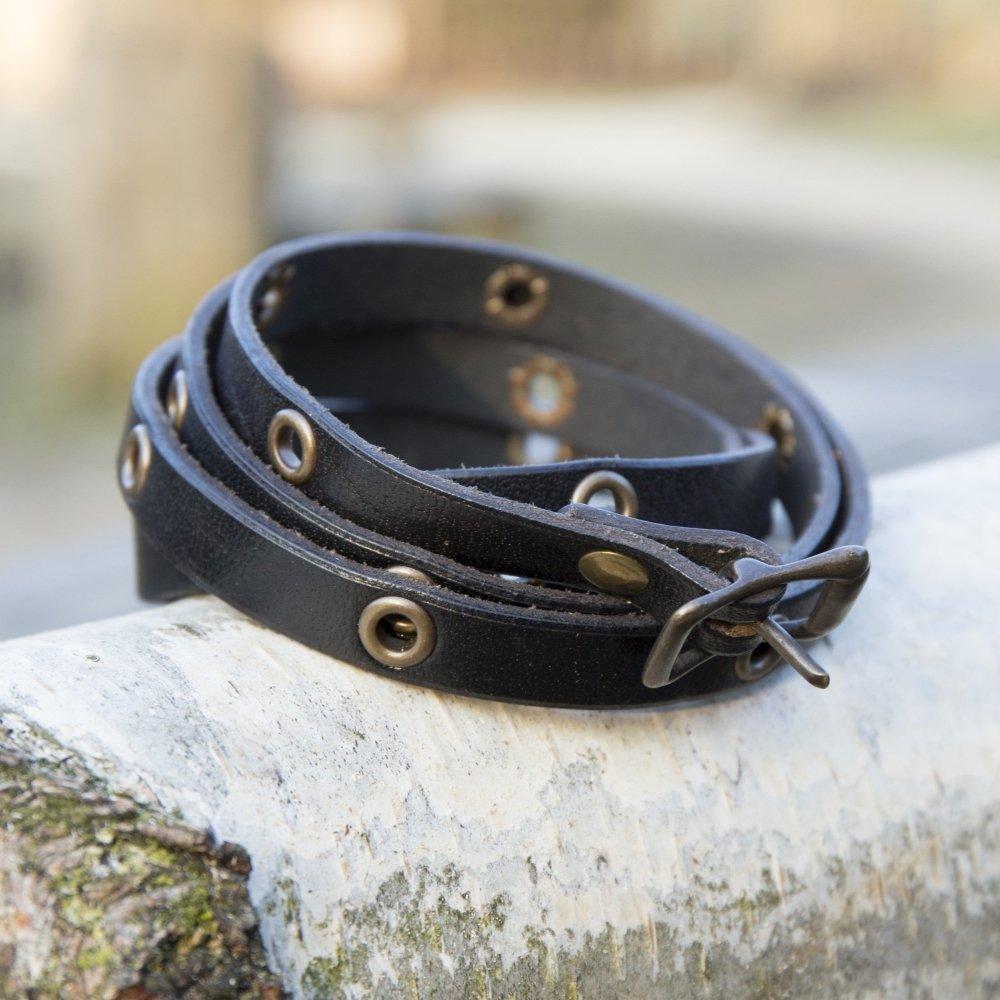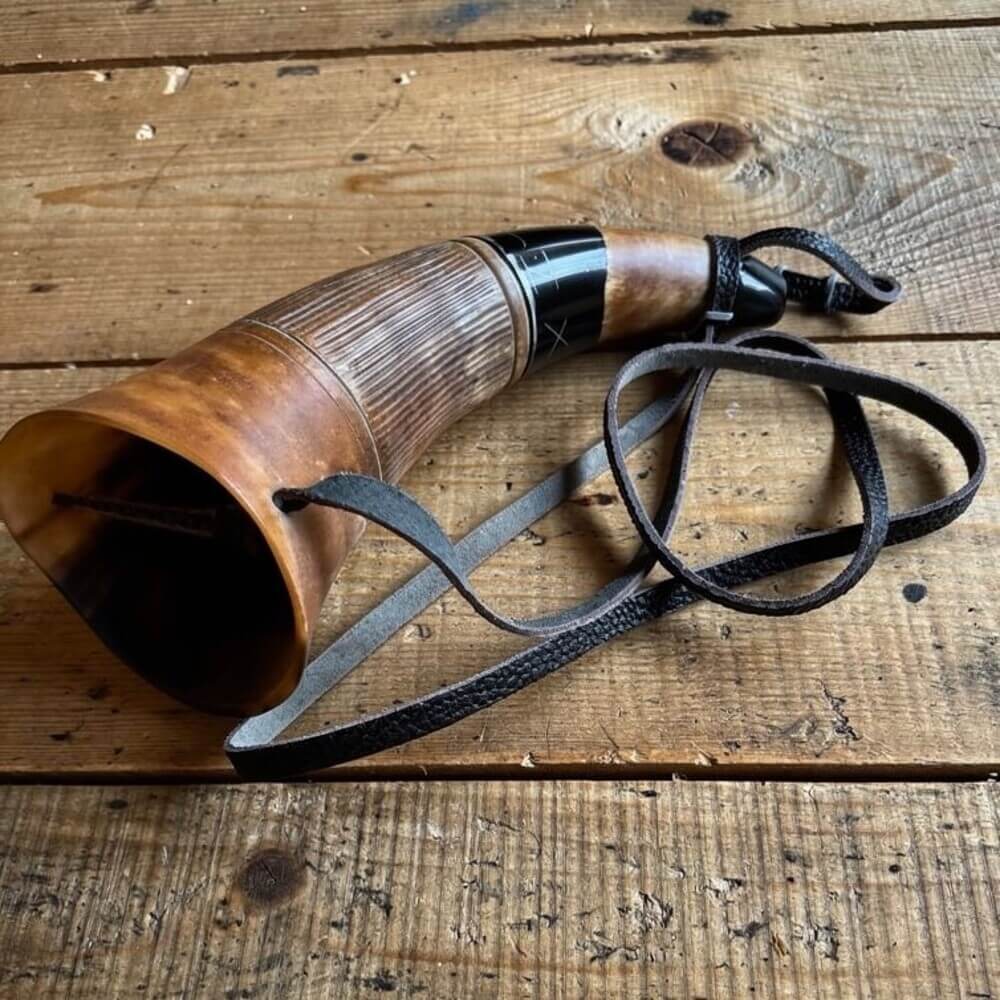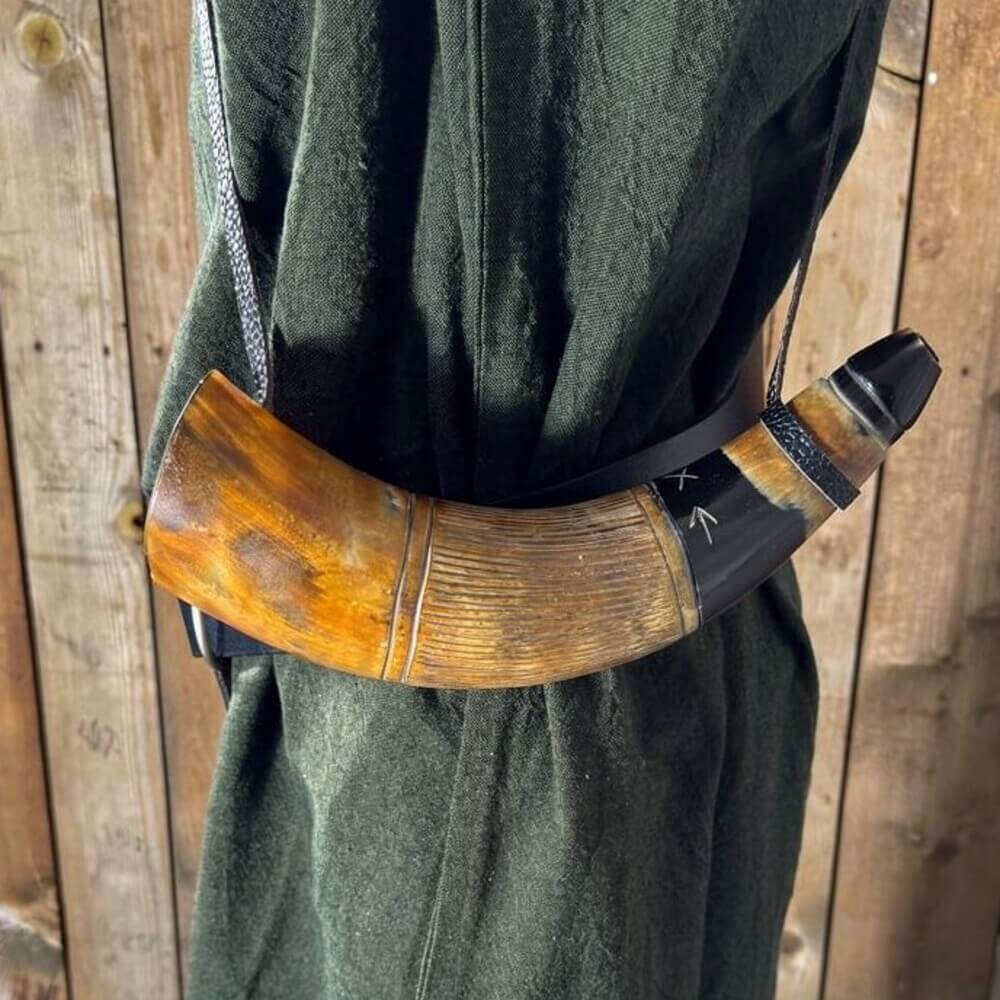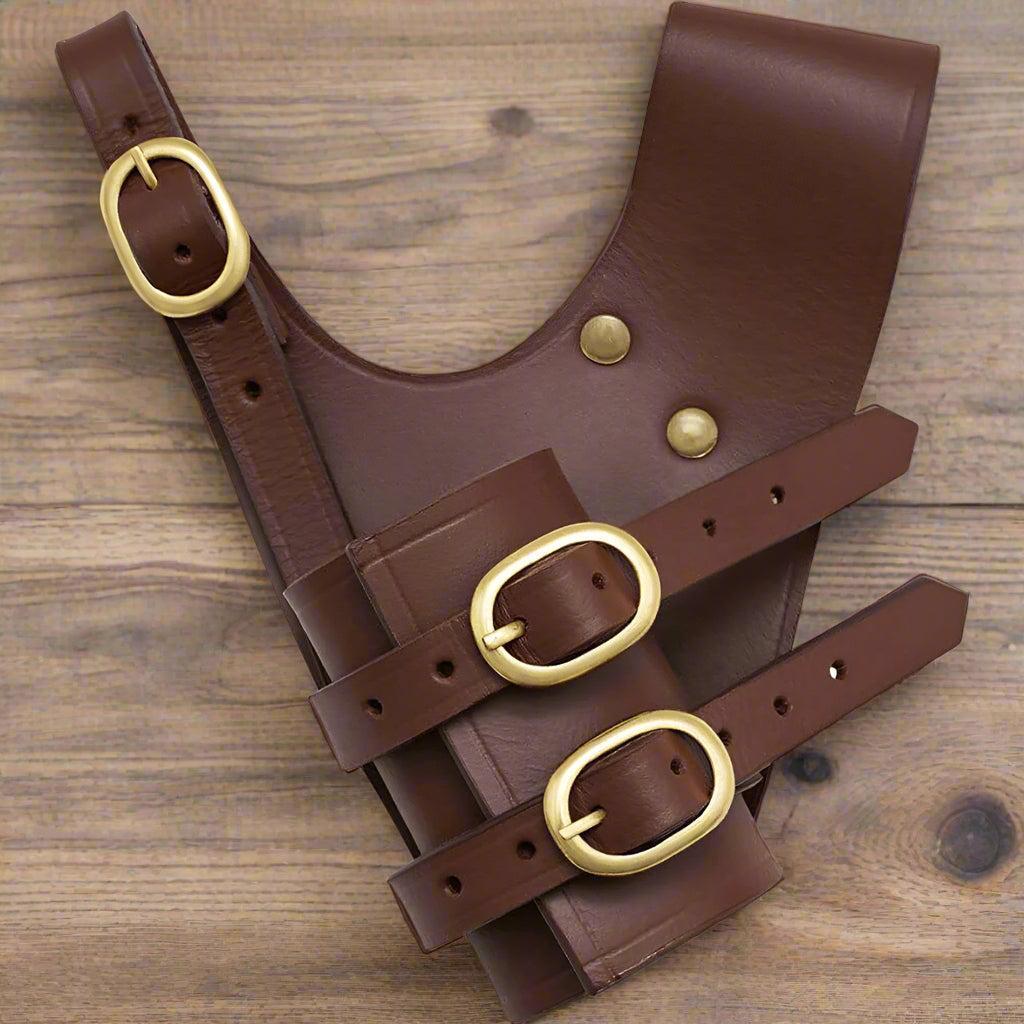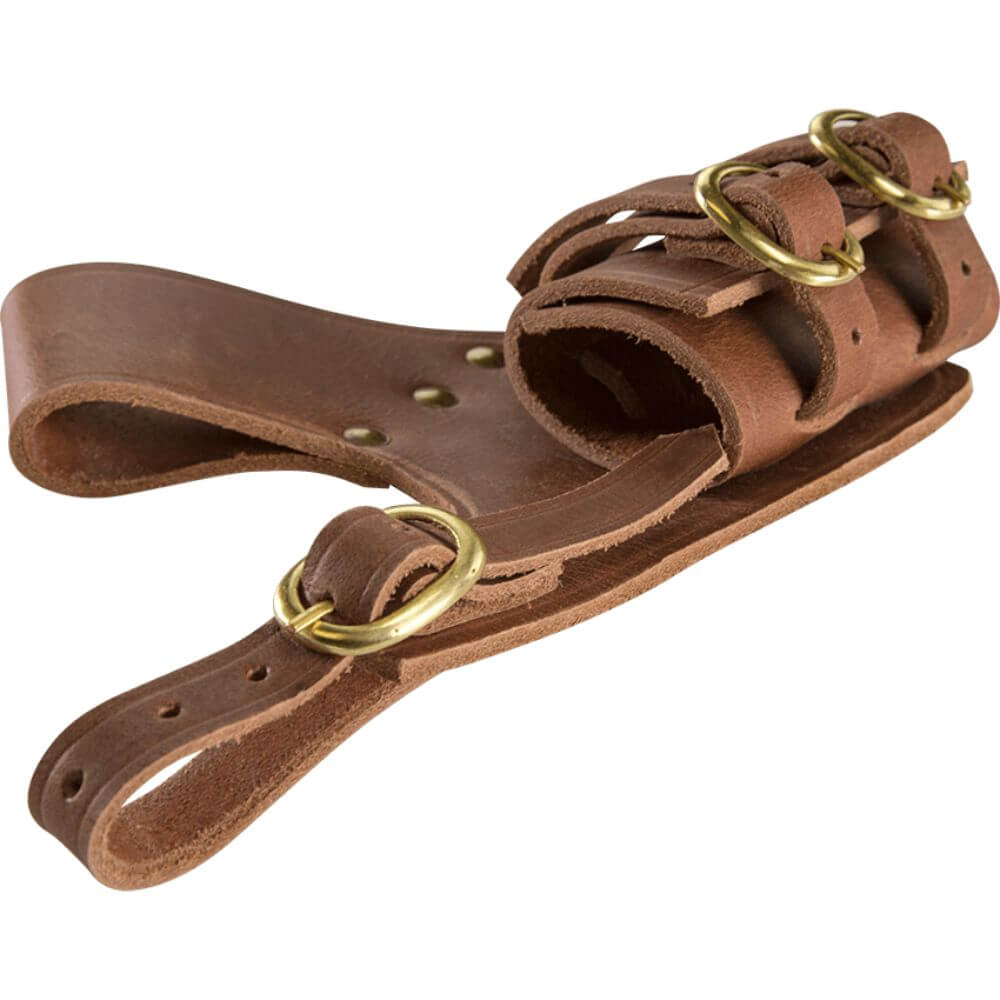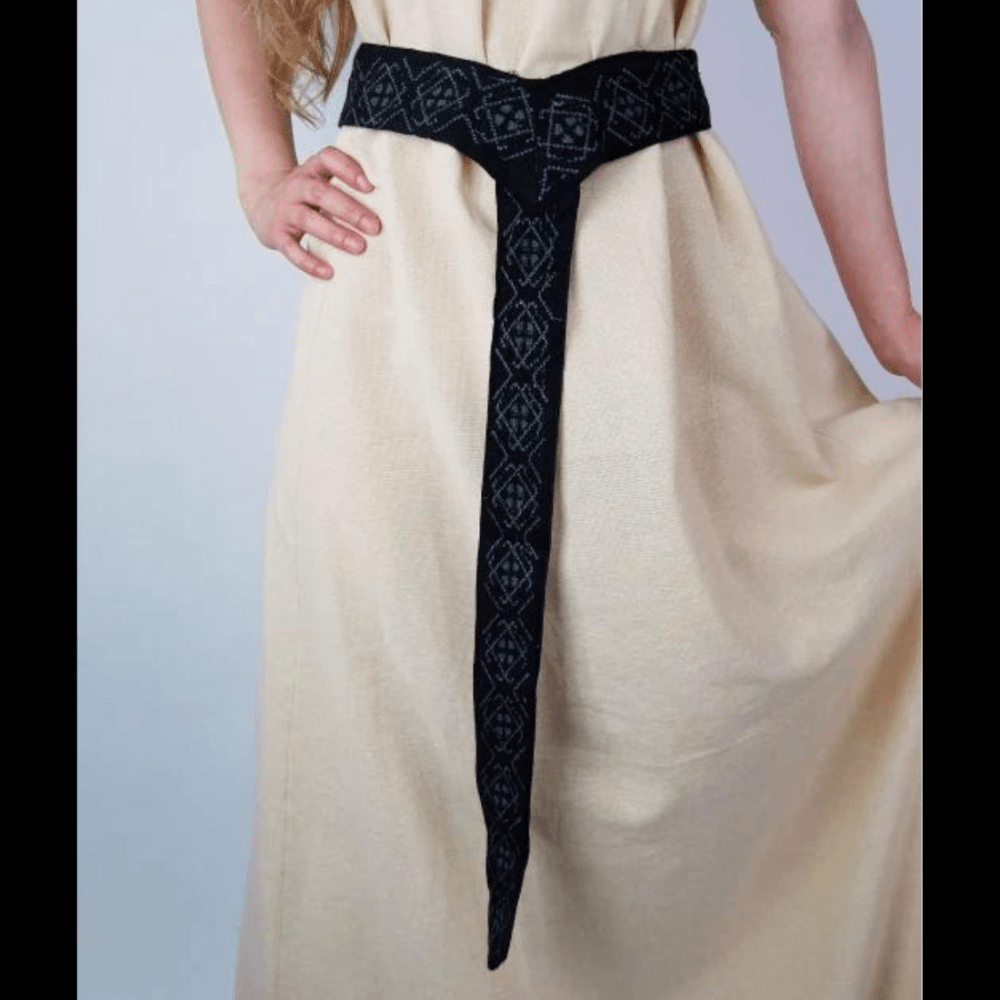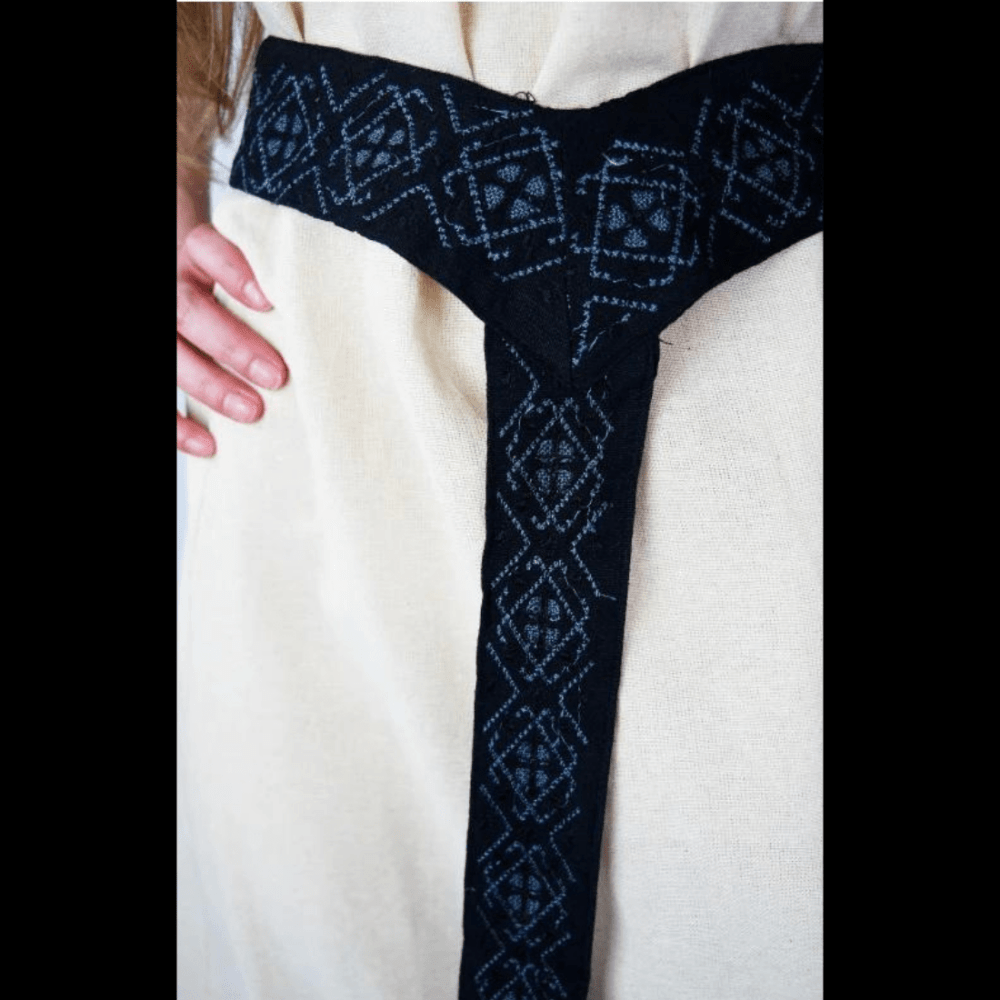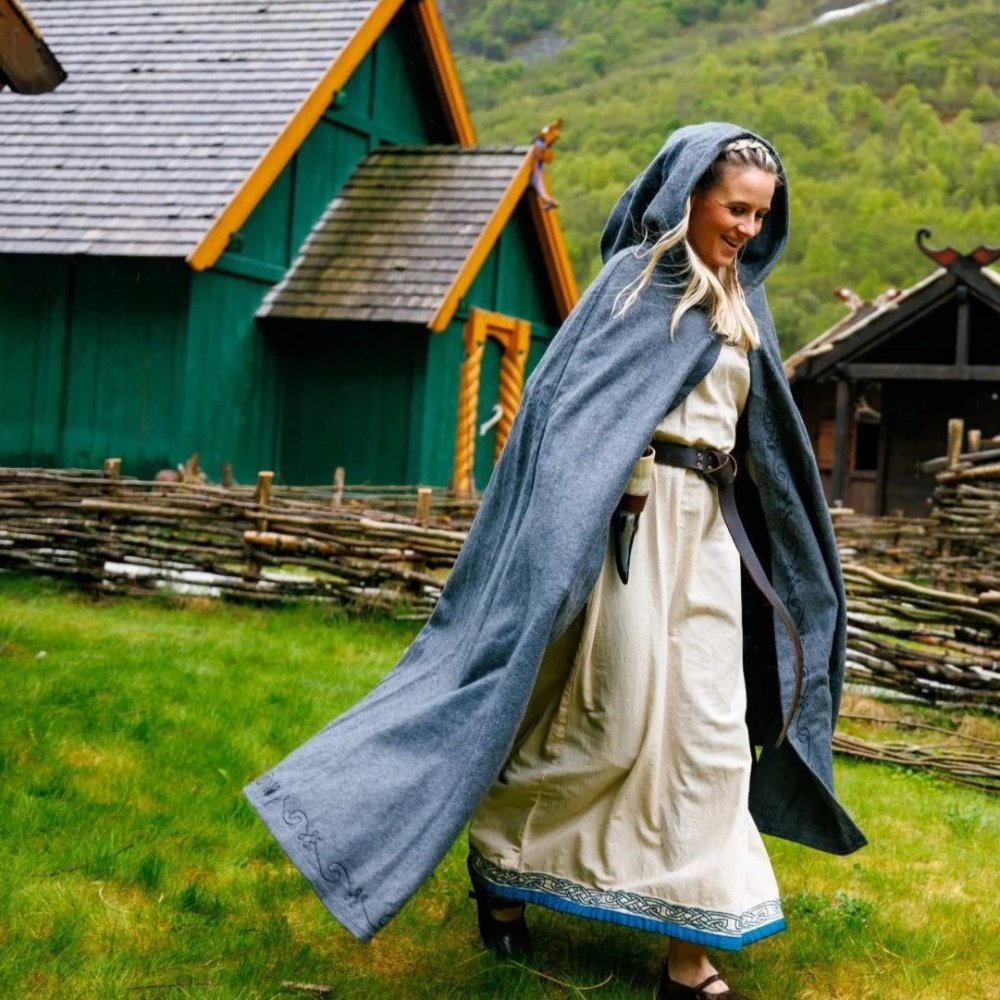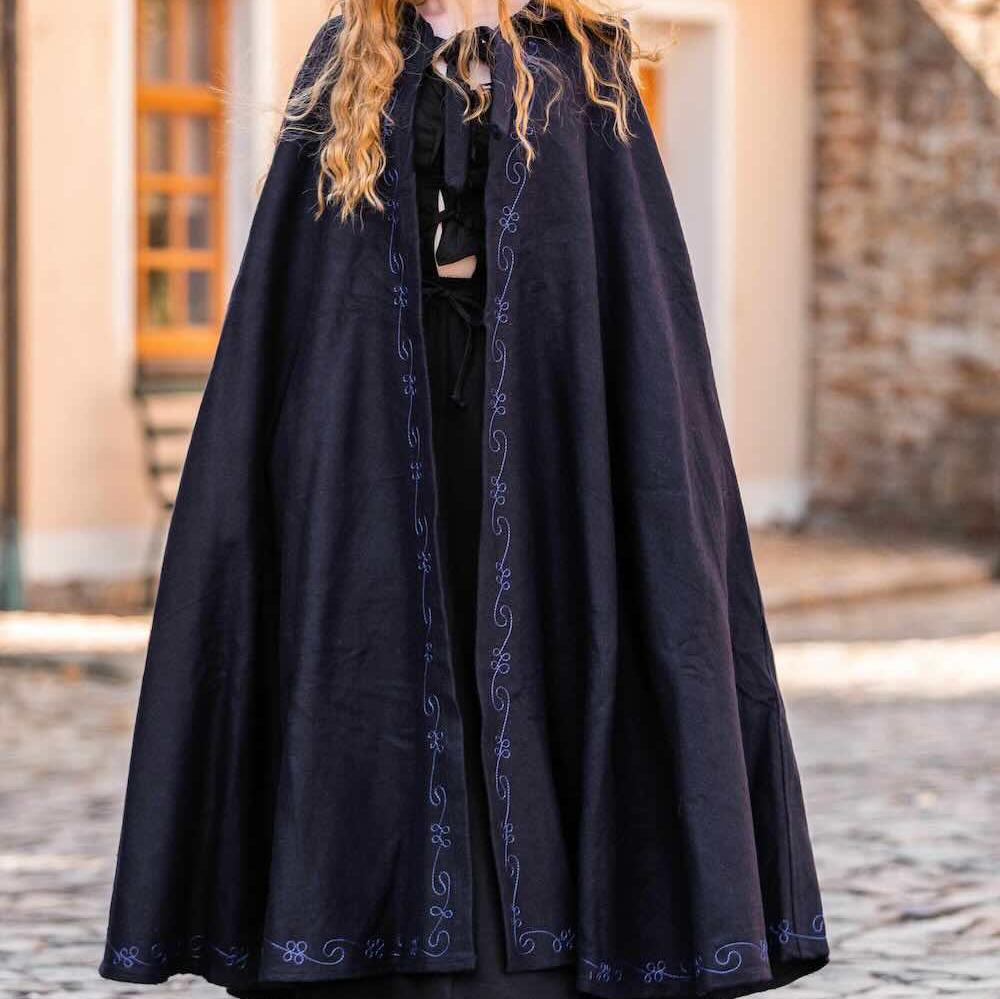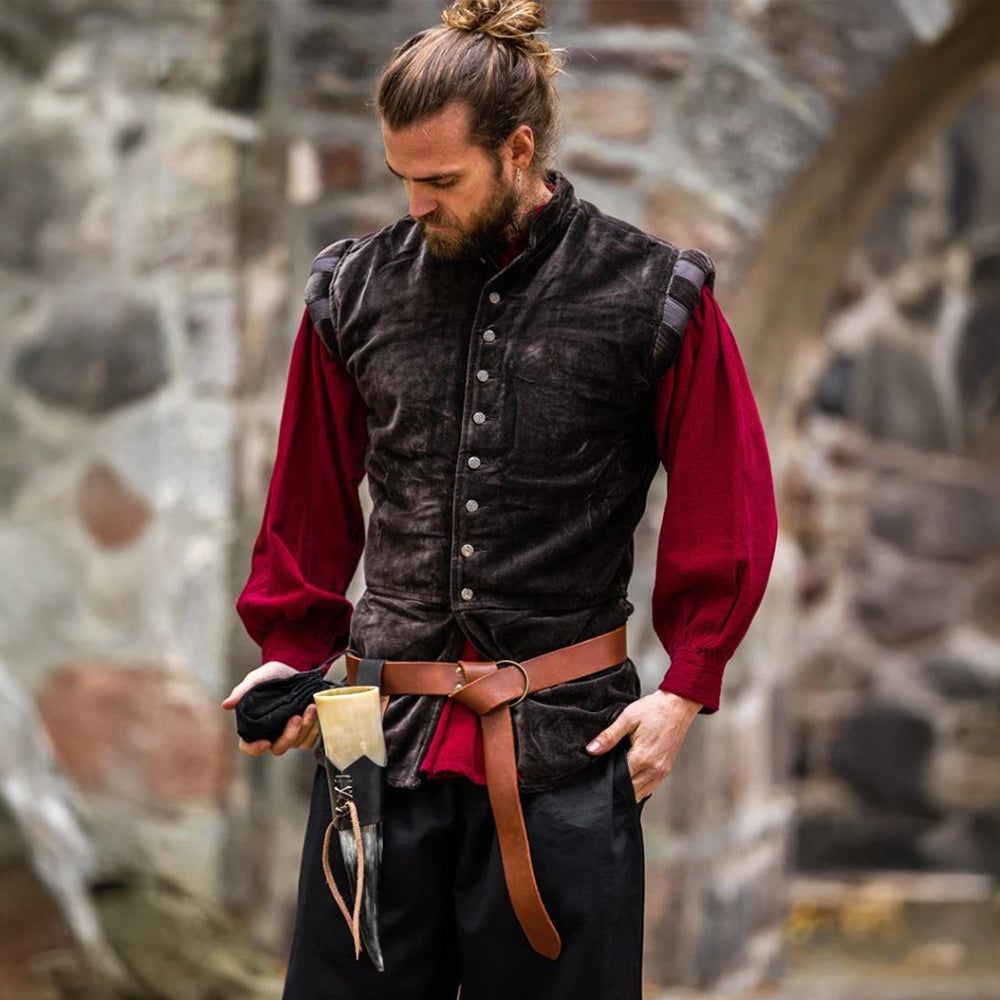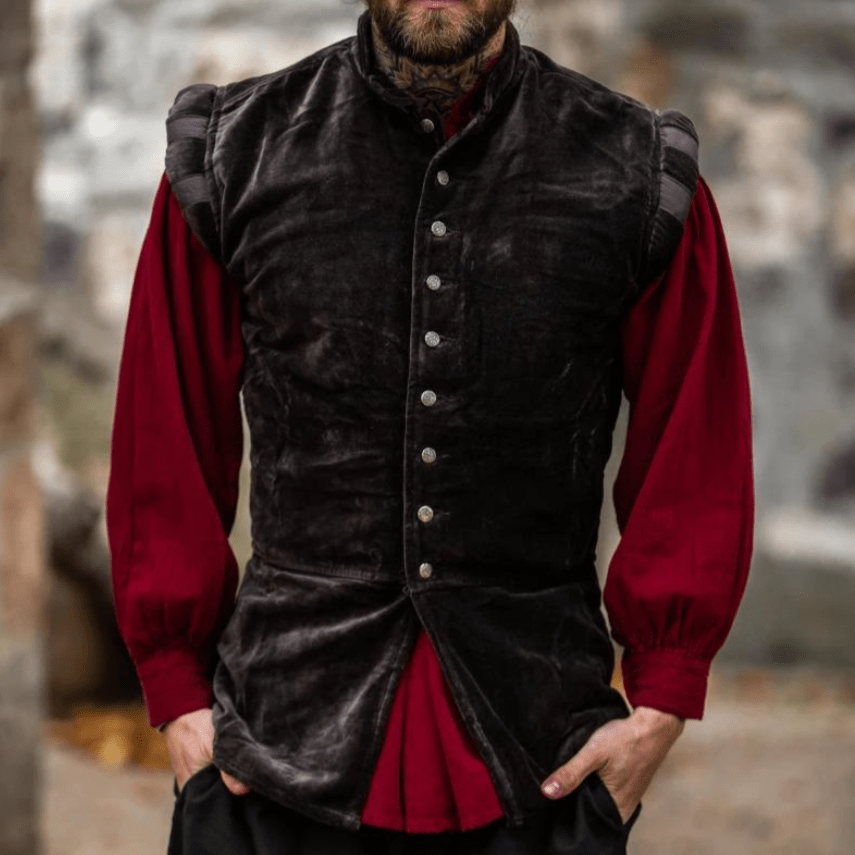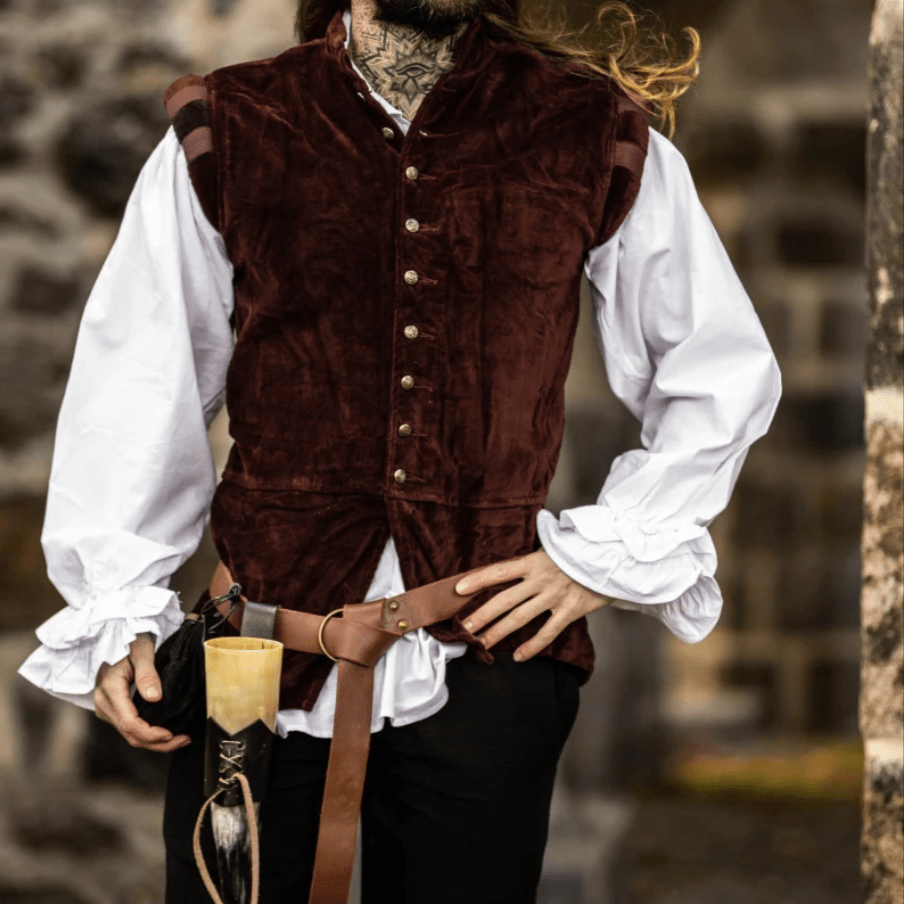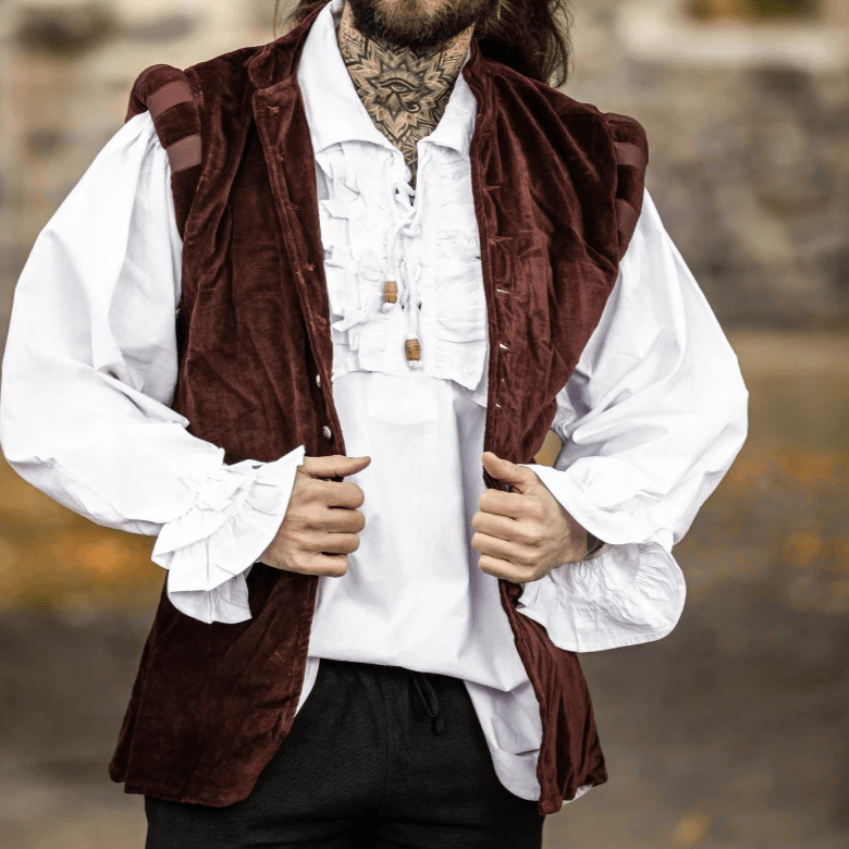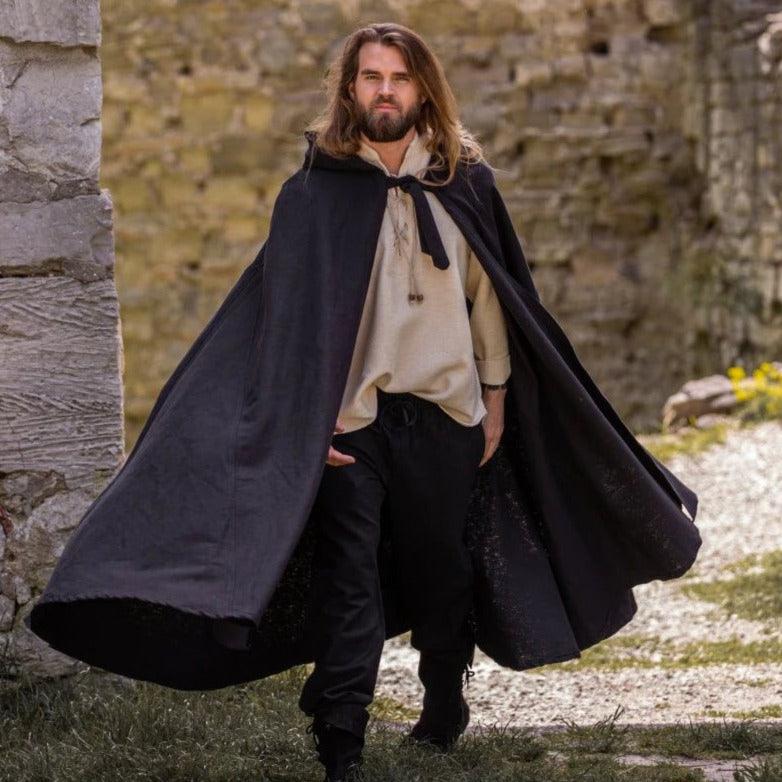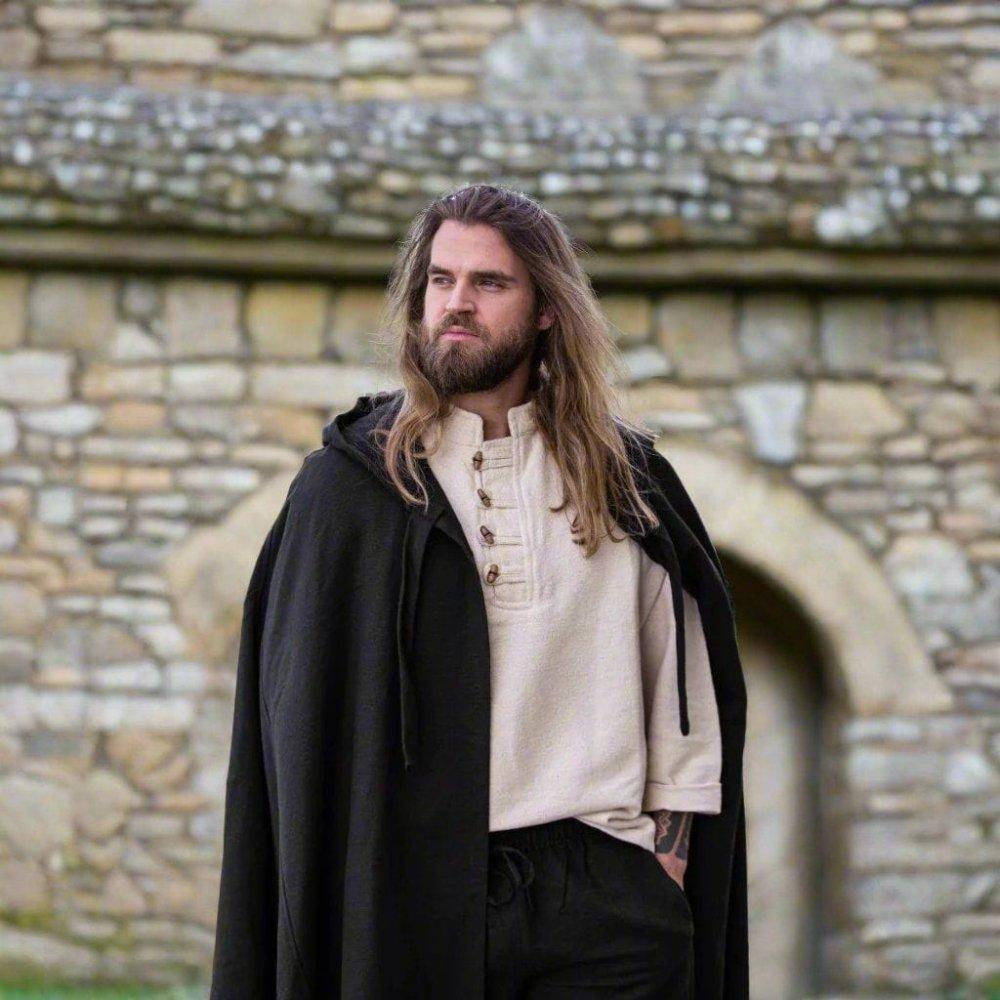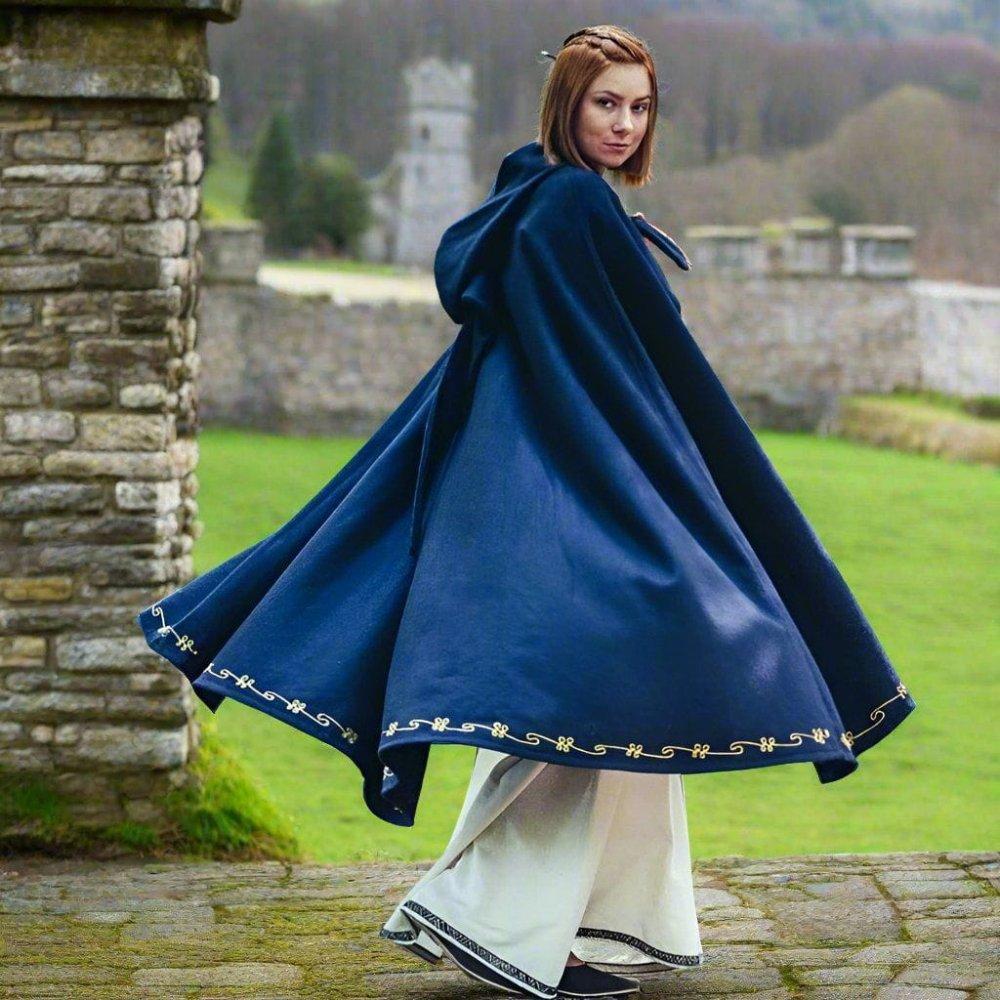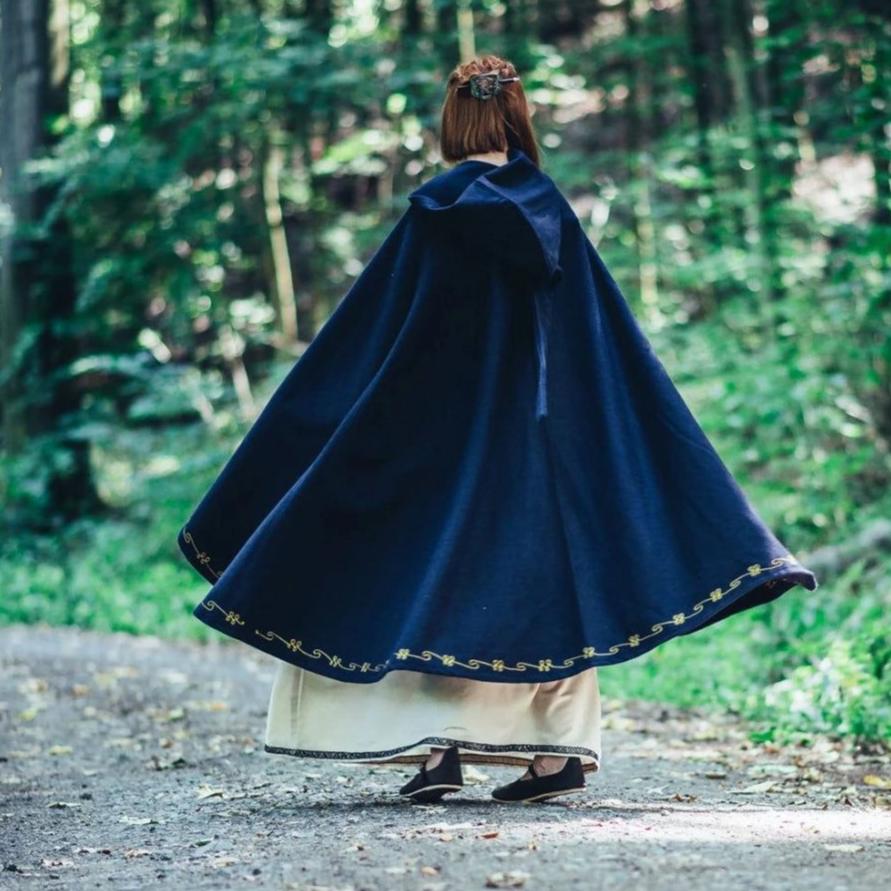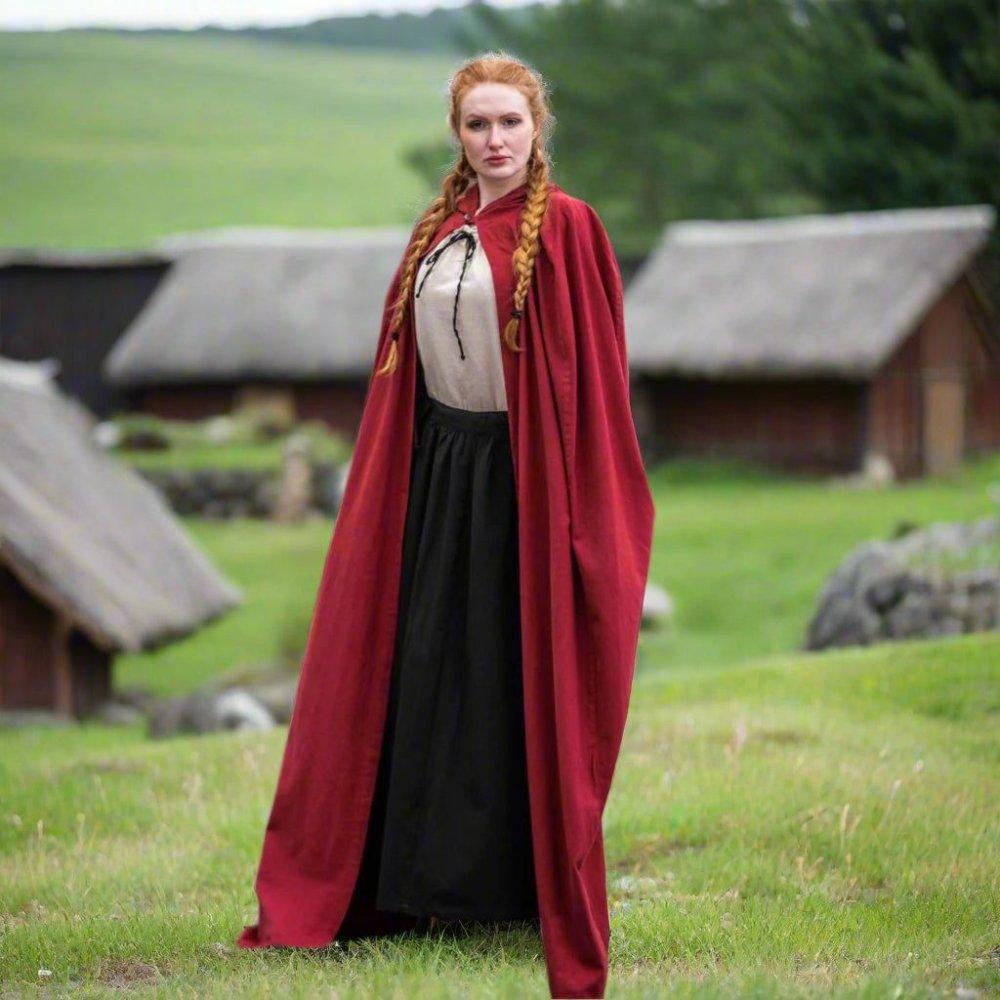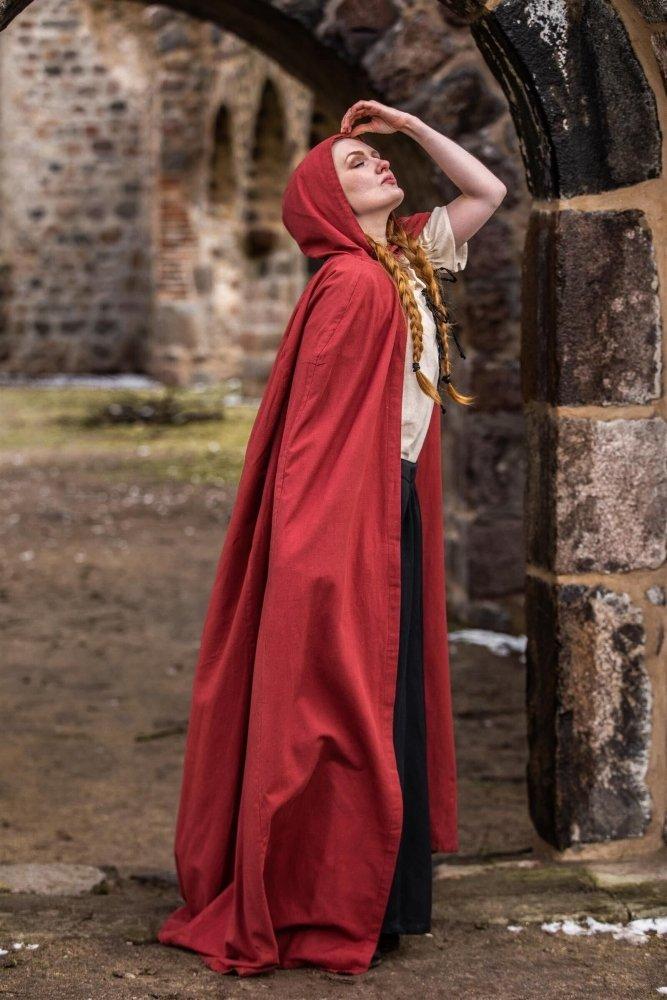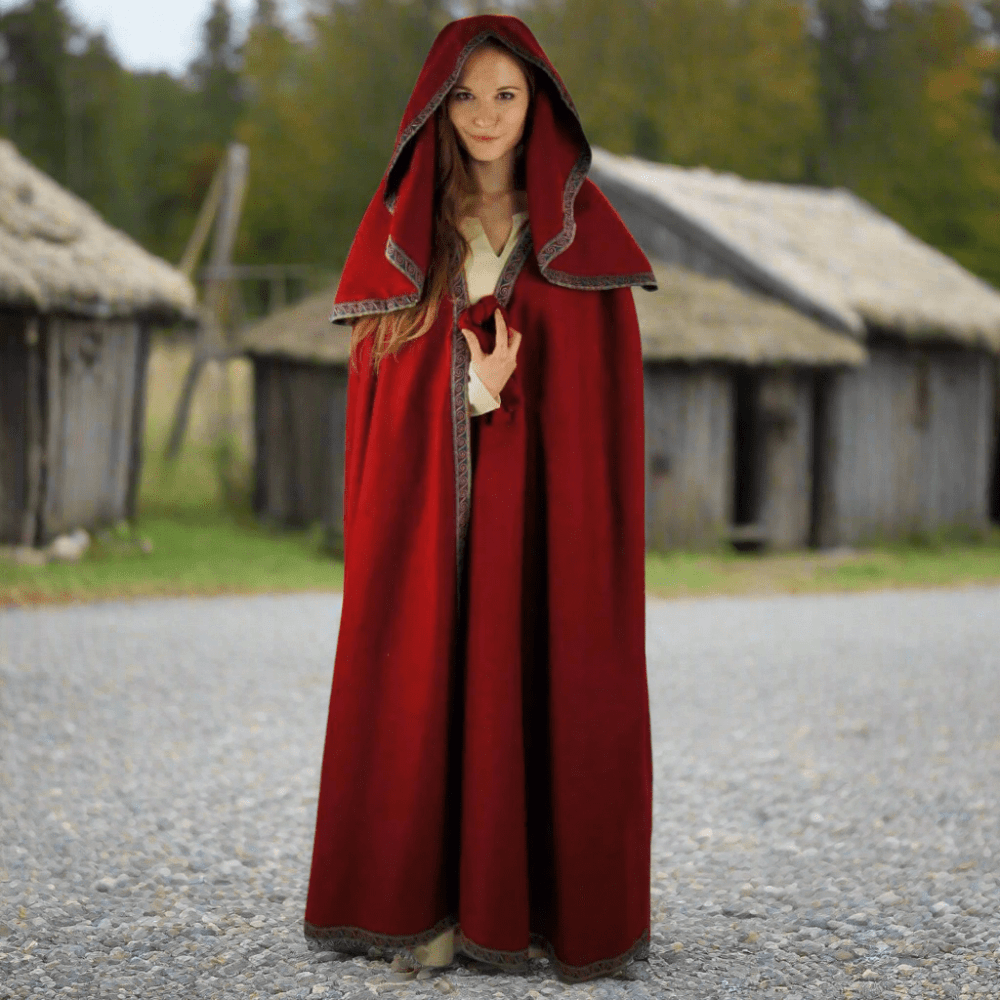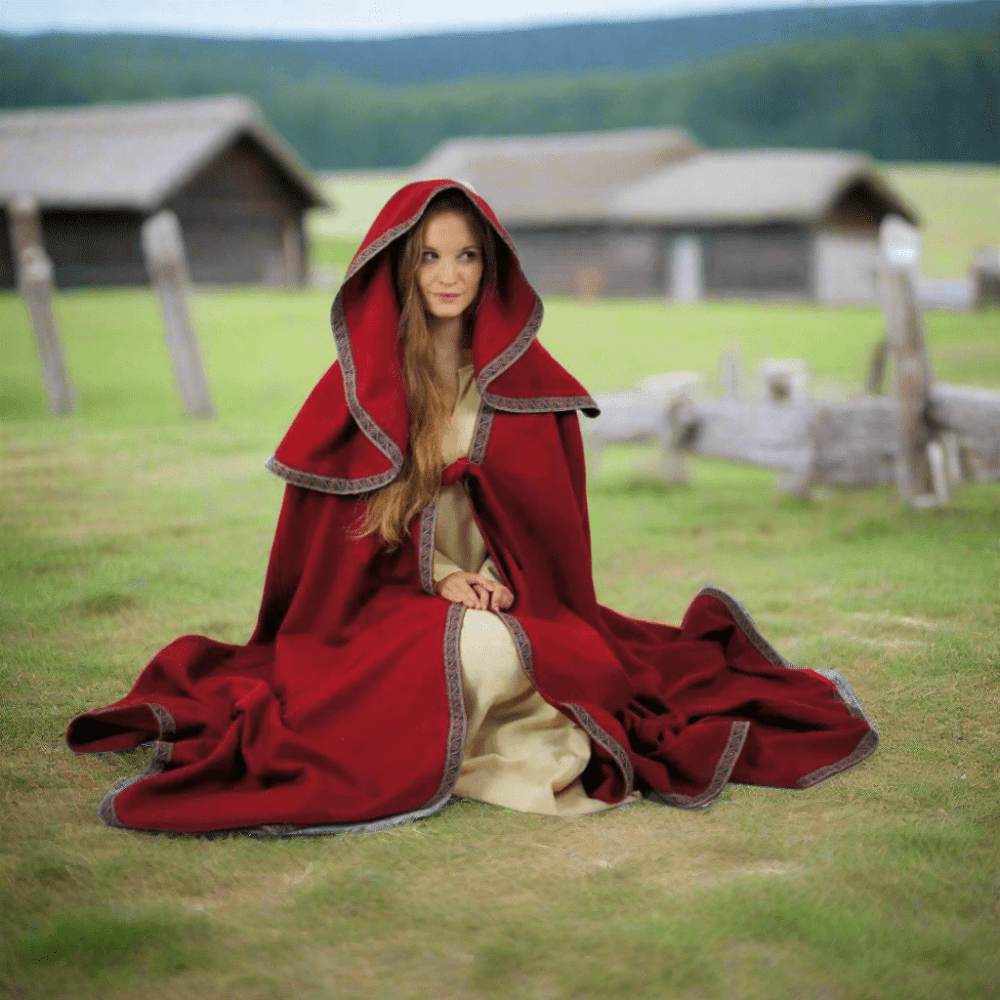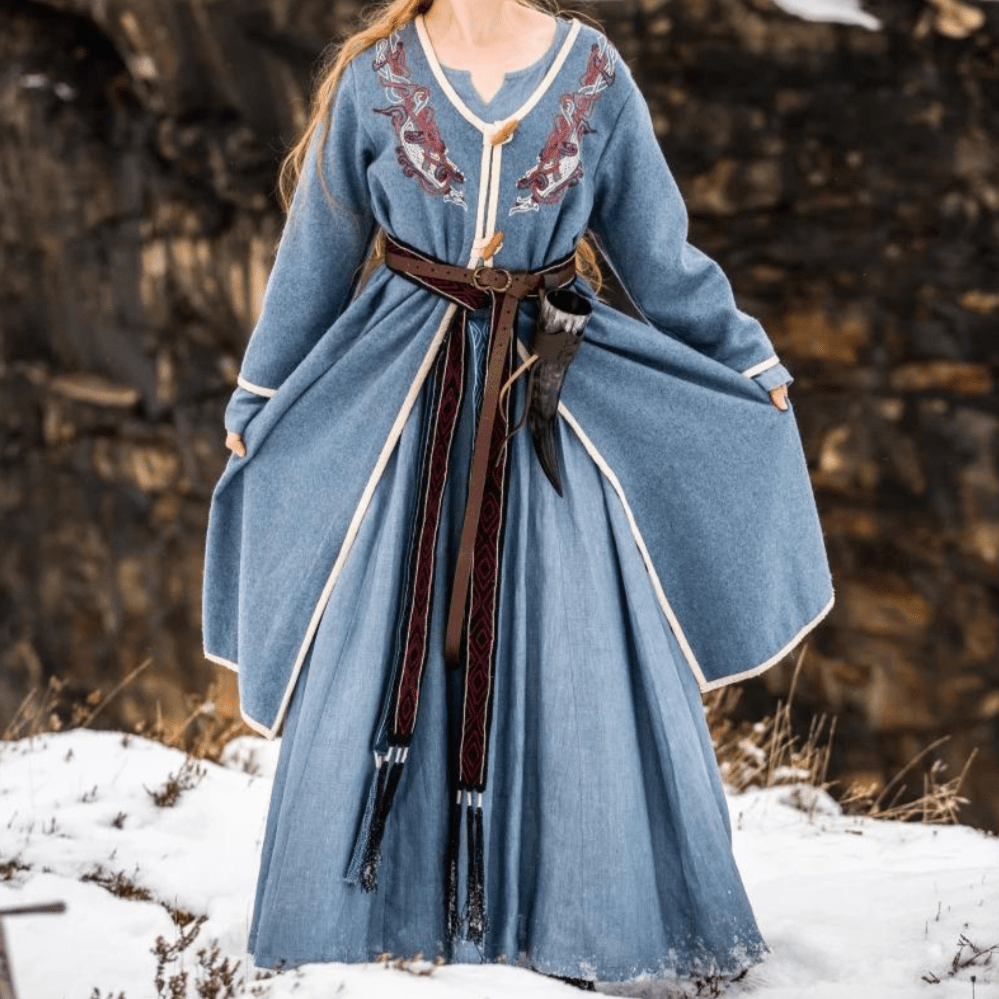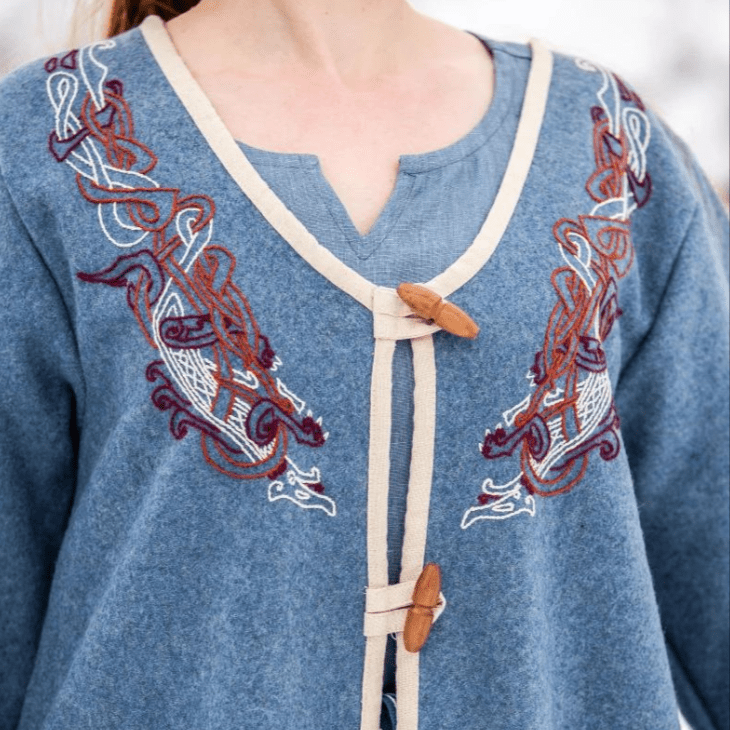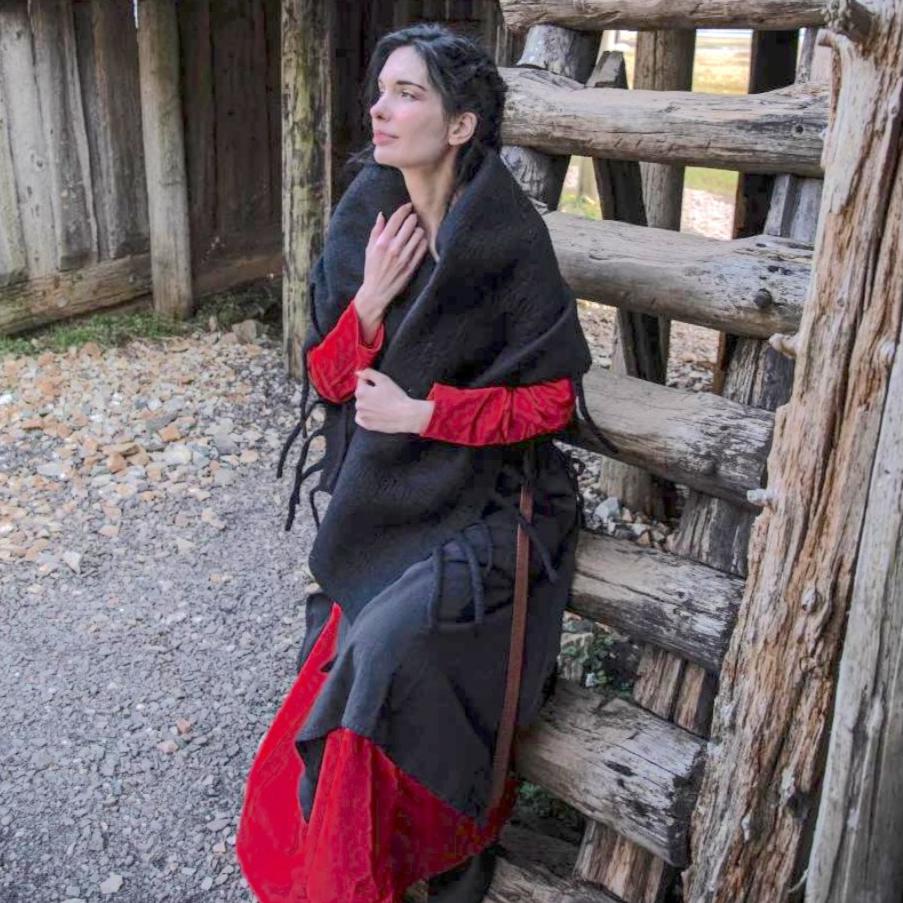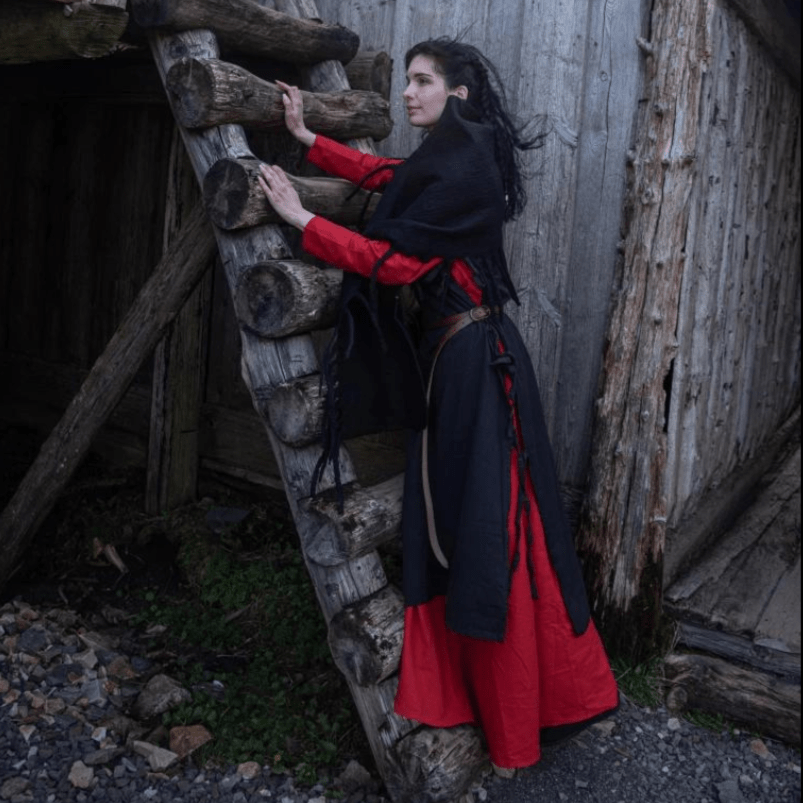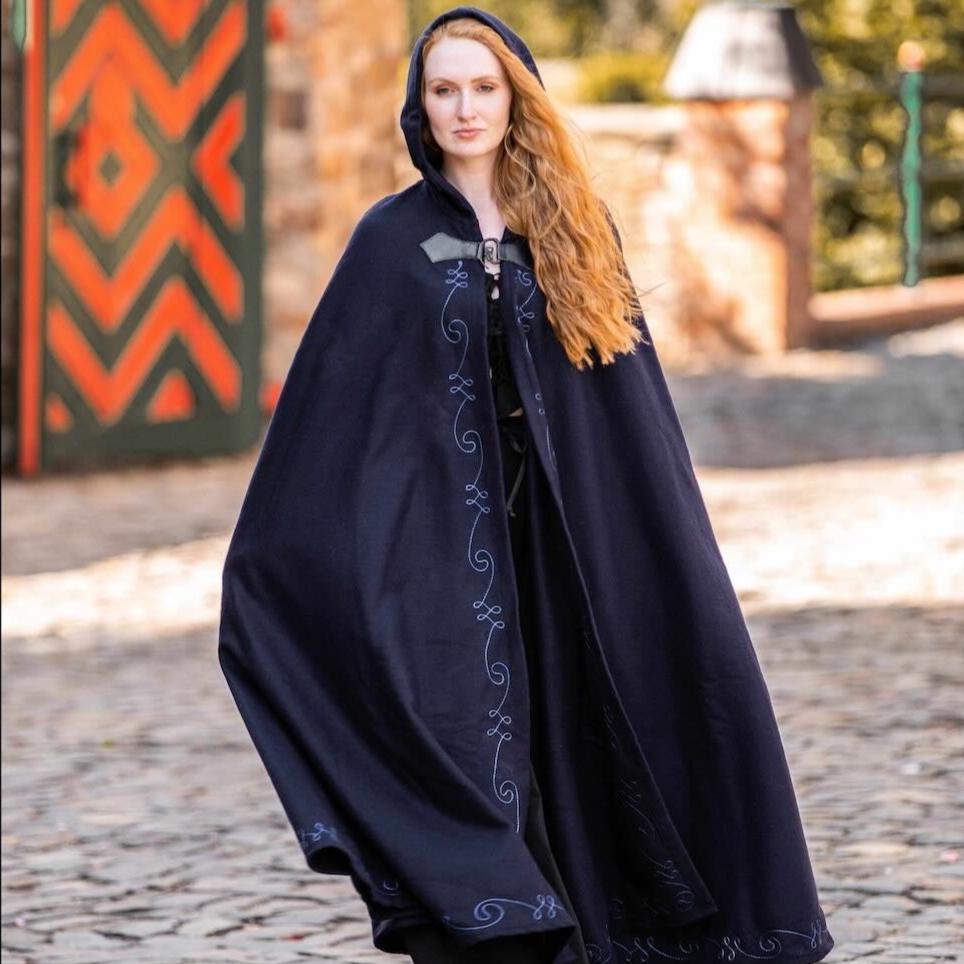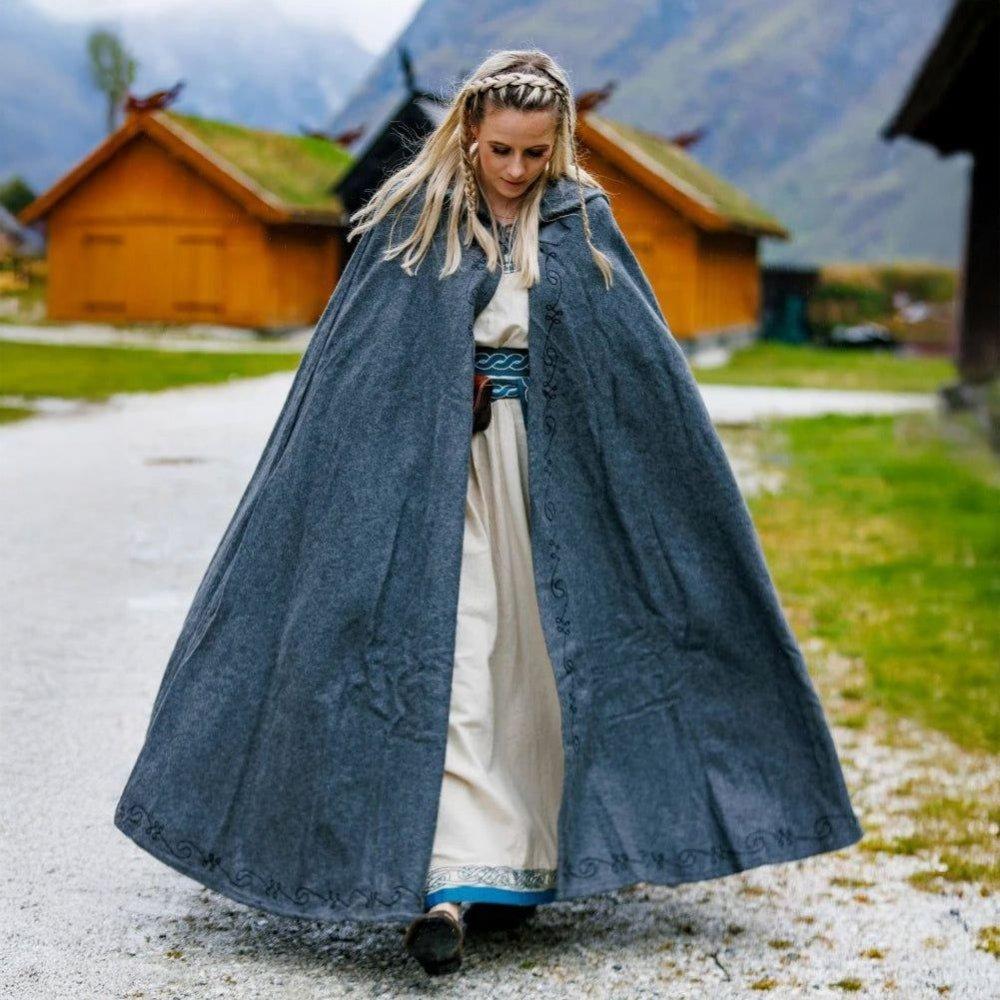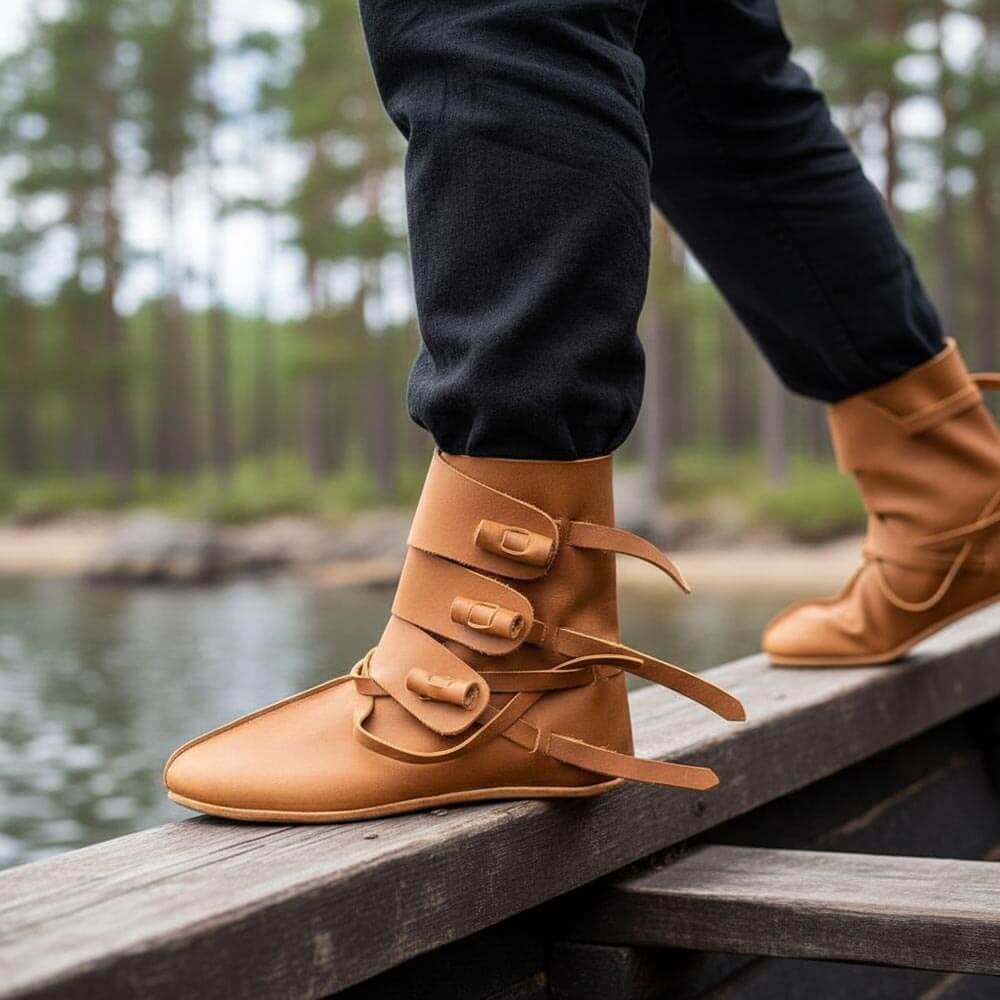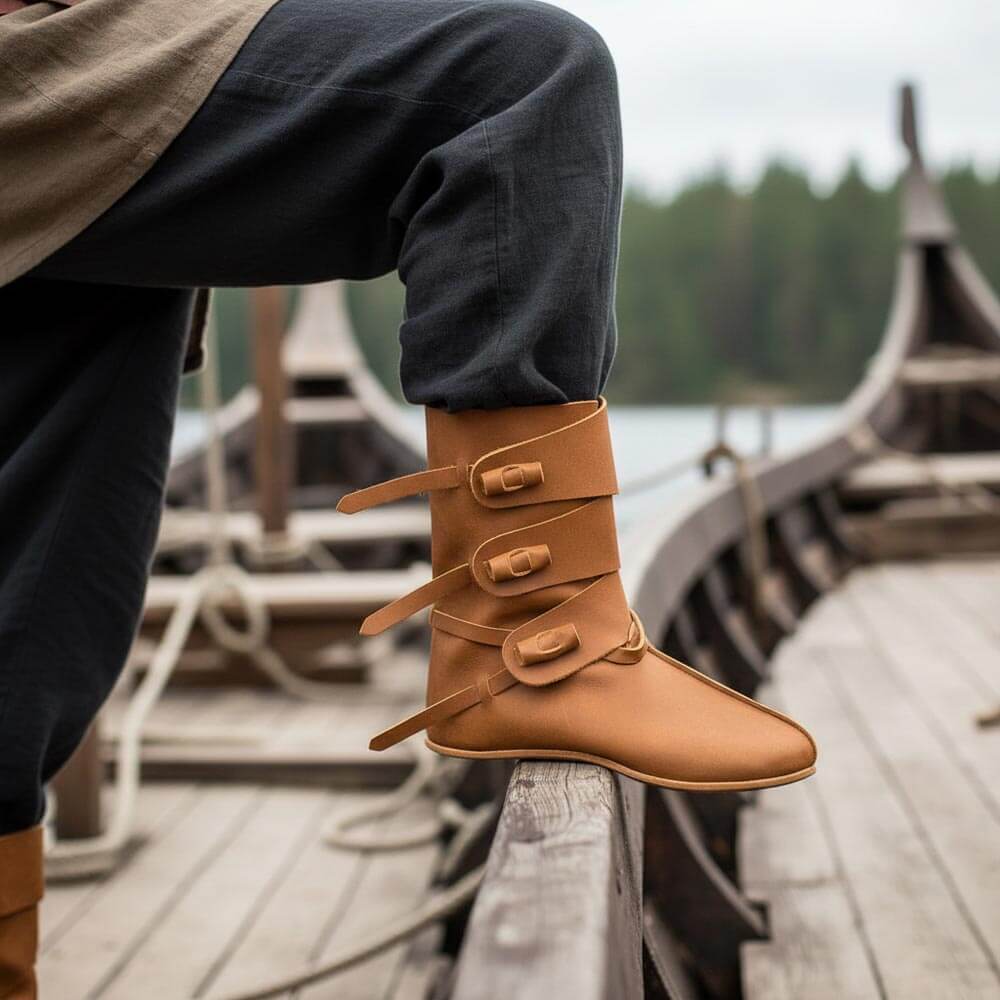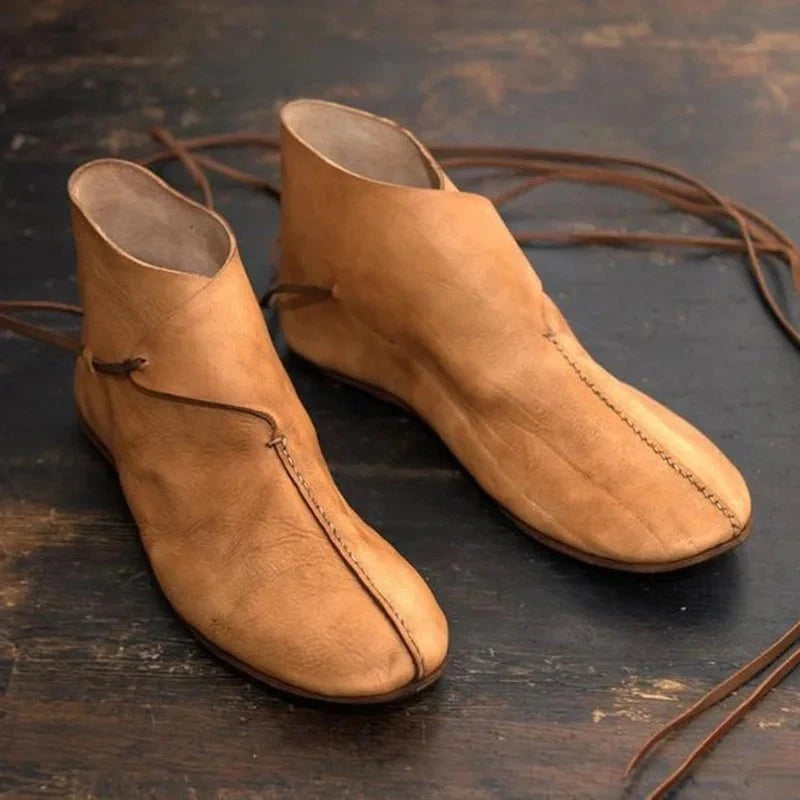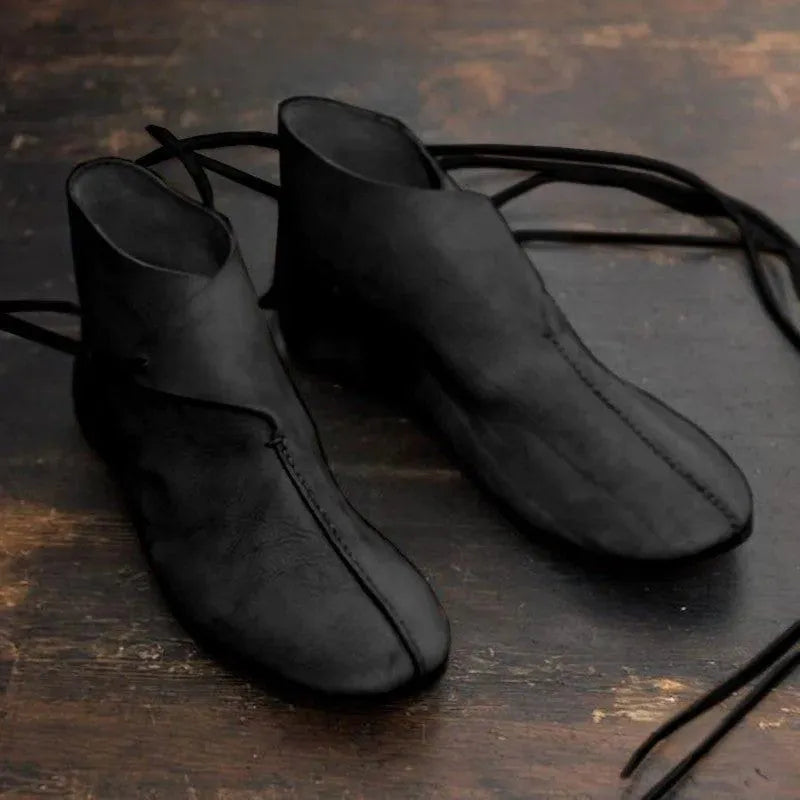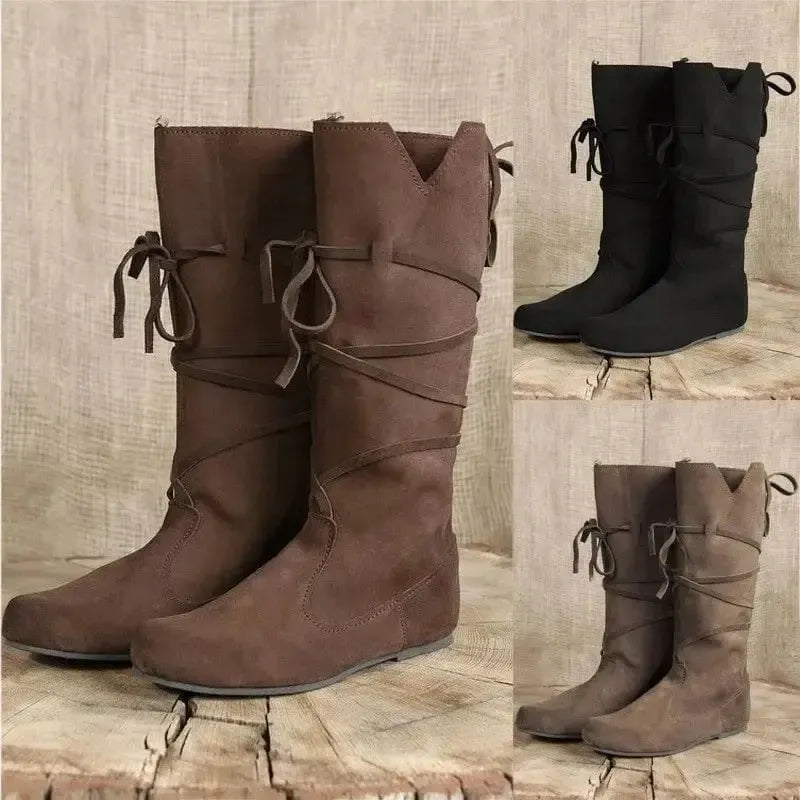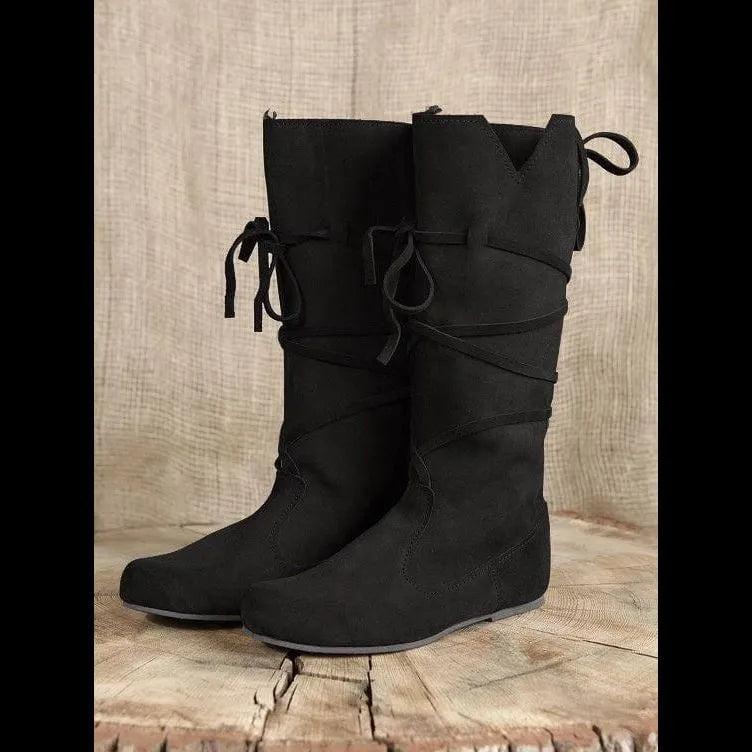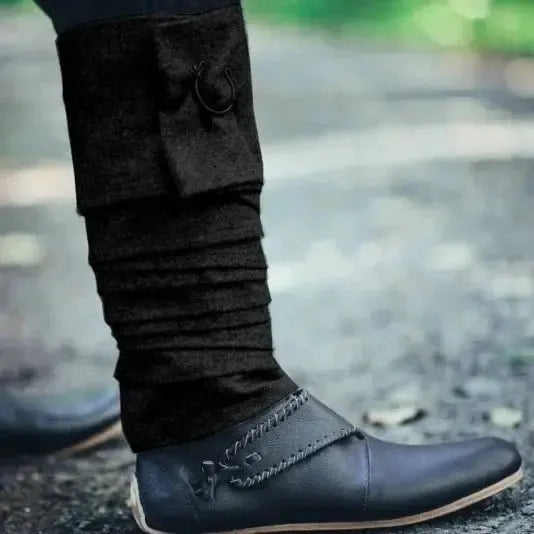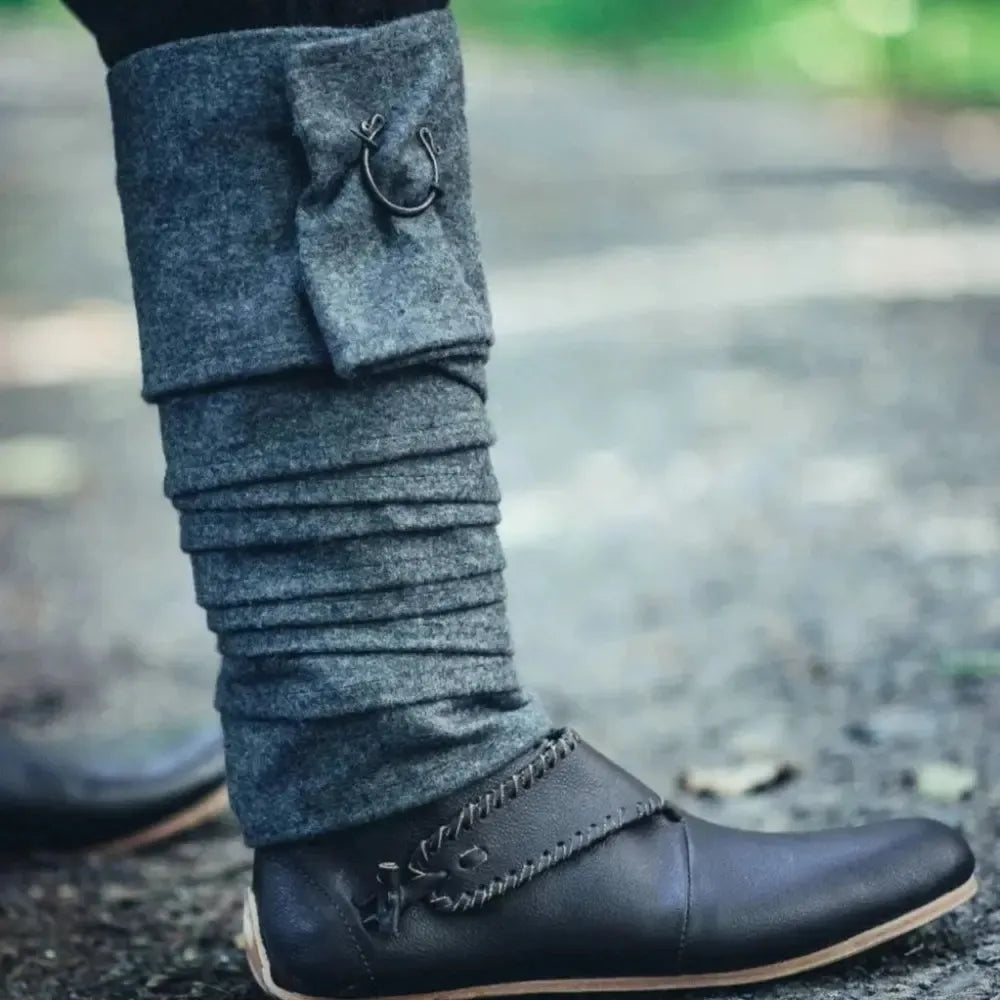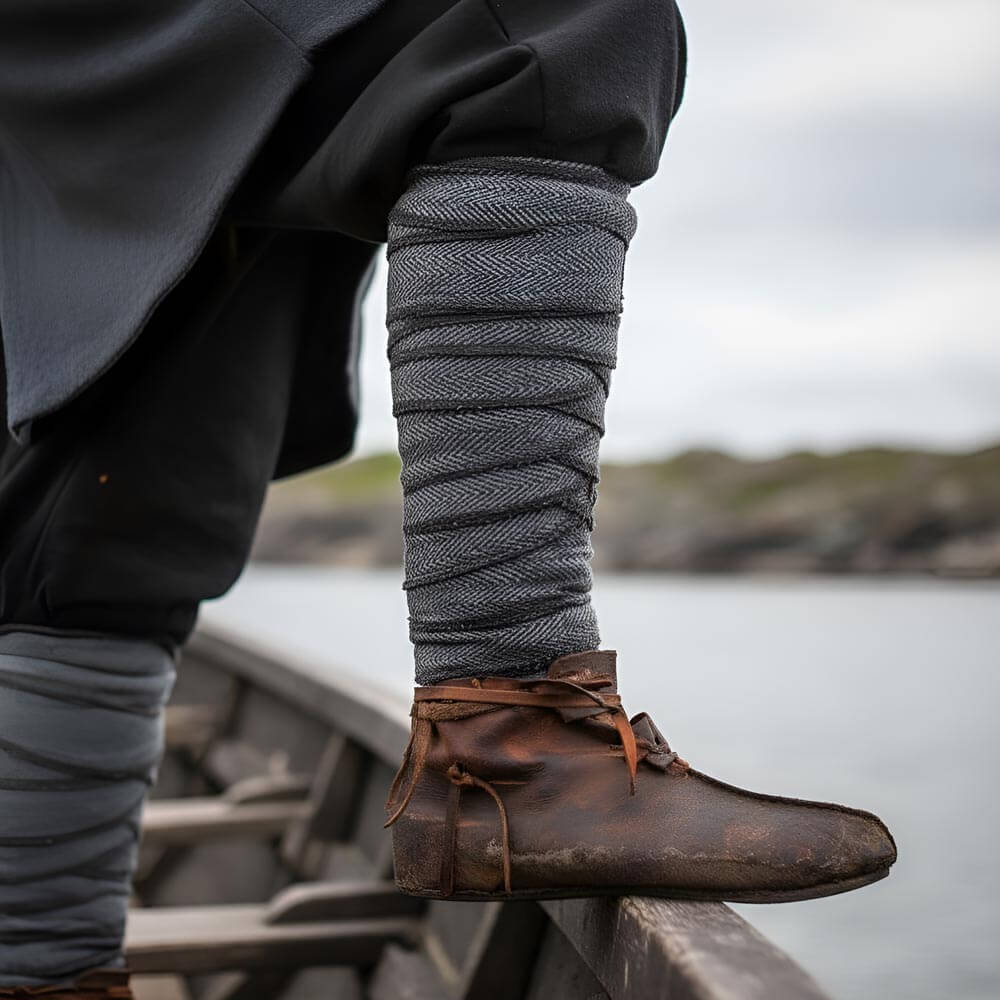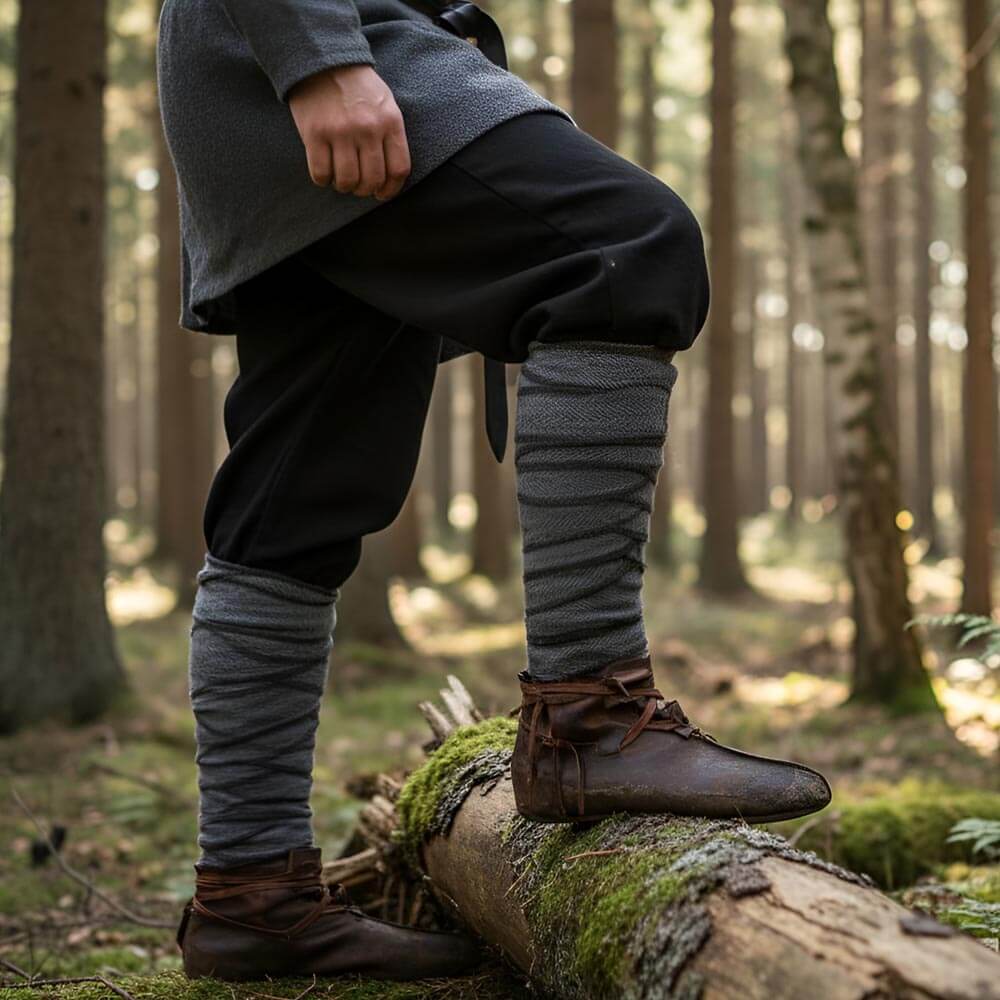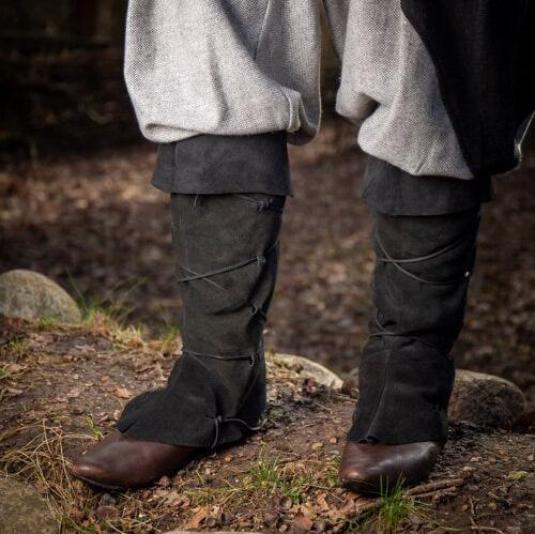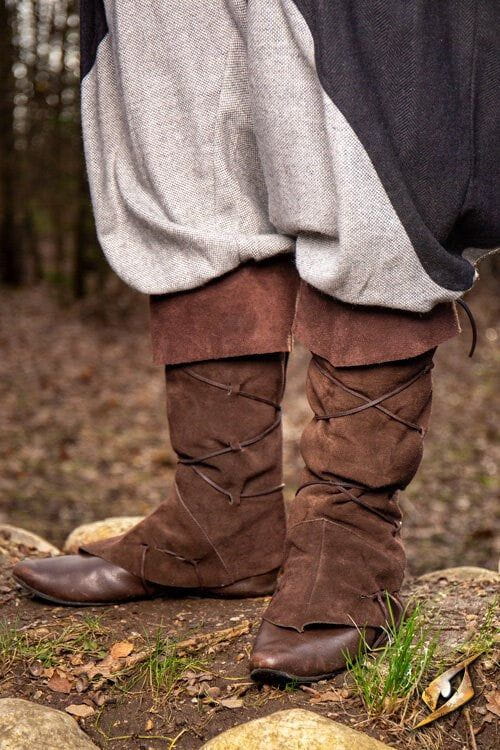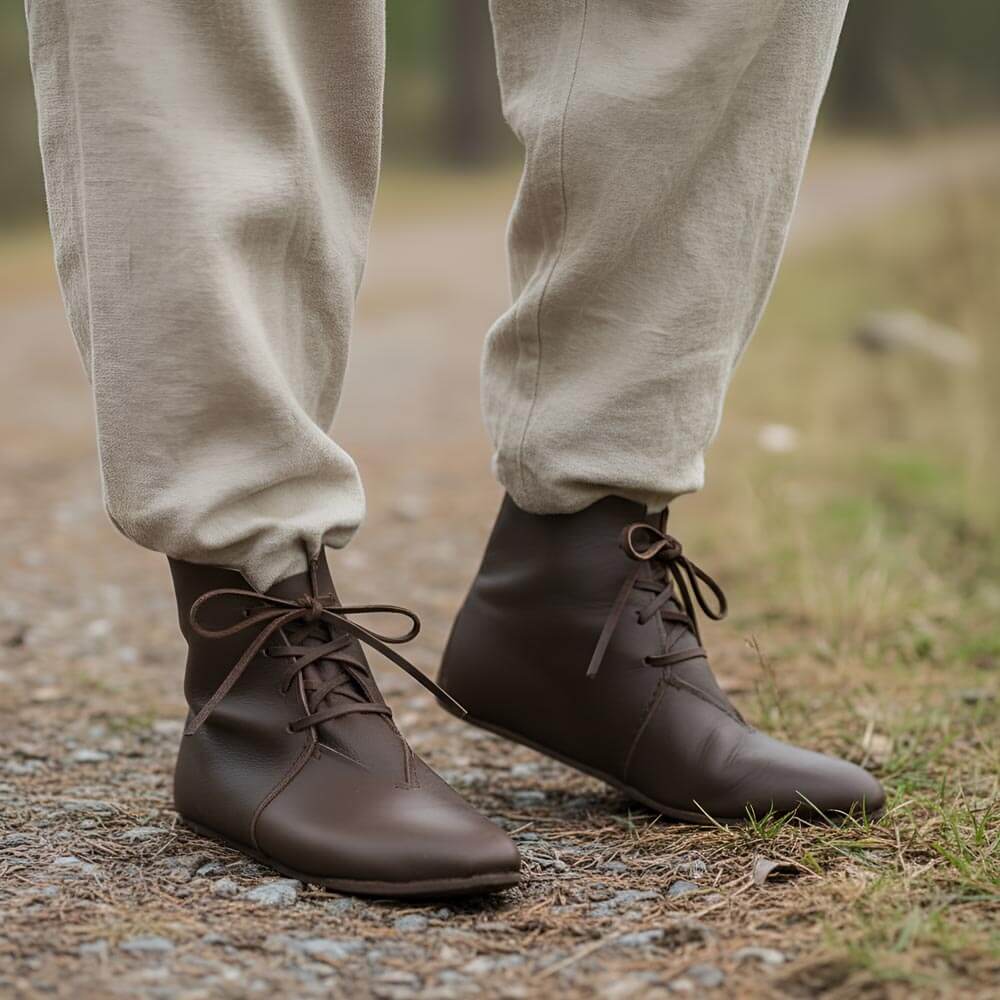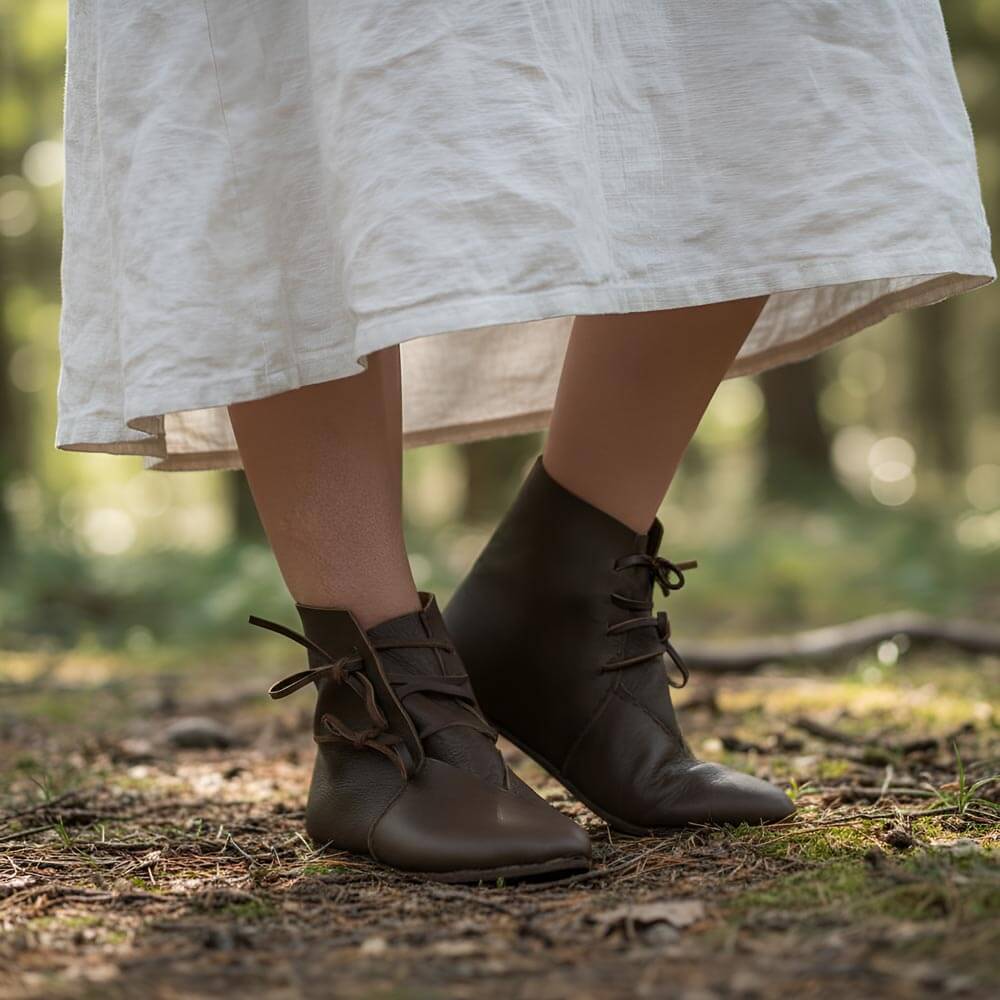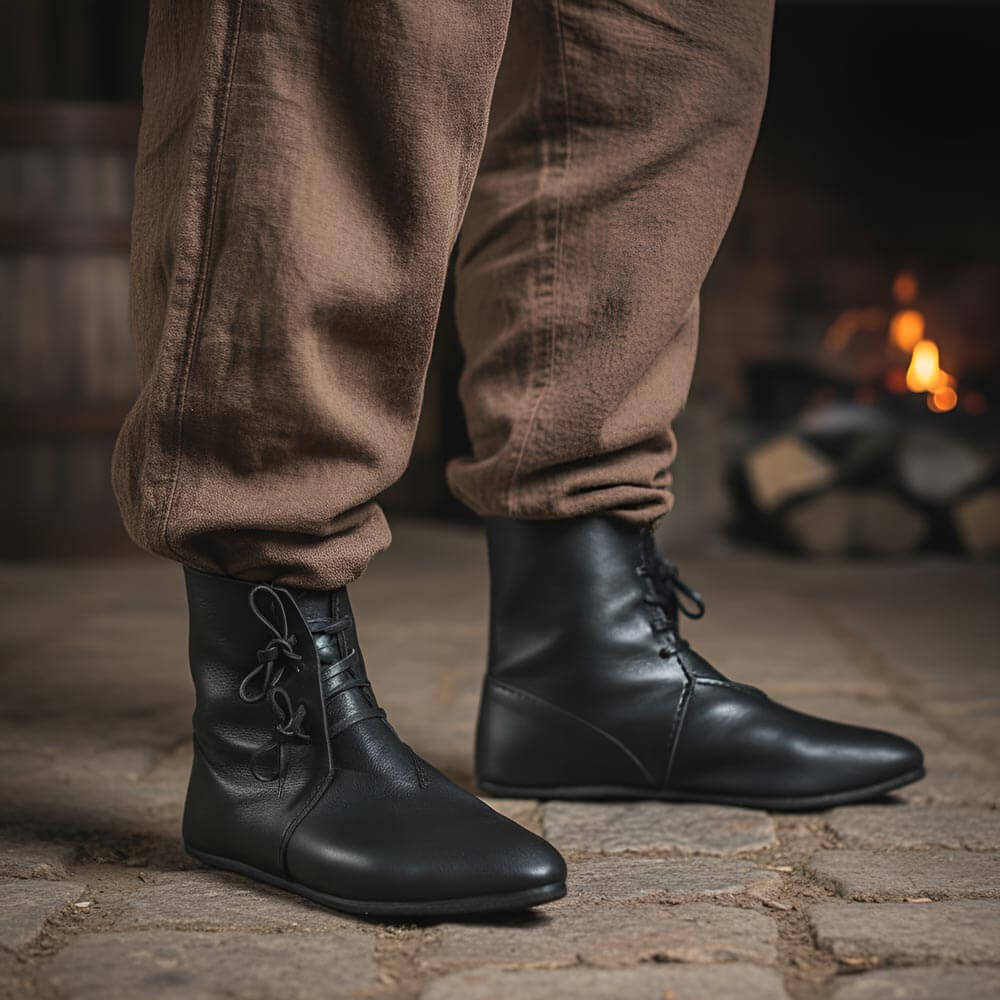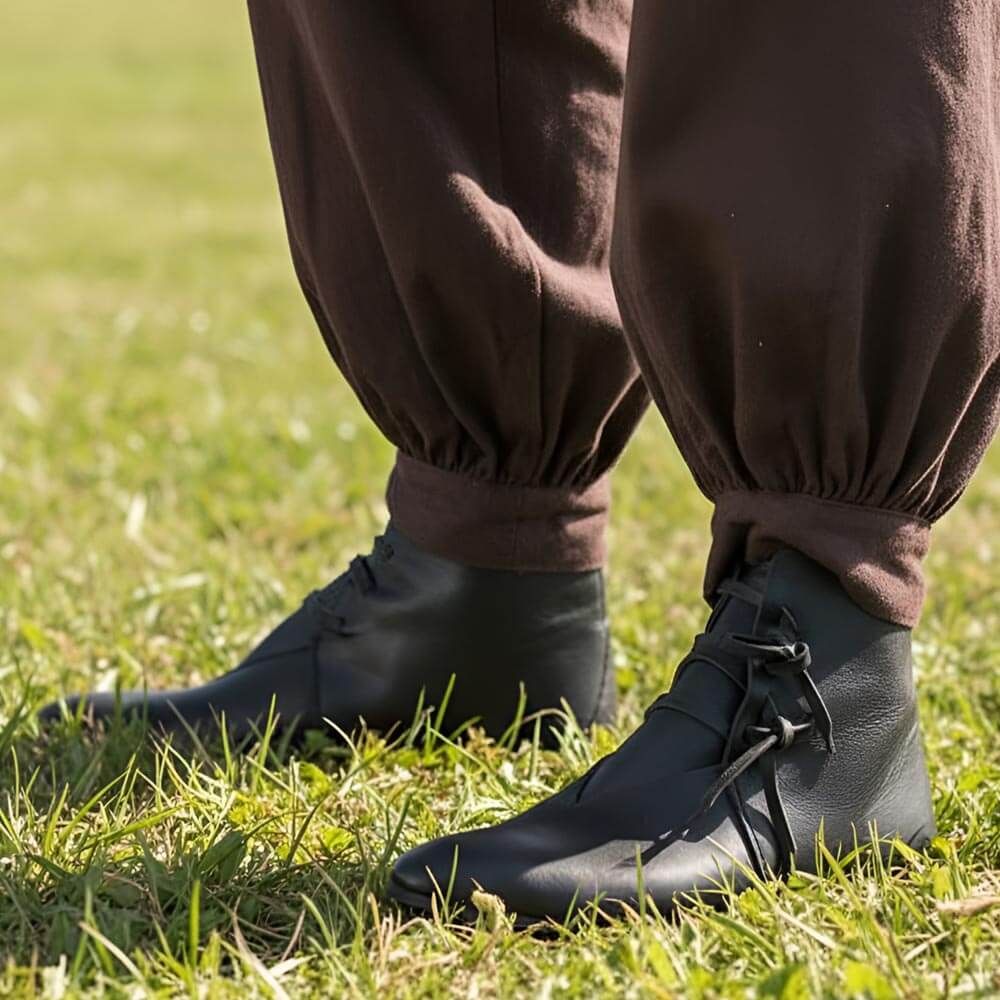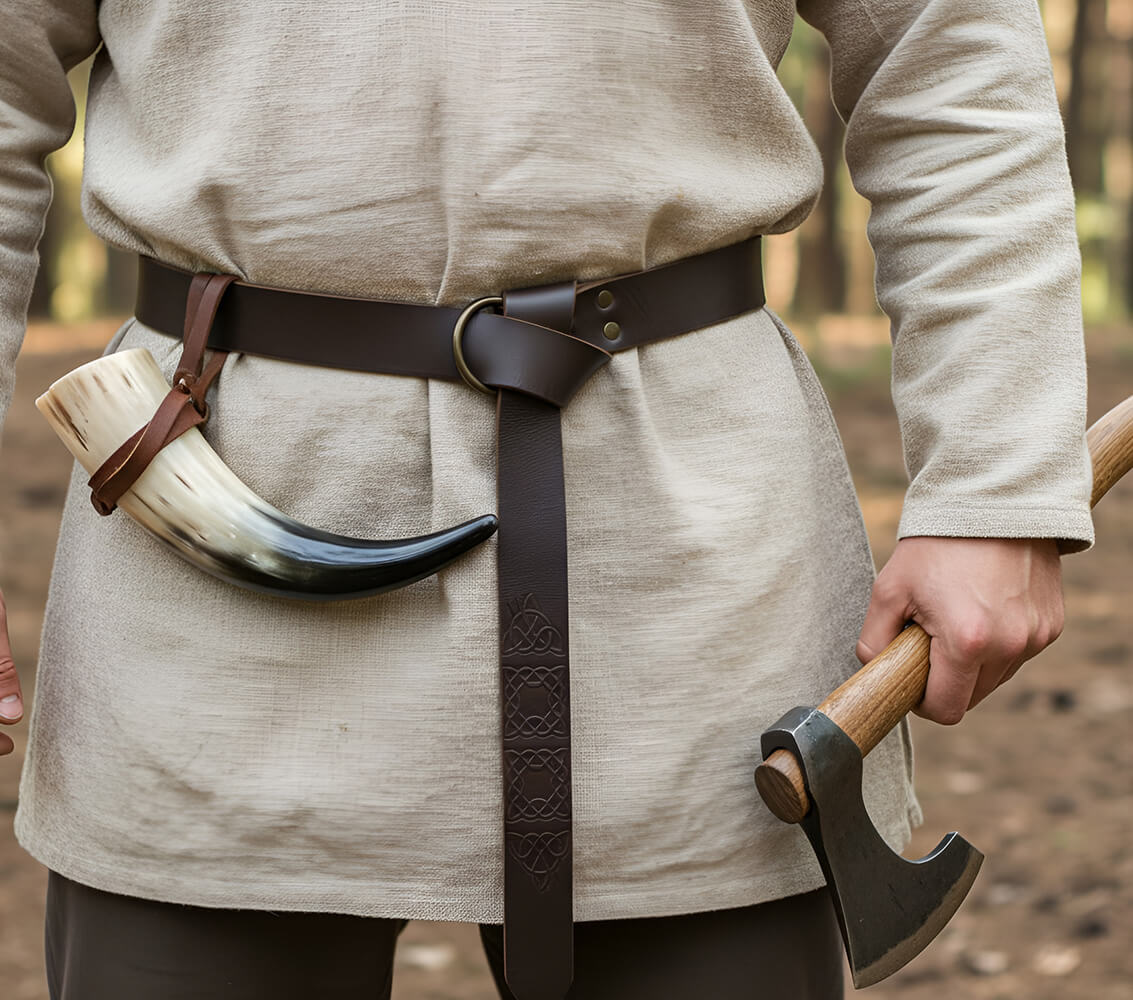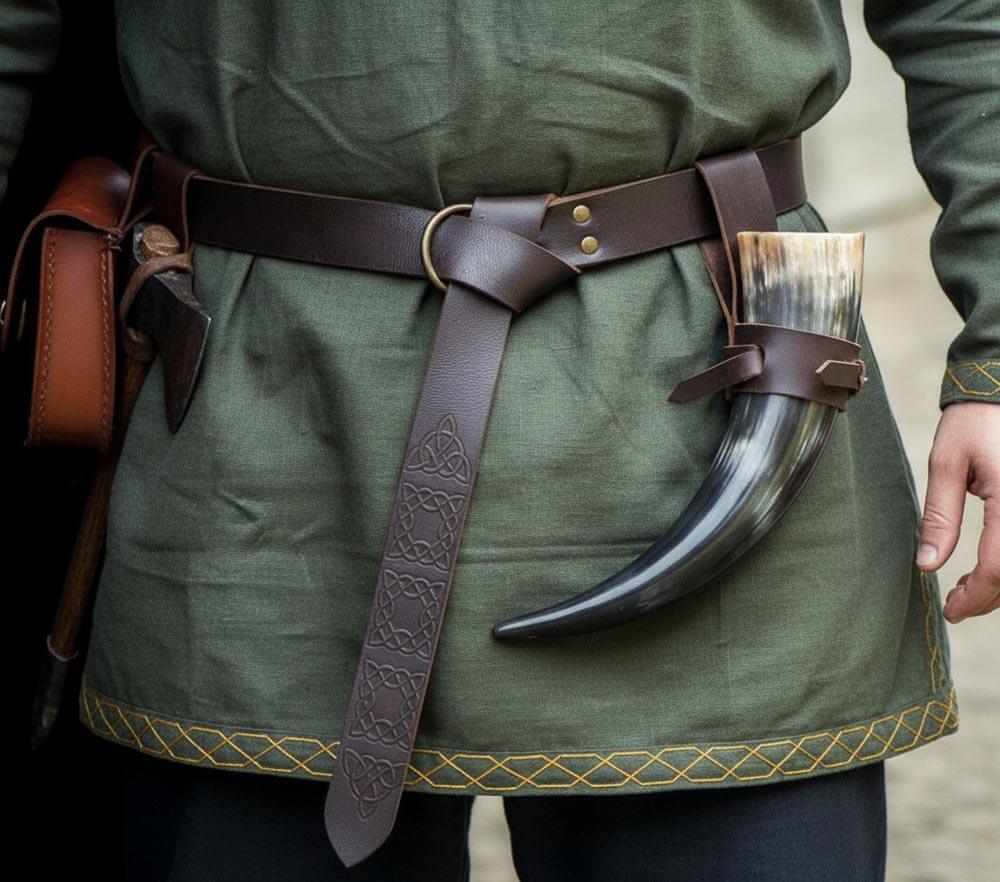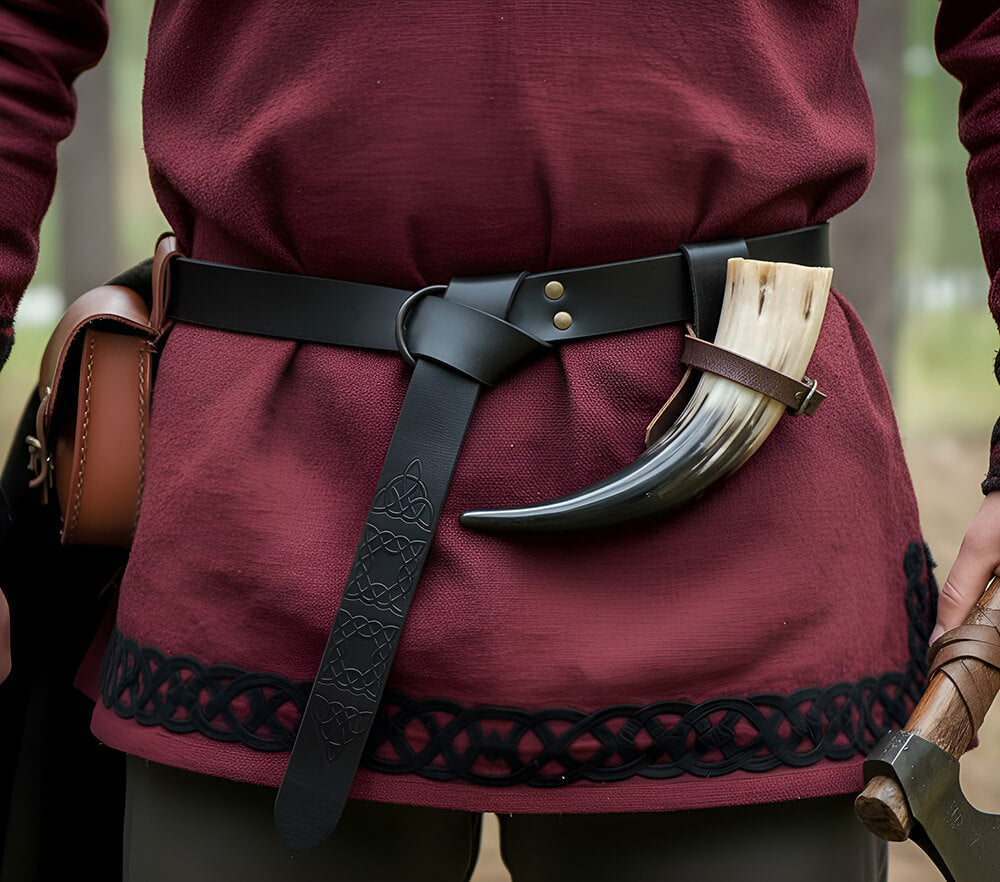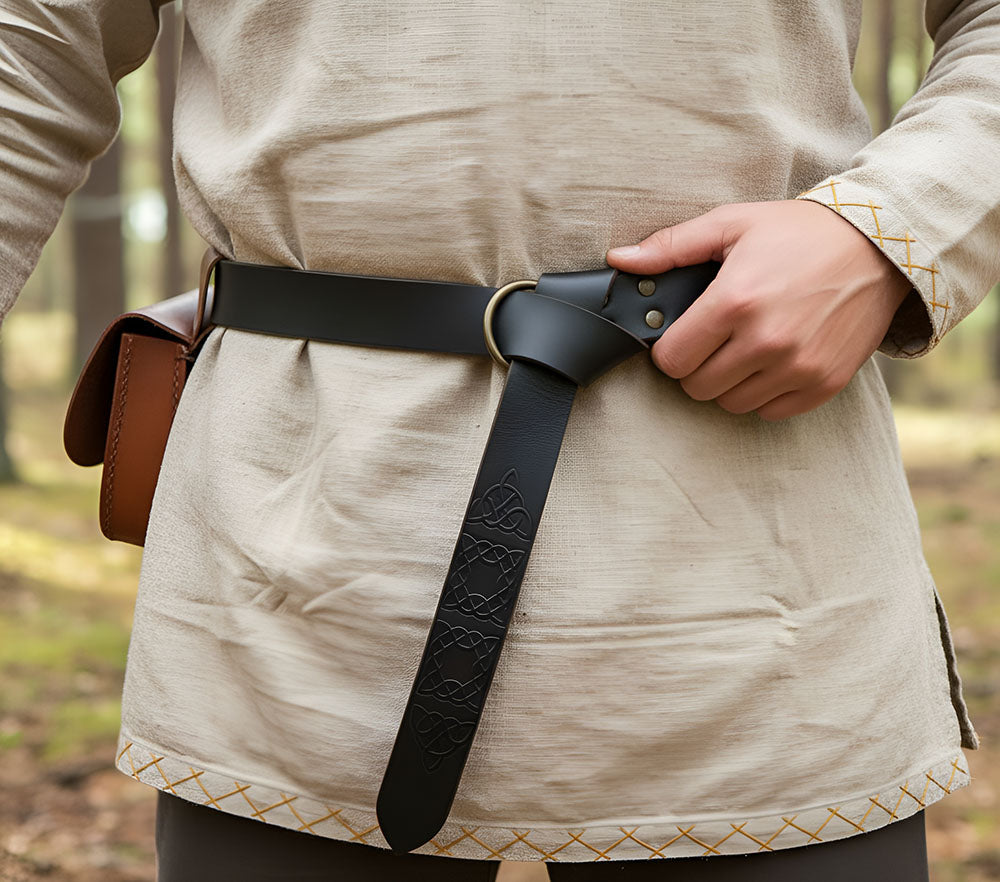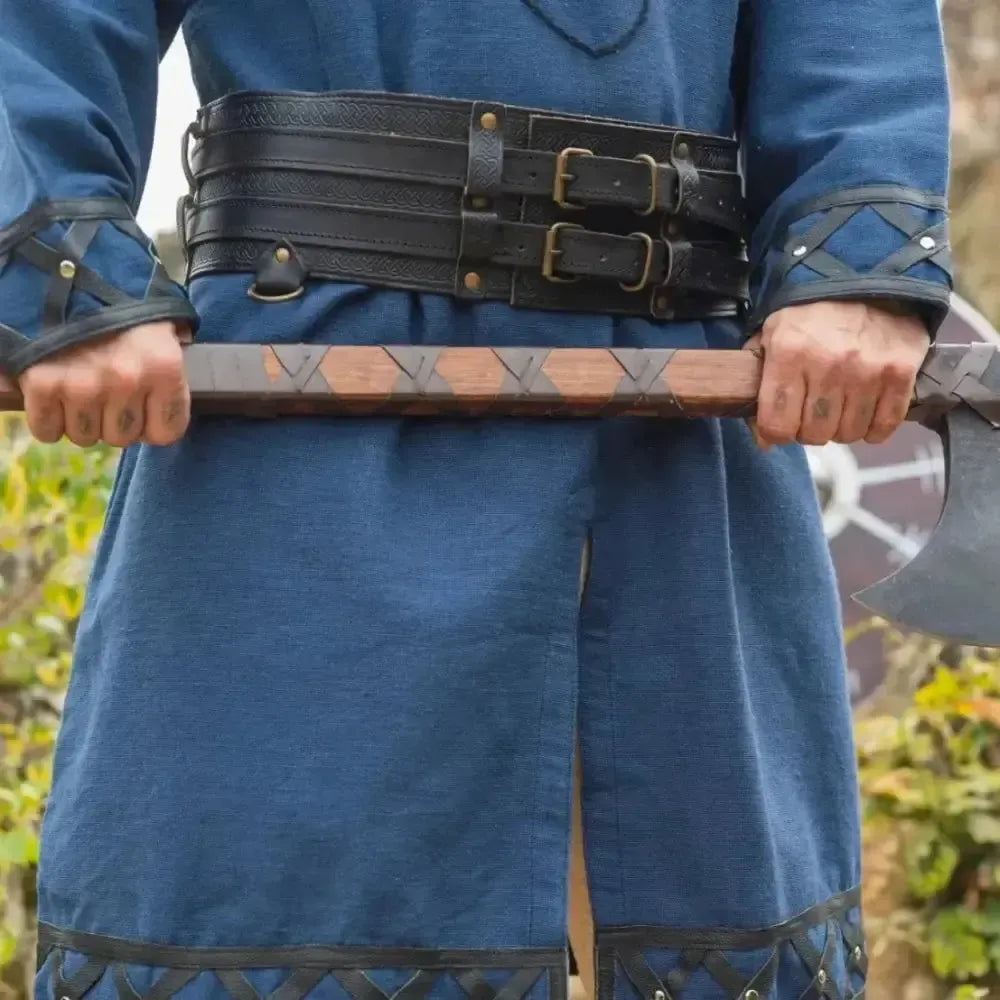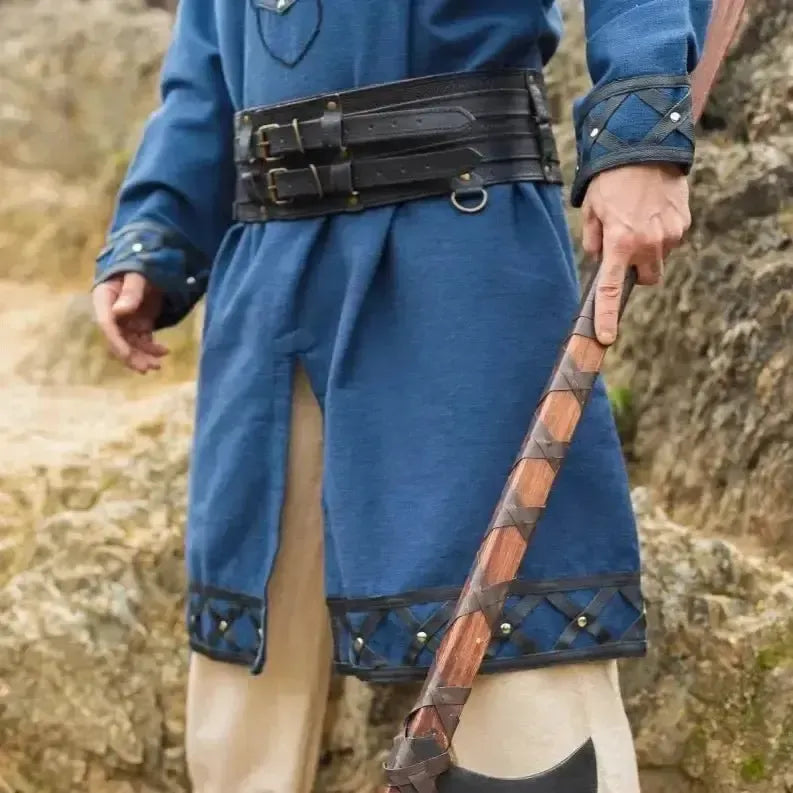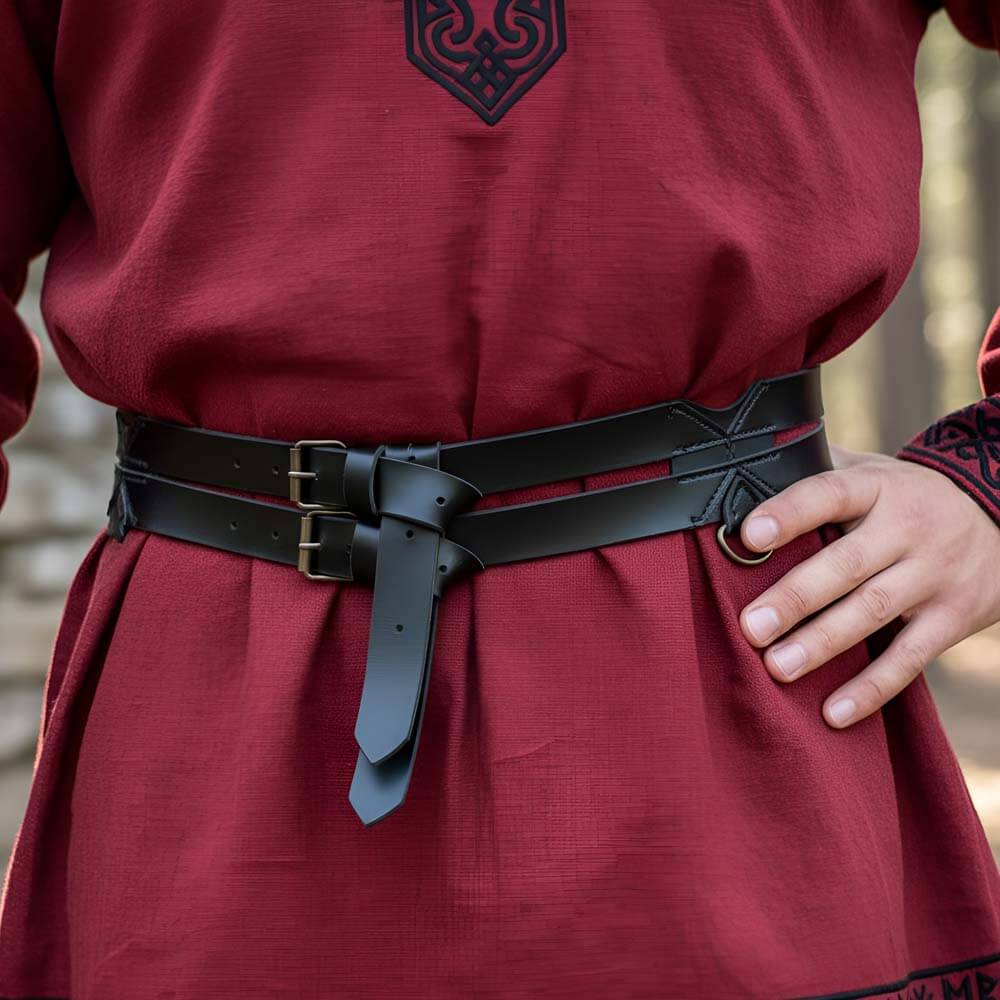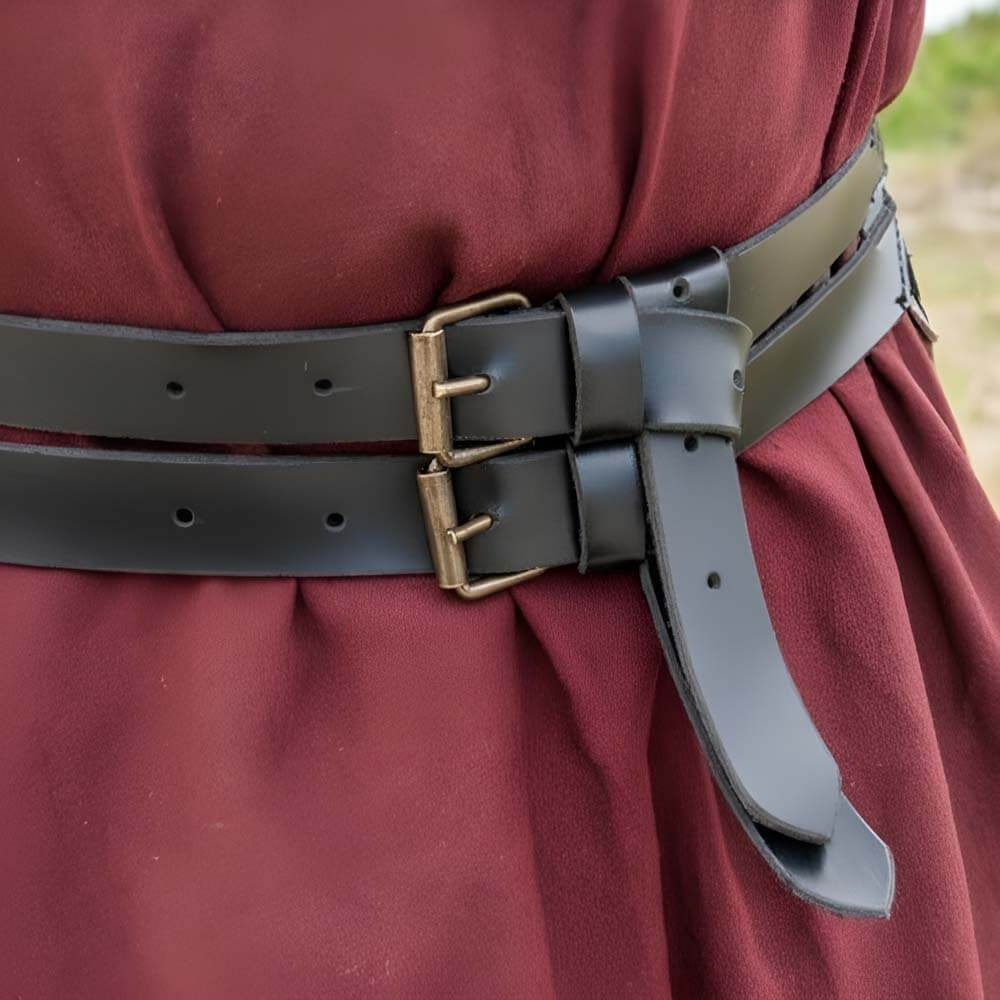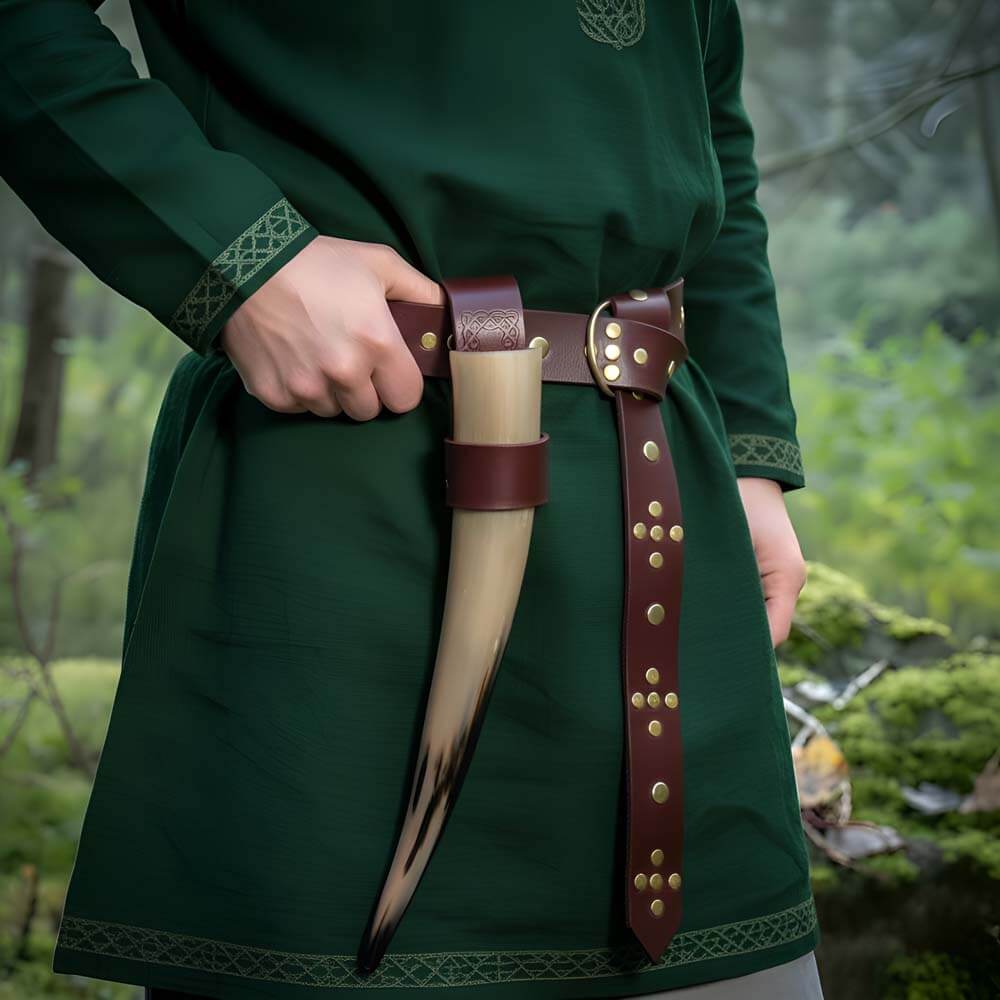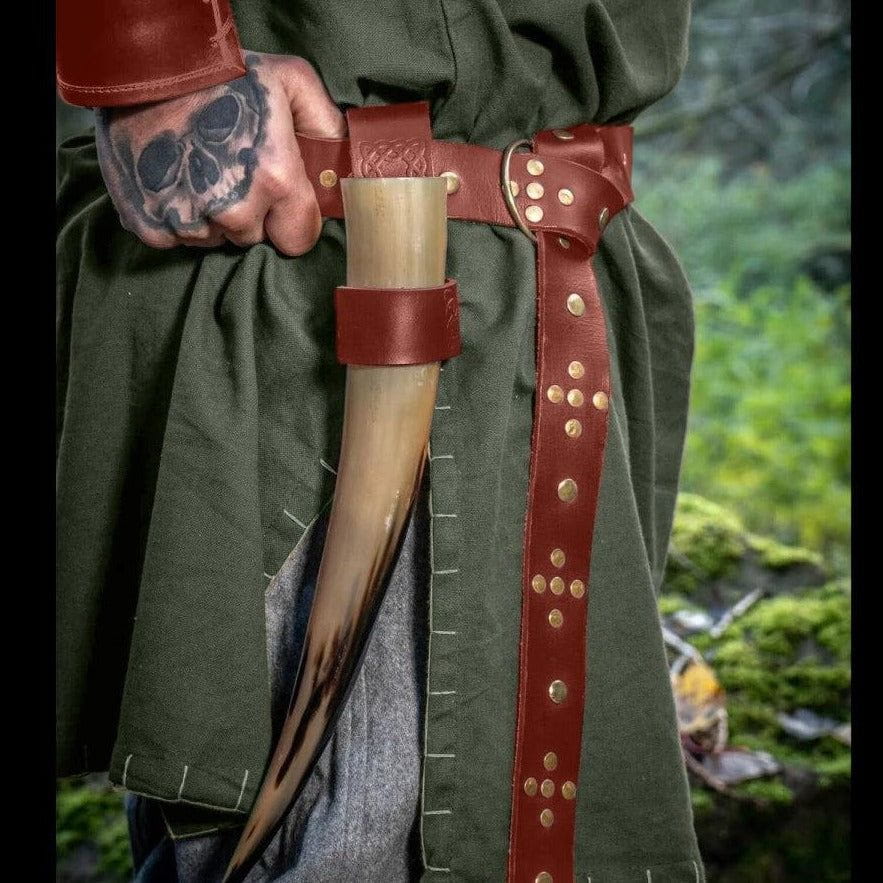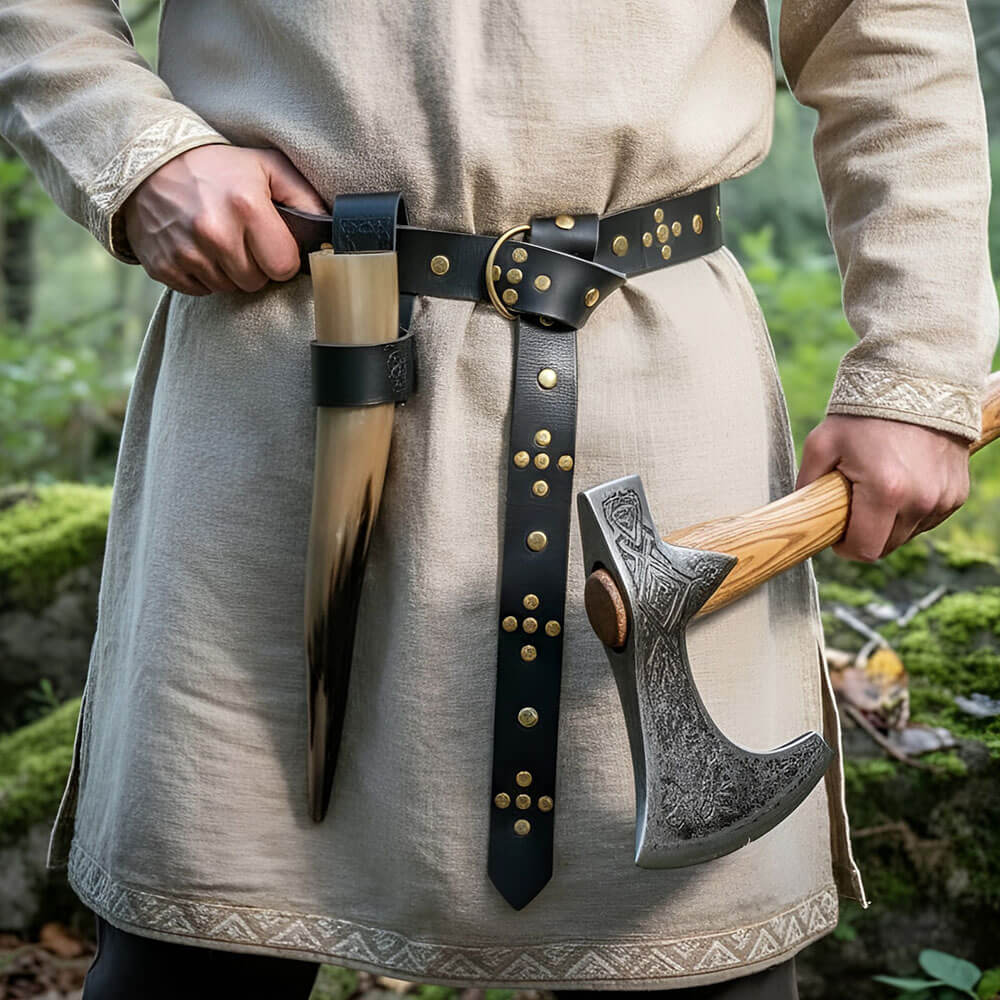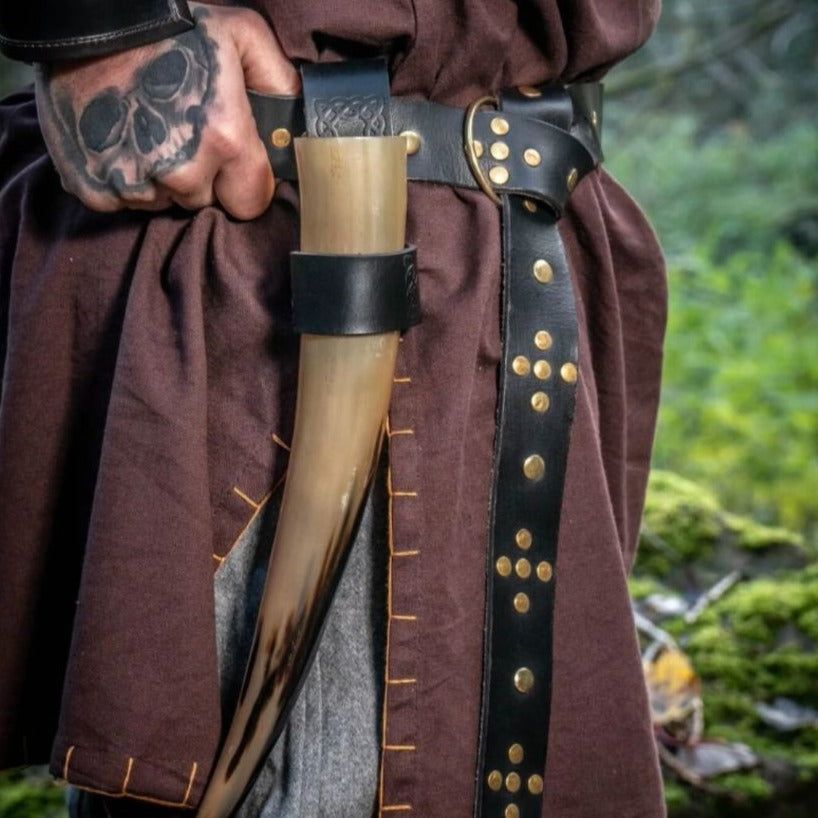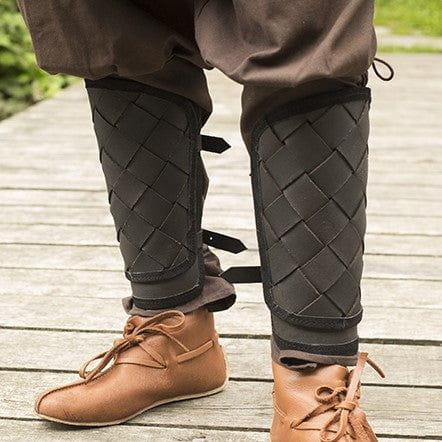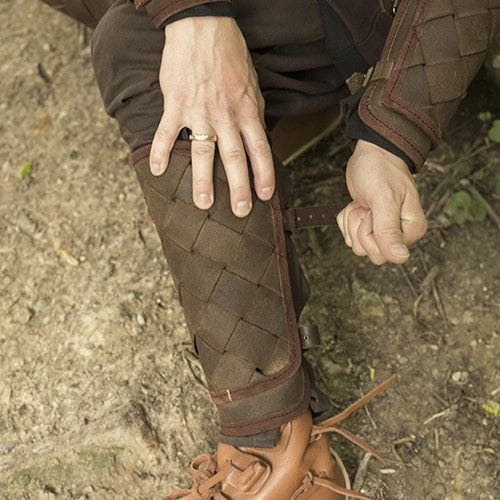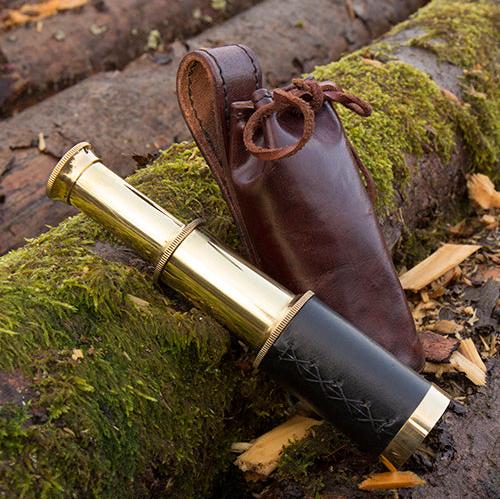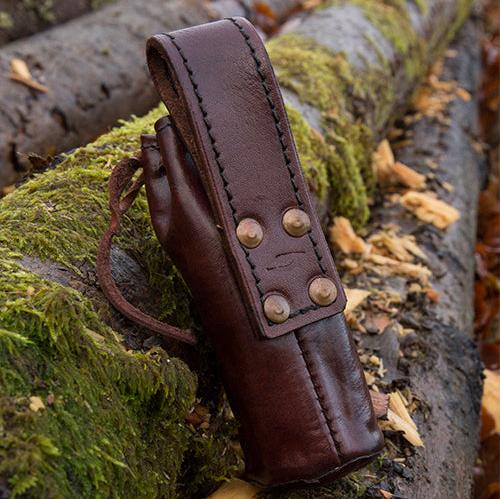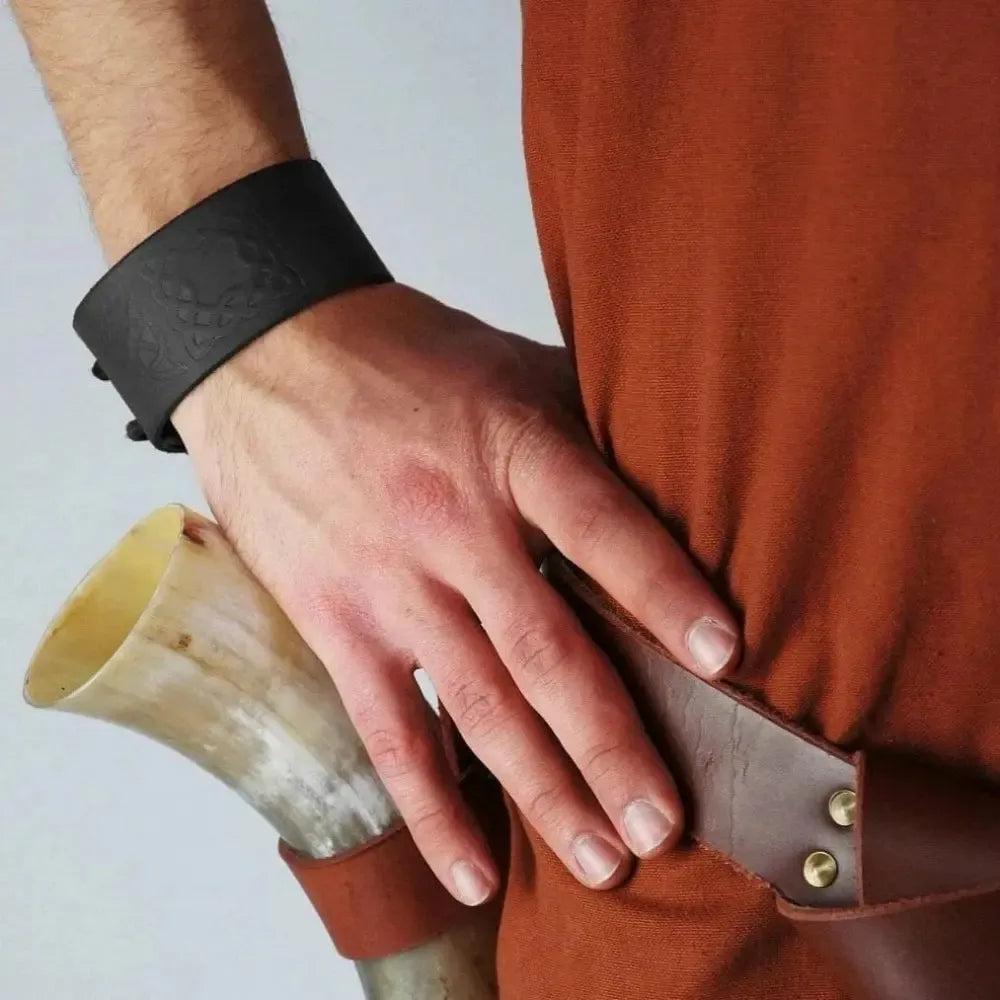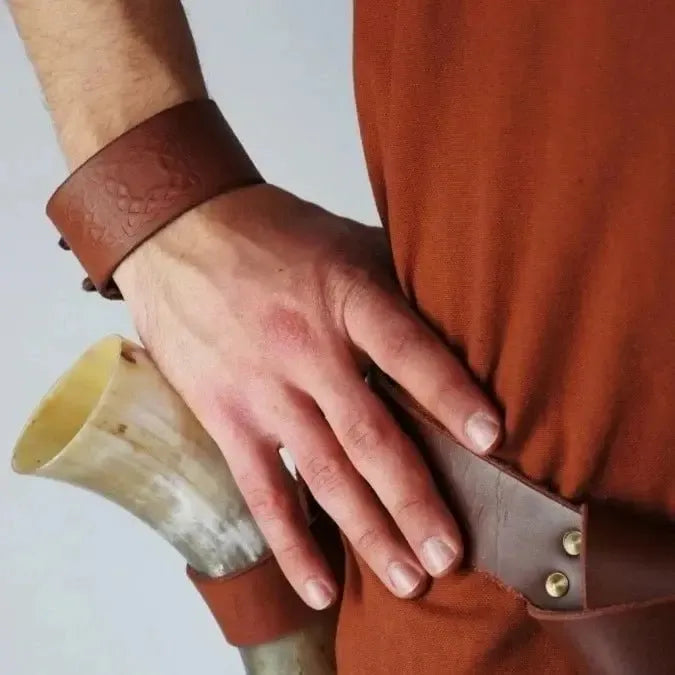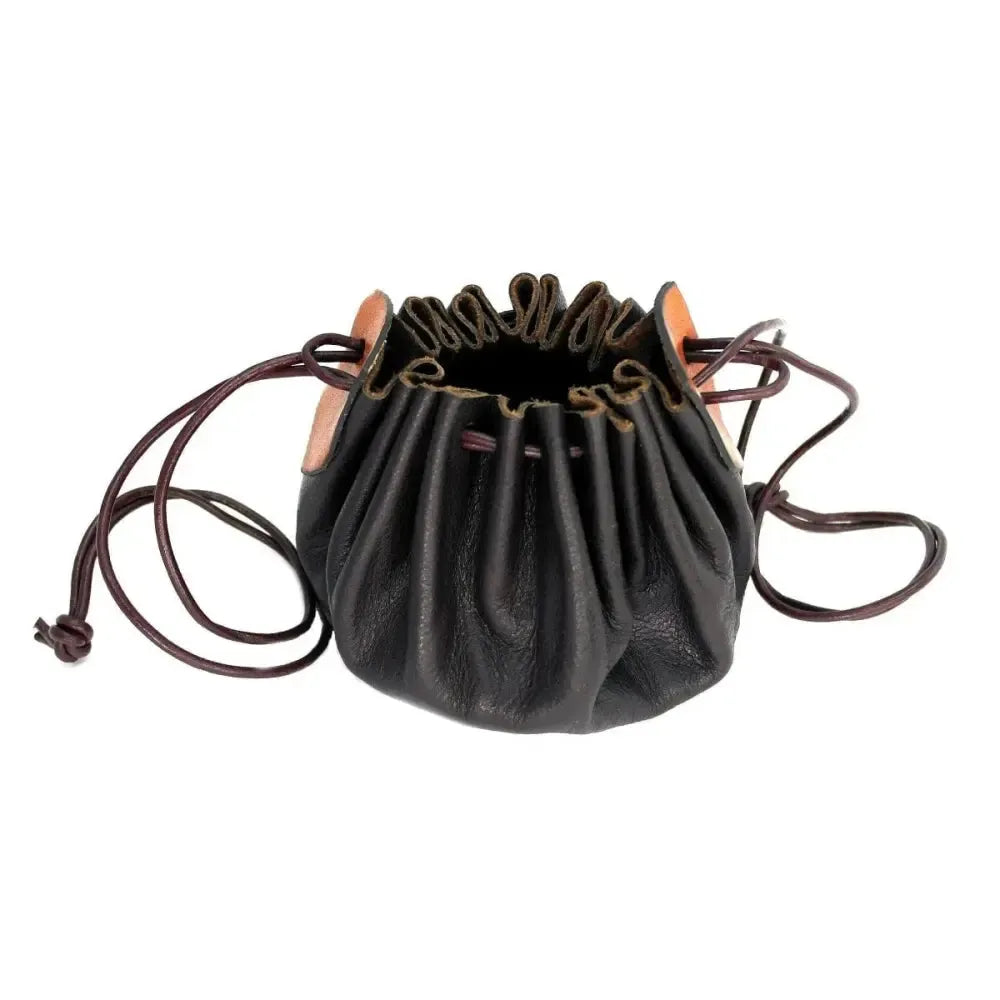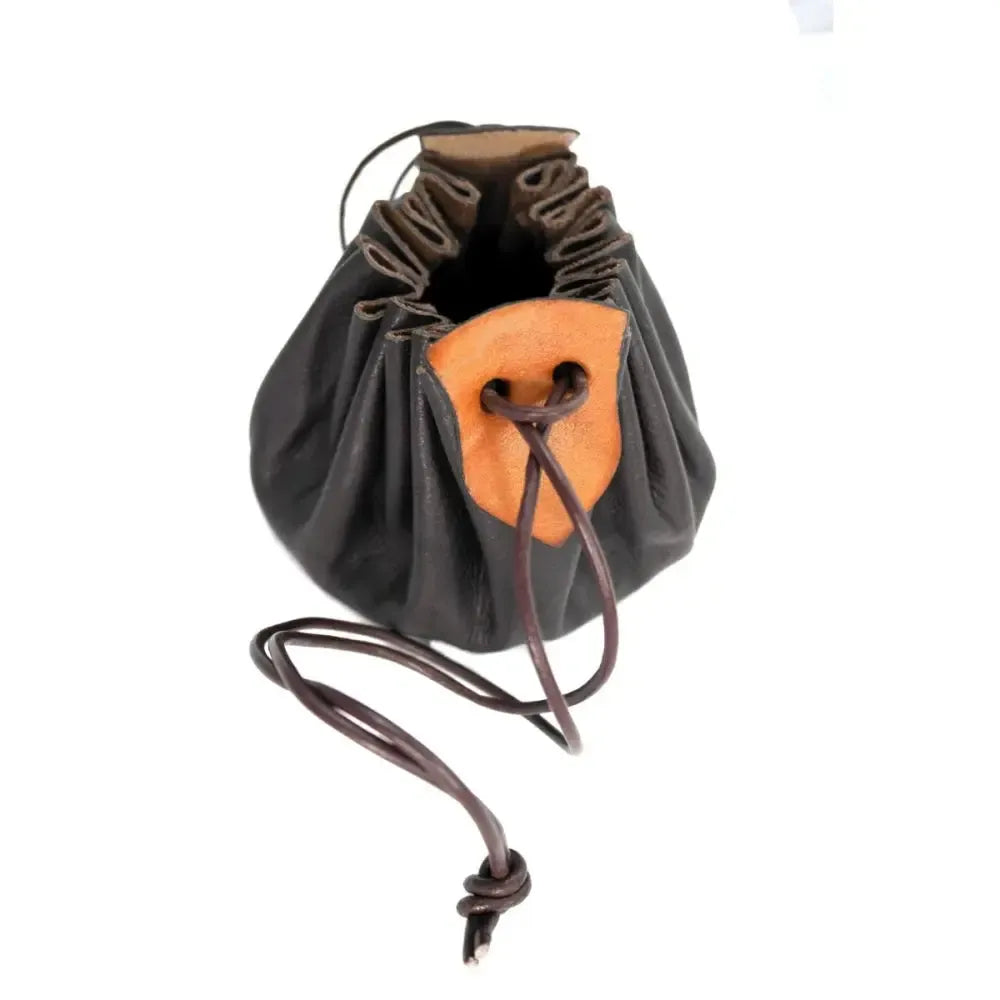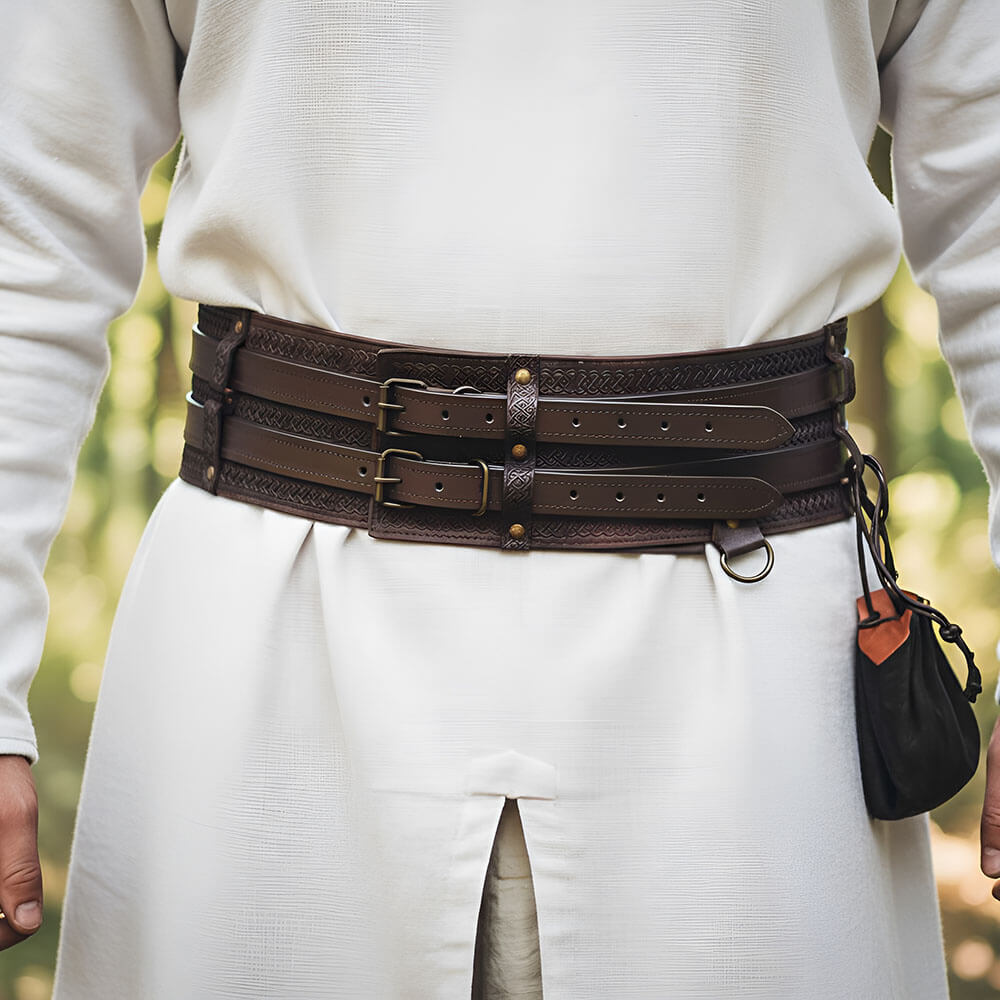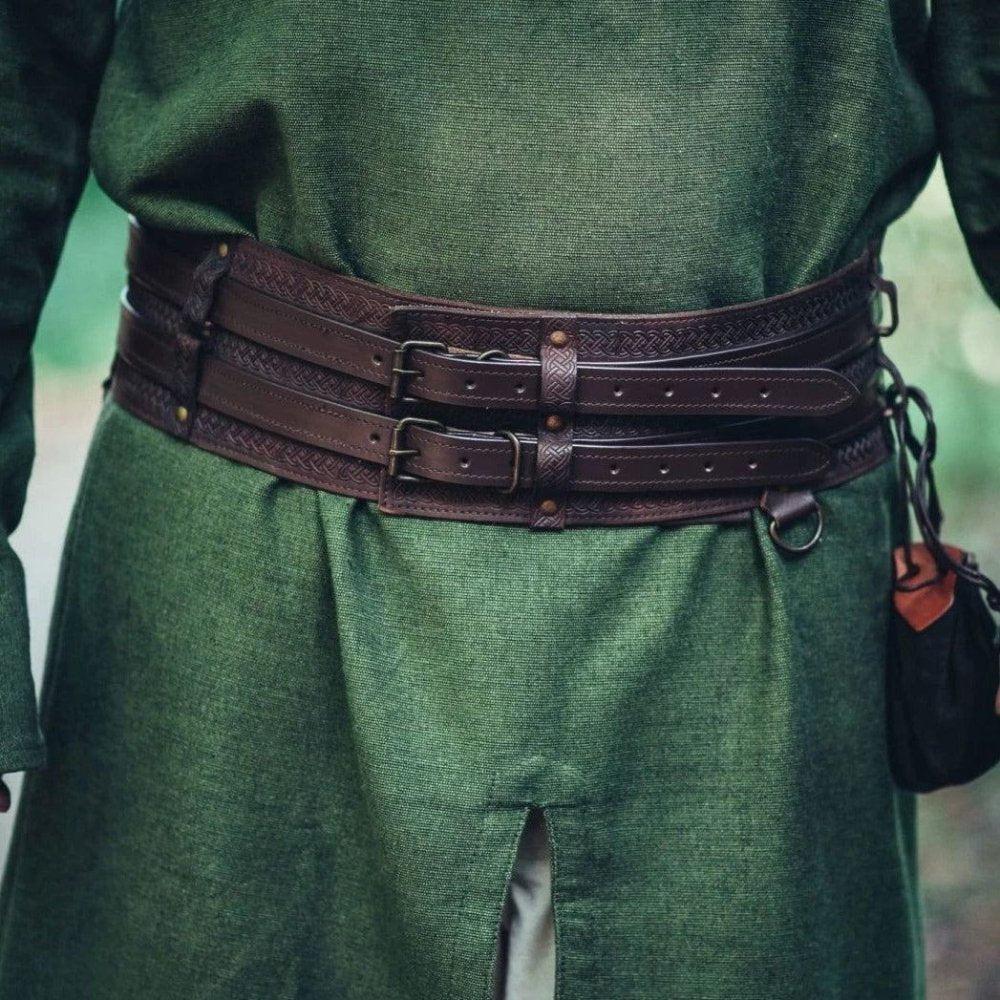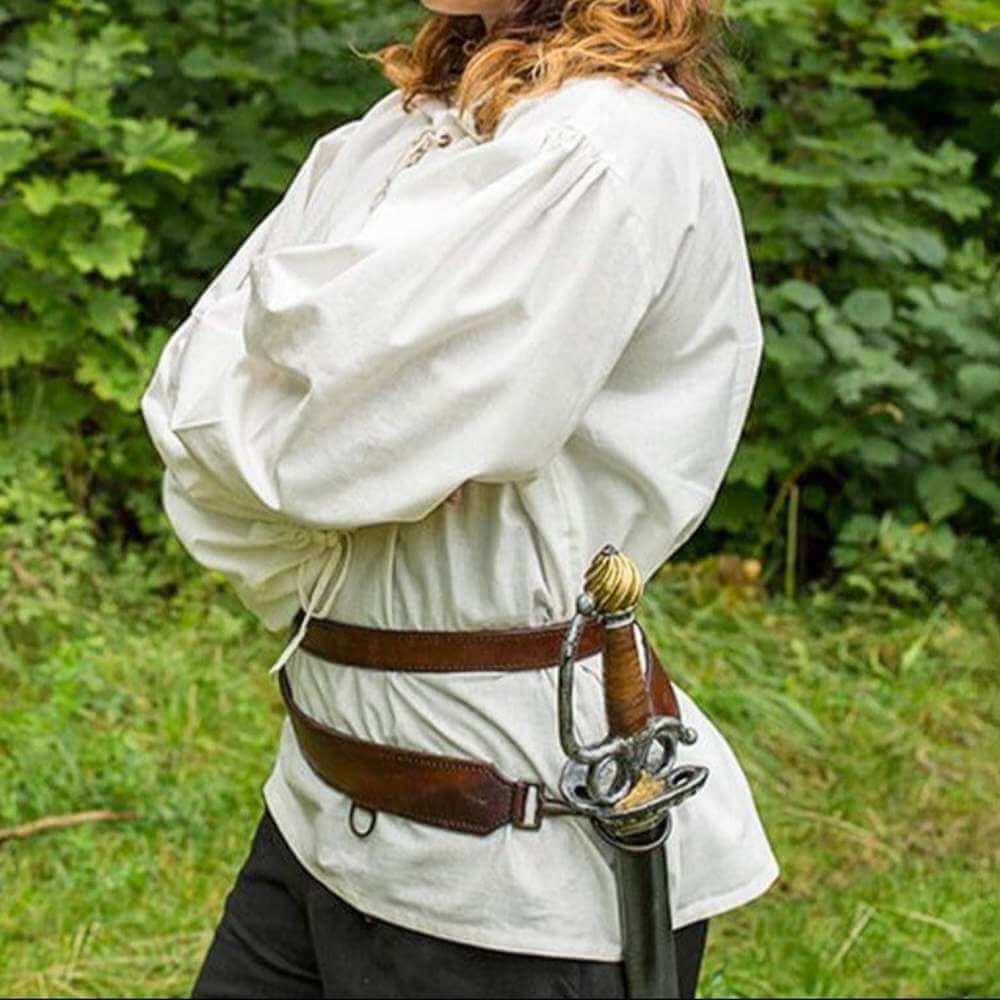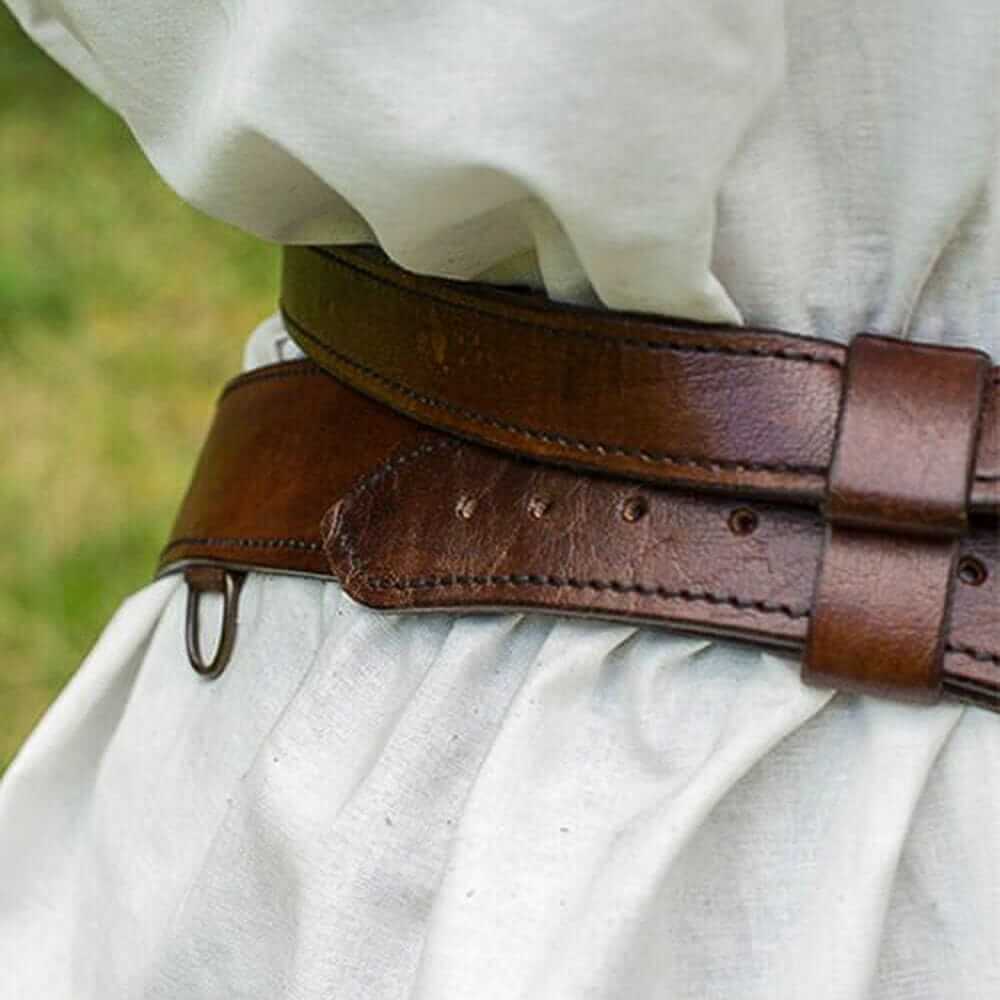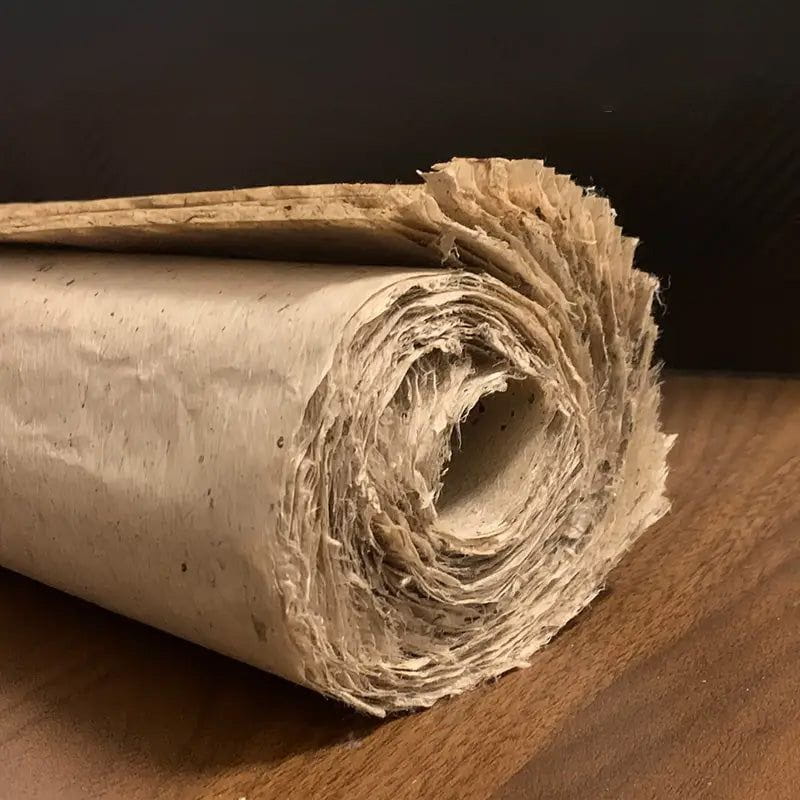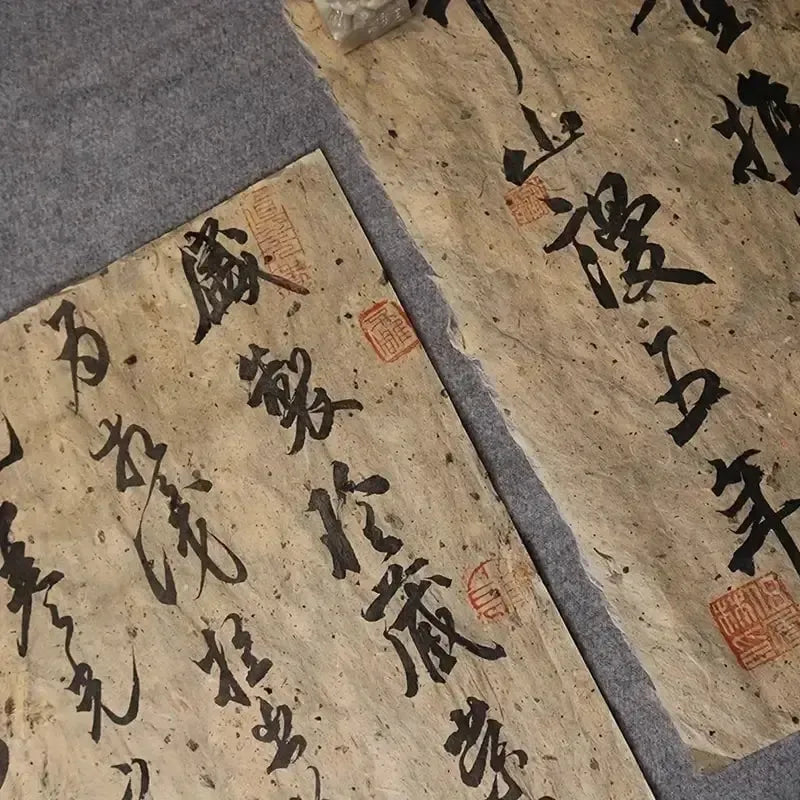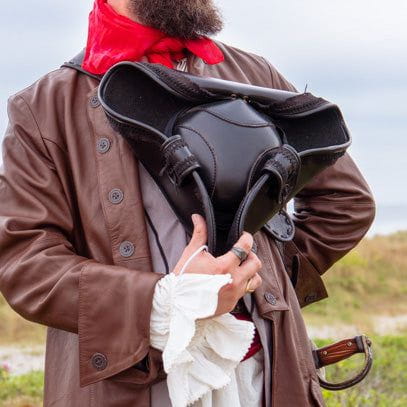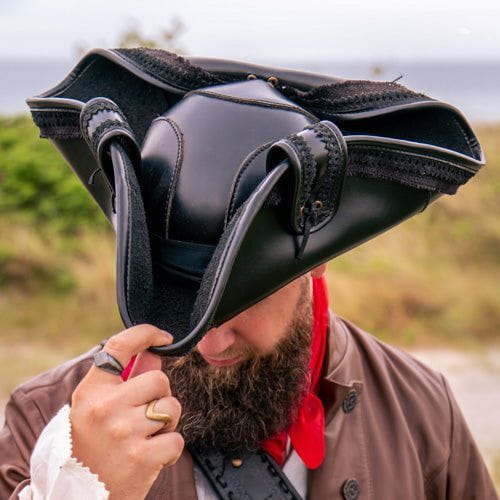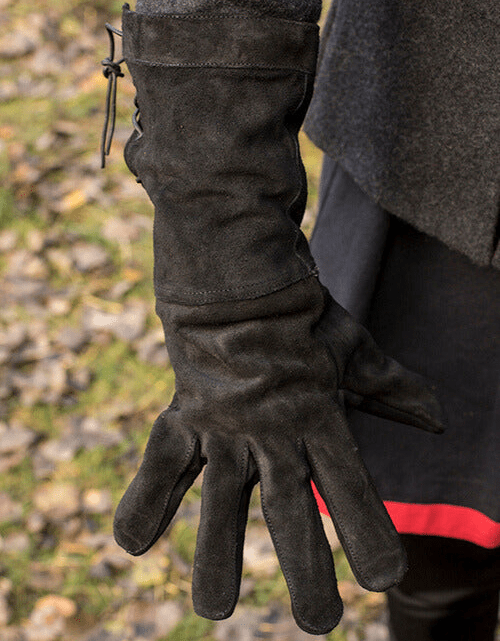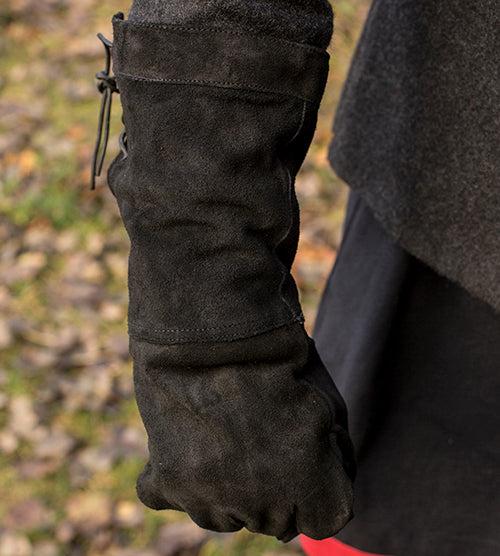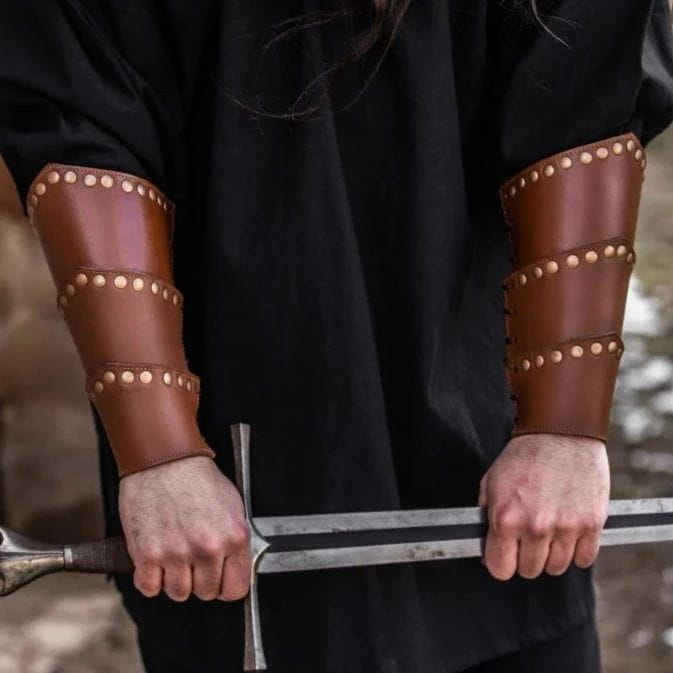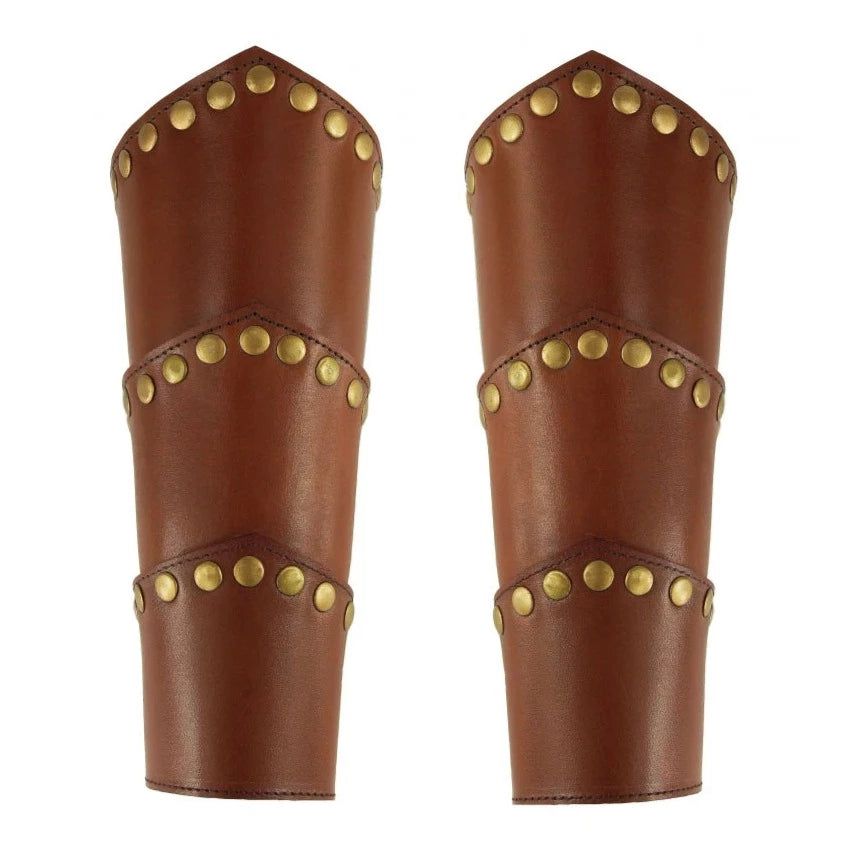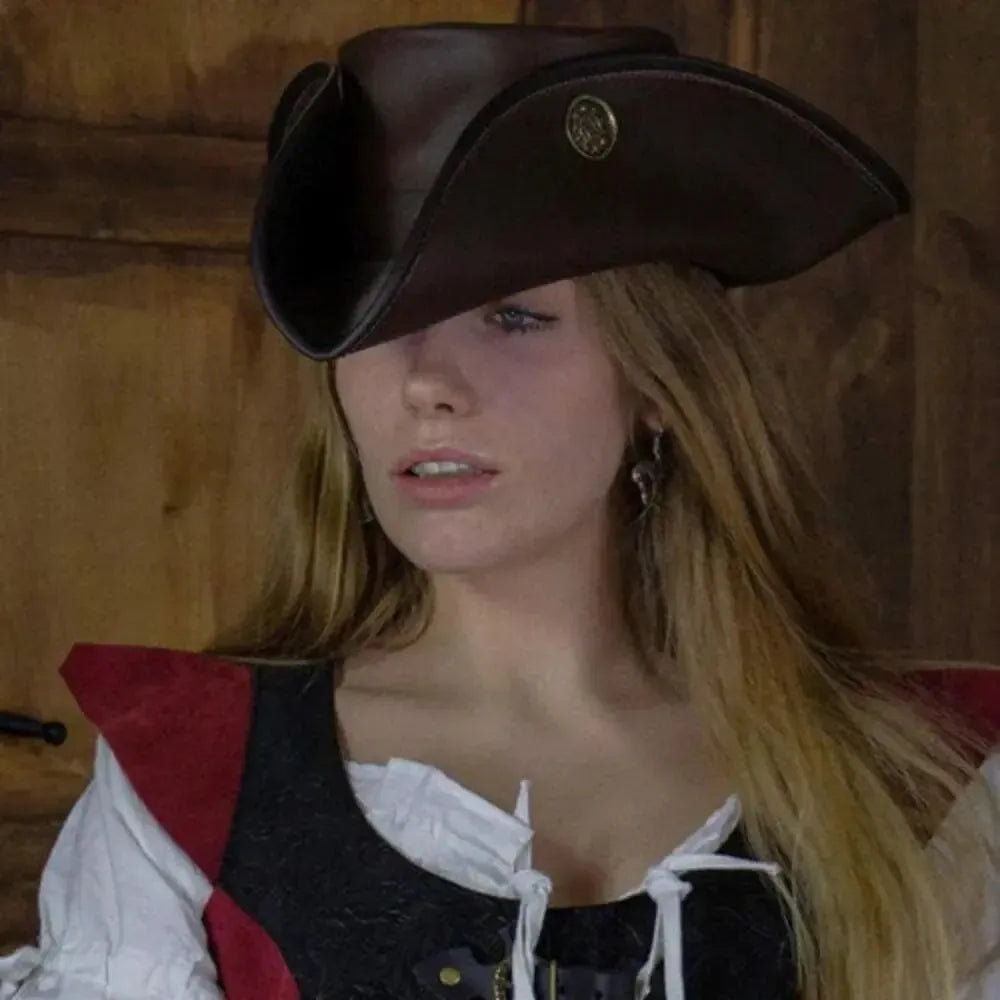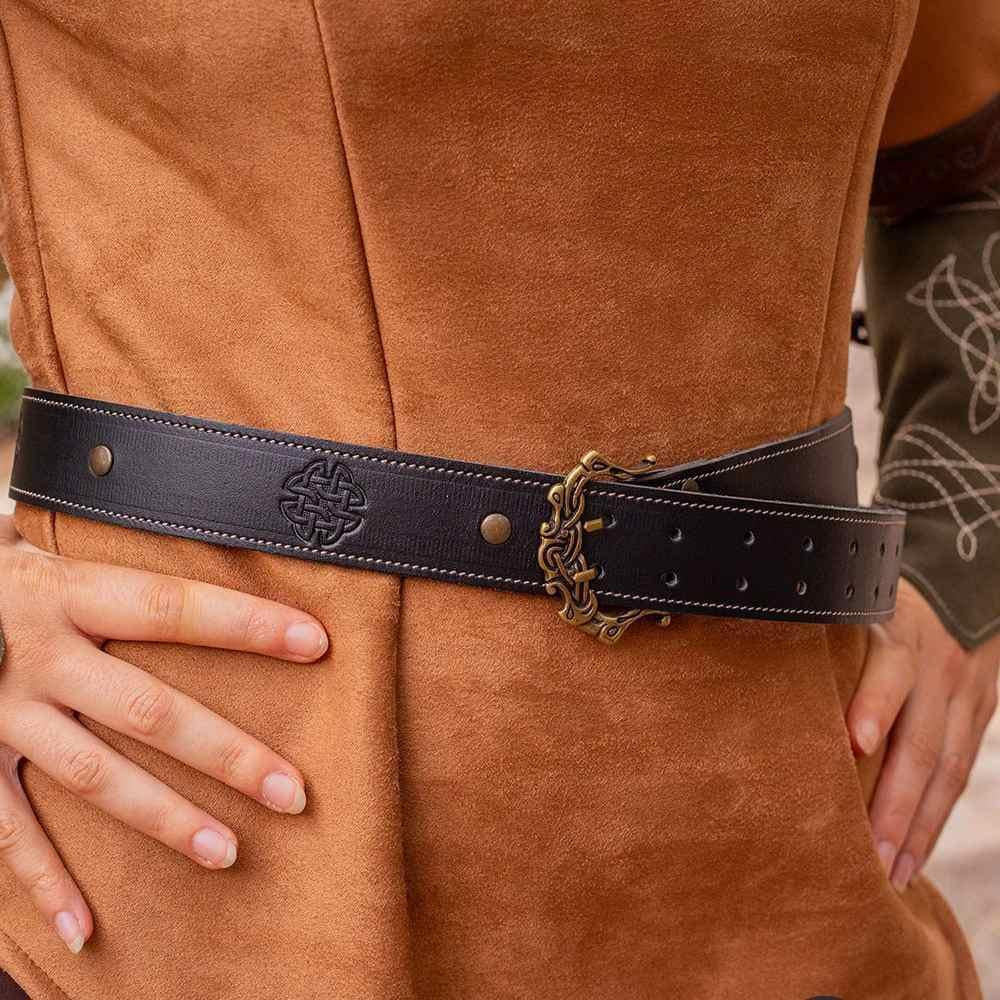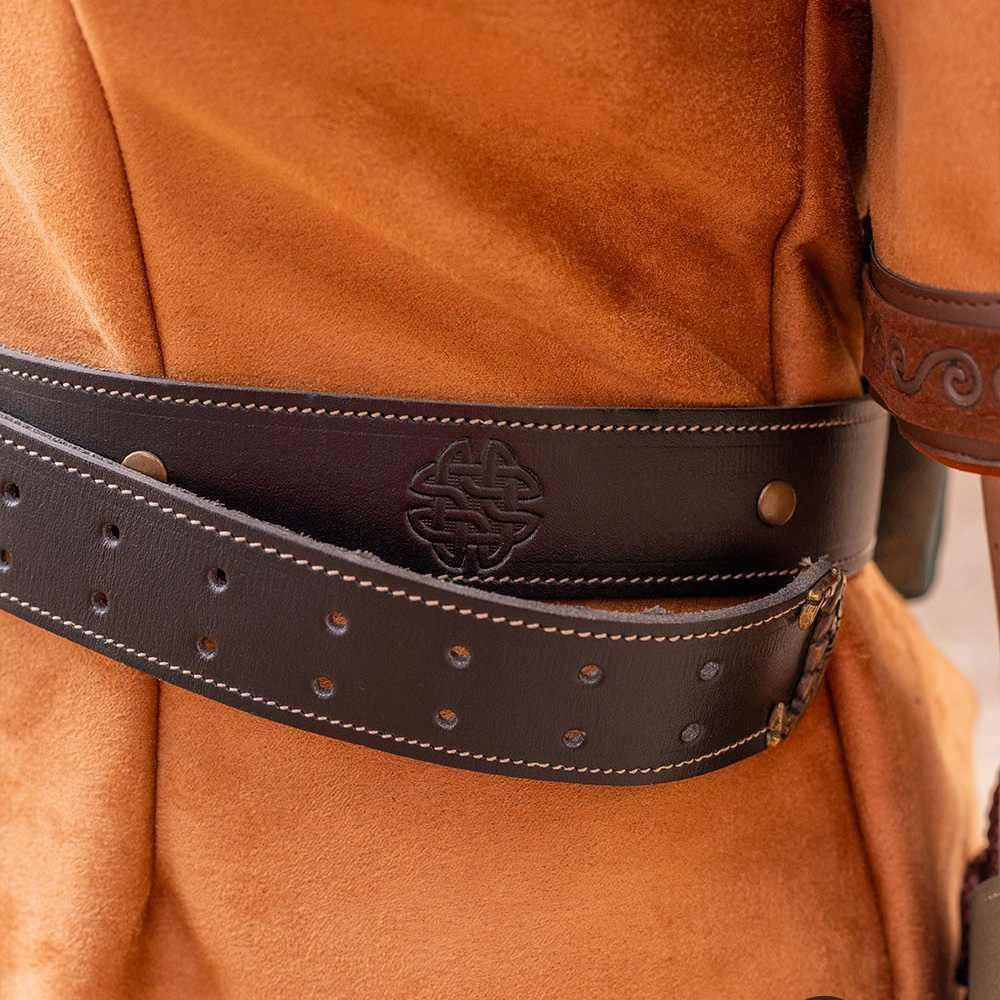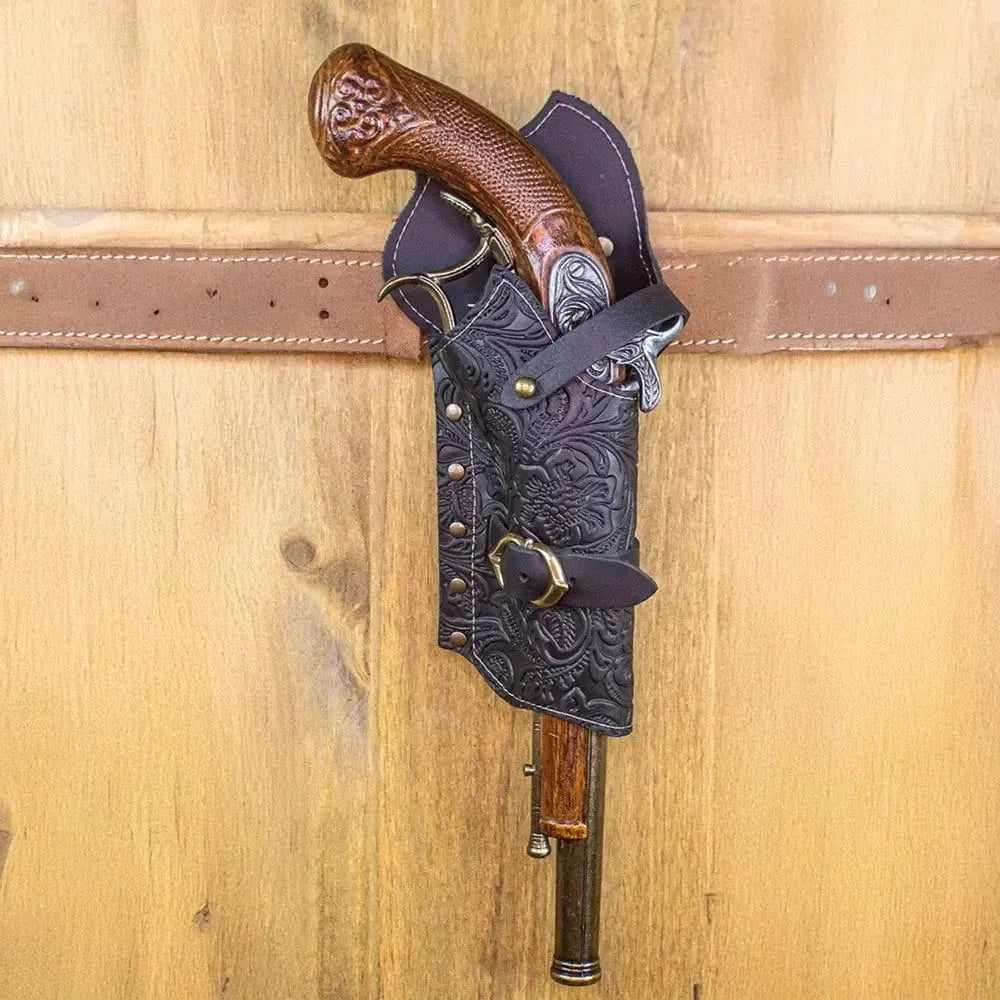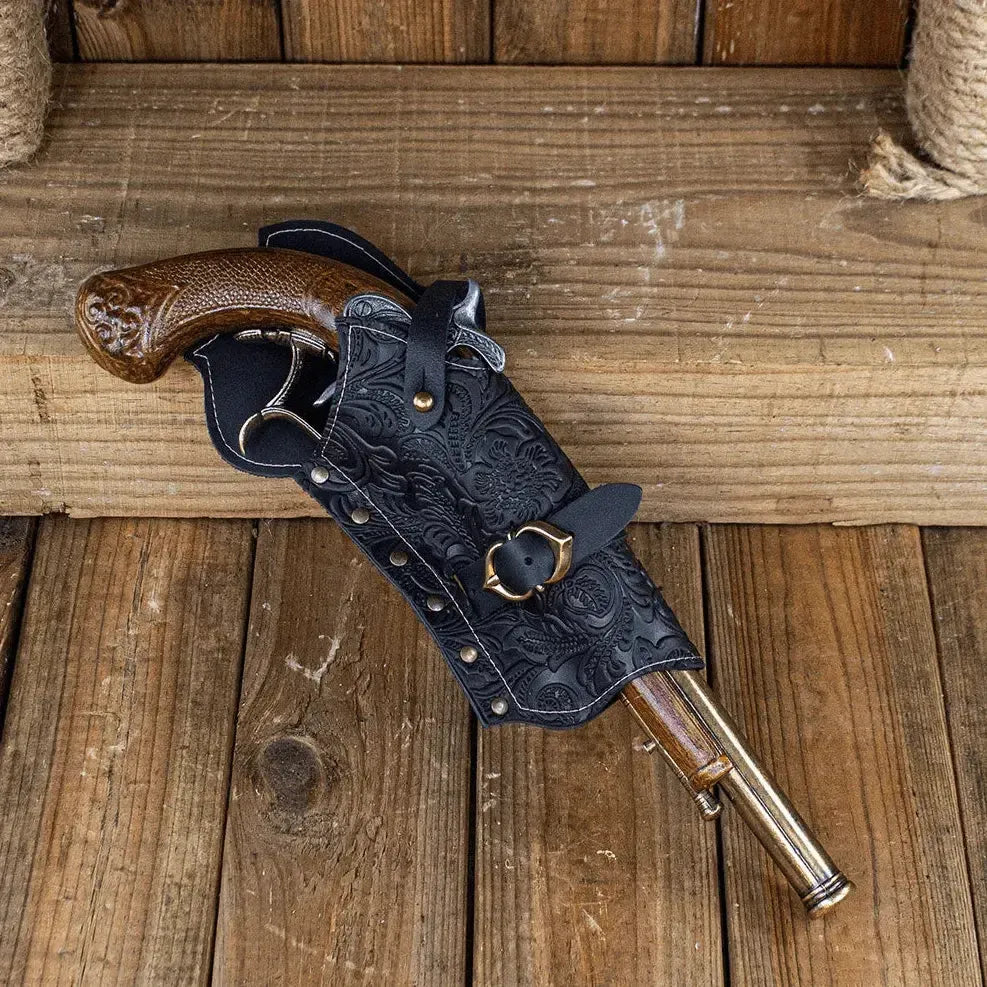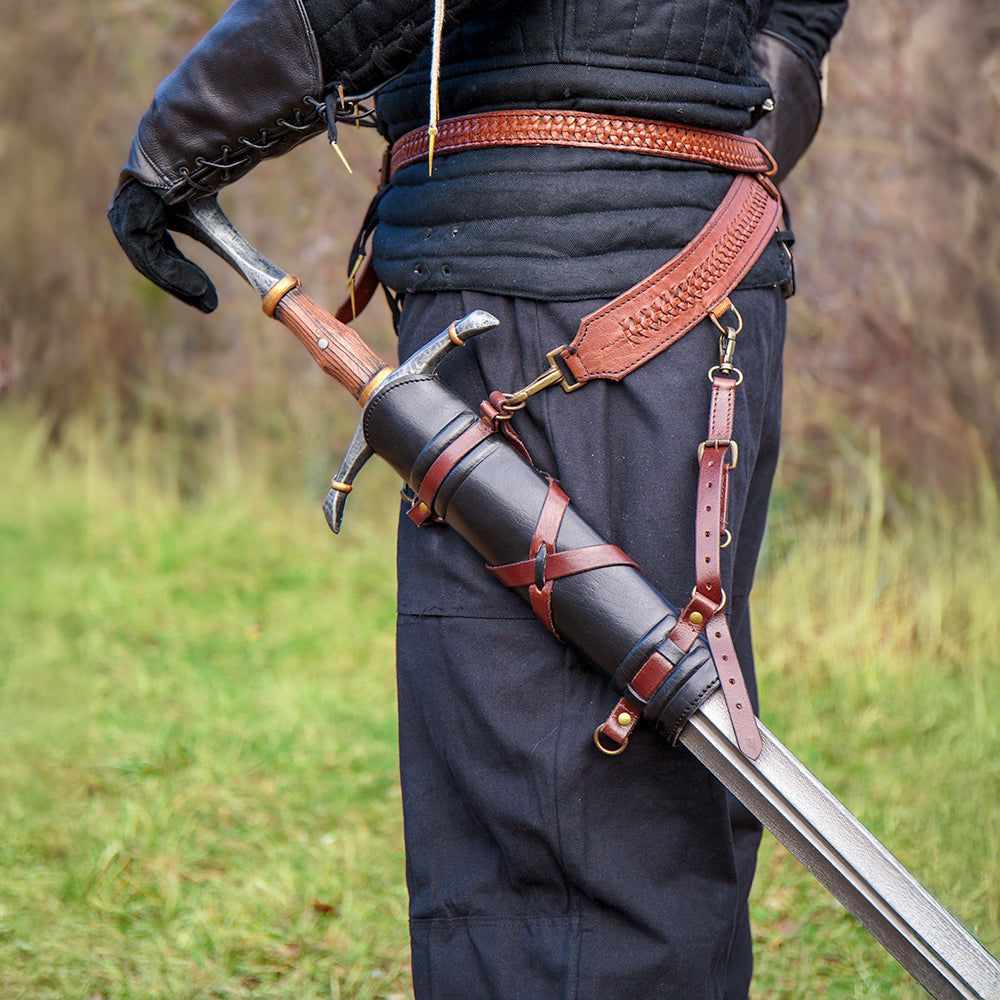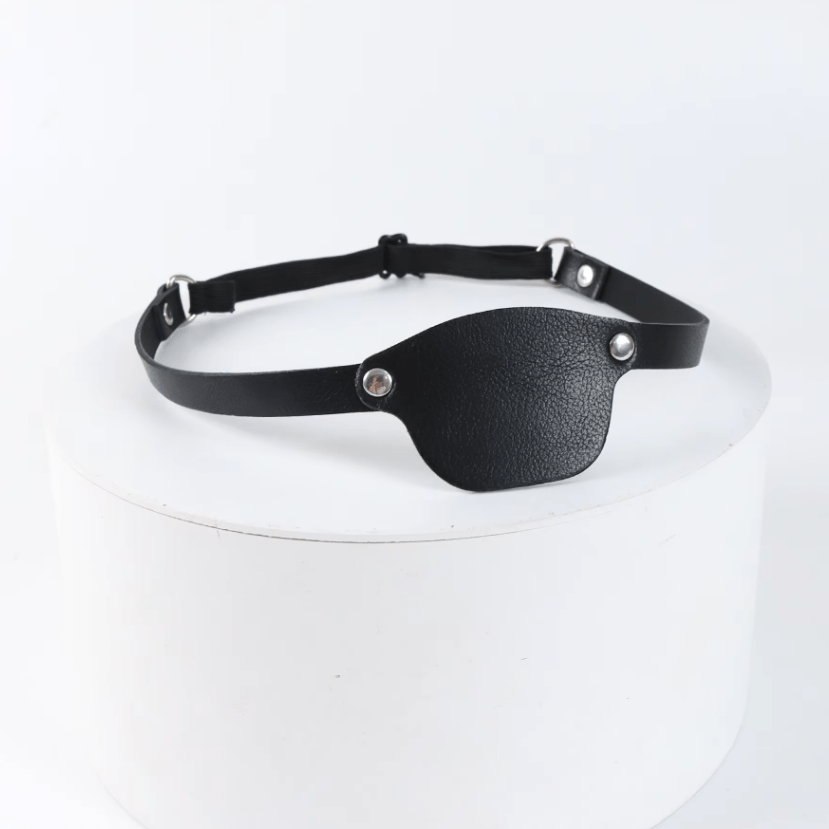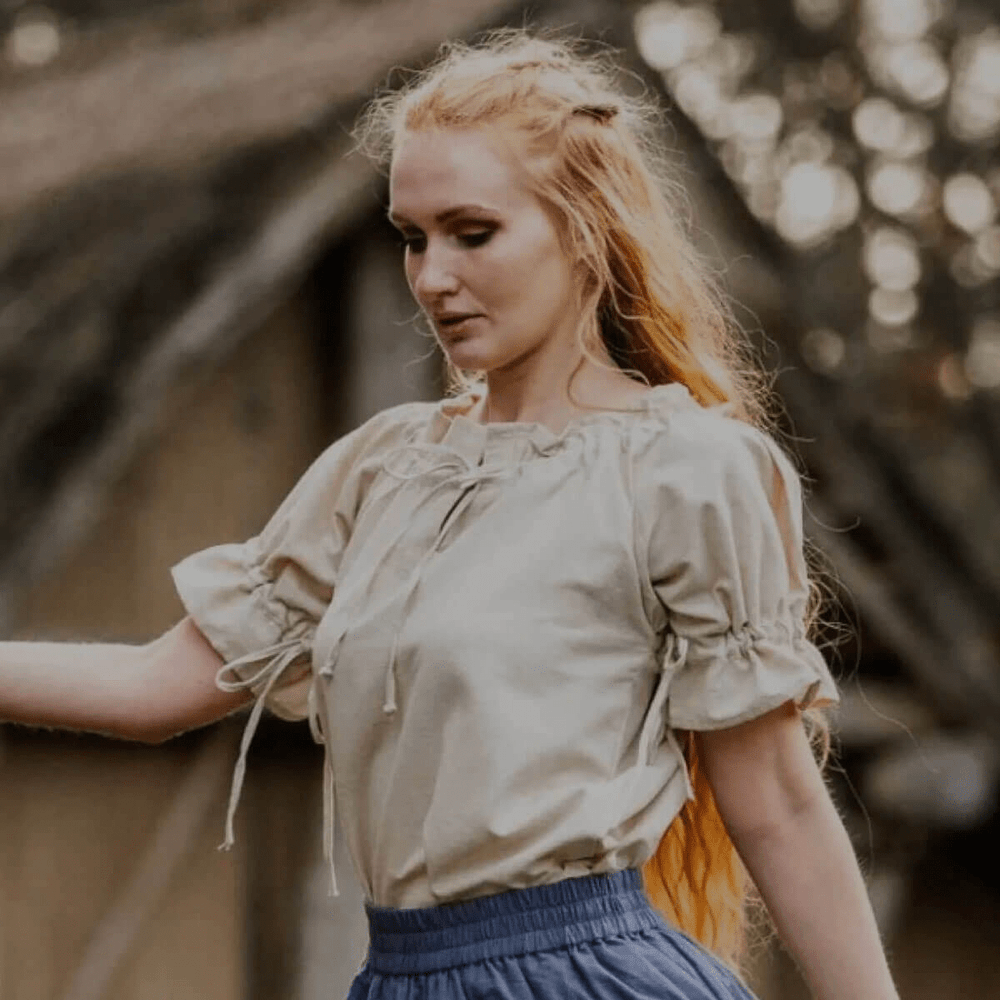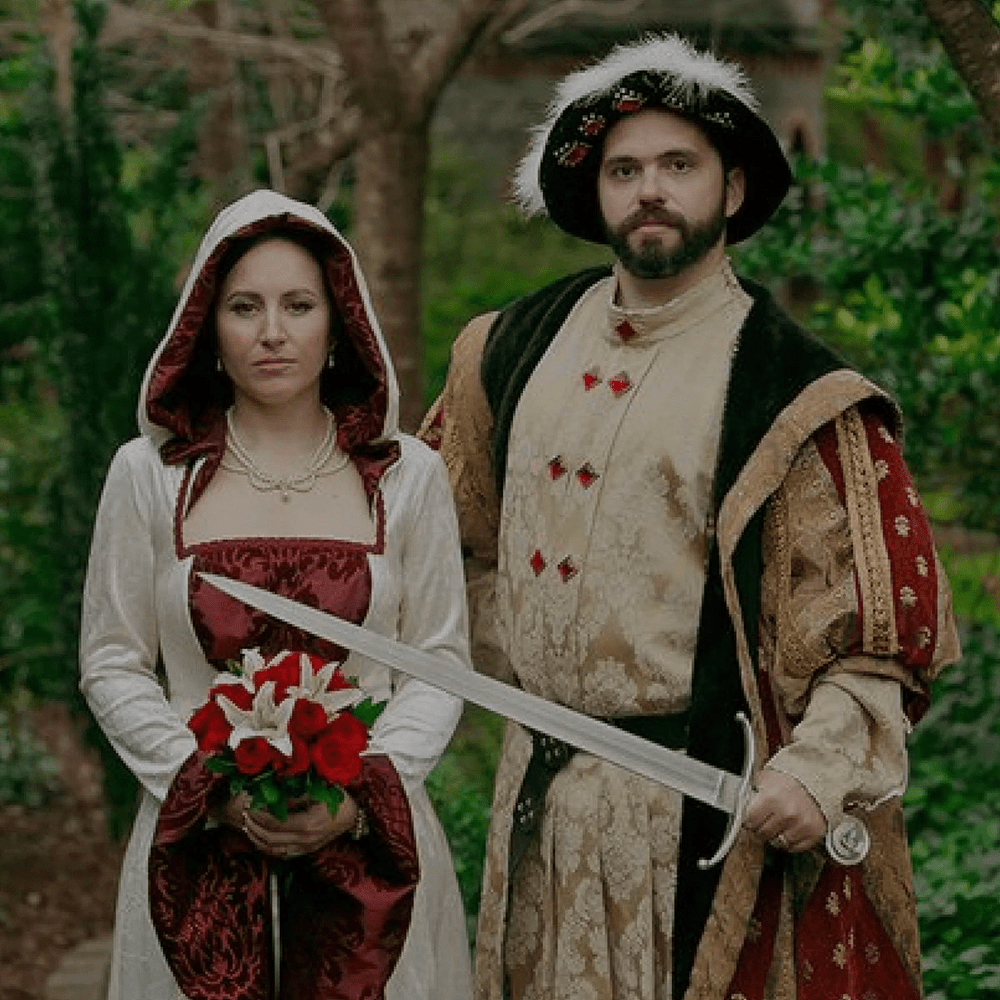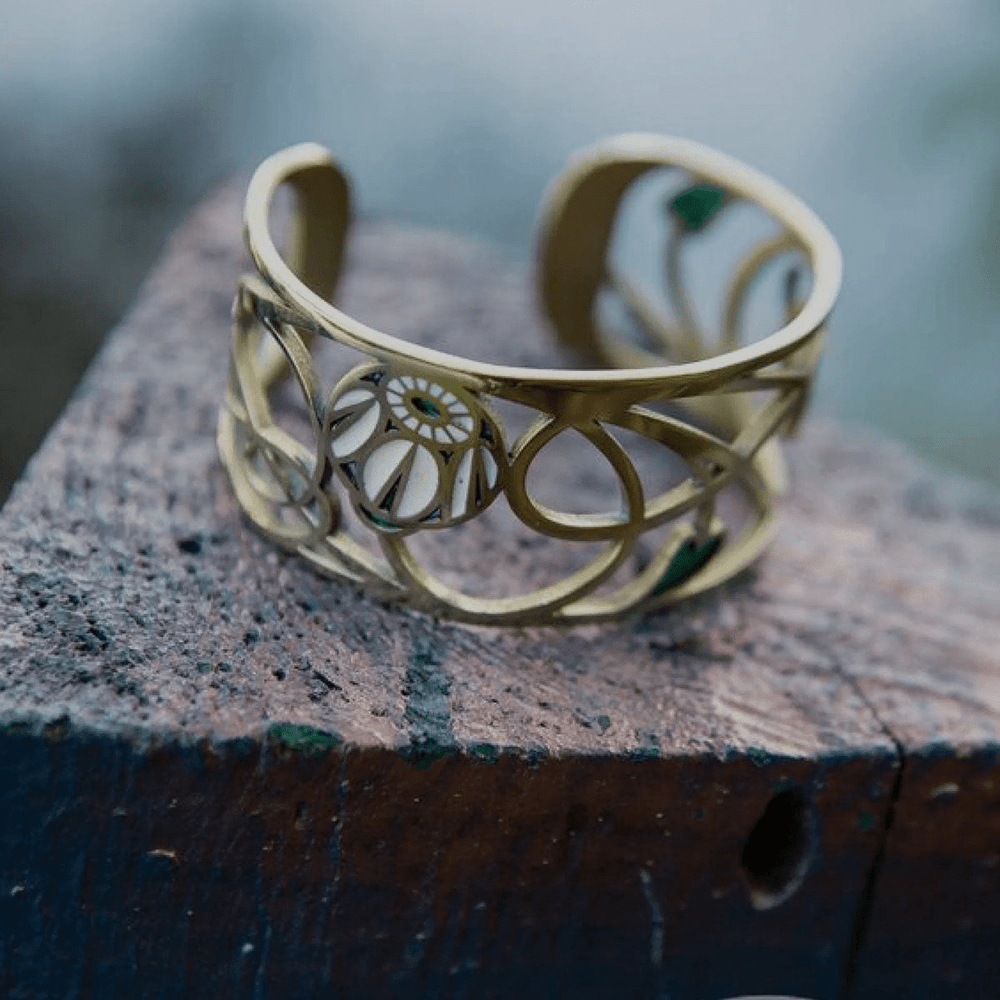EXPLORE OUR COLLECTIONS OF RENAISSANCE, MEDIEVAL AND CASTLECORE CLOTHING FOR WOMEN
Tops, Dresses & Skirts
Womens Belts & Bags
Womens Cloaks, Jackets and Coats
Footwear
Renaissance Accessories
Explore our other Collections

14 DAYS CASHBACK
Return items for exchange or refund within 14 days of purchase.

WORLDWIDE SHIPPING
Fast and low-cost US and Worldwide shipping

GUARANTEED QUALITY
Everything we offer is superb quality. If you don't agree we will refund your purchase.

ACCREDITED BUSINESS
We're an American business based in Raleigh, NC.
WHAT OUR CUSTOMERS SAY
“The outfits are wonderful! Beautiful designs to wear for events, I'm very happy with the purchase!"
"They arrived earlier than expected. Right size, very nice and fresh fabric. Very satisfied with the purchase."
“The quality is excellent, it will fit any hand, it is easy to remove/dress, thank you very much to the seller"
Need help?
FREQUENTLY ASKED QUESTIONS
SIZING
ORDERS
- It depends on the item(s) you ordered. Many items are made to order so we always say to allow 12-25 days for delivery in most cases.
- Platinum and Gold Jewelry items are all artisan handmade to order and will take 5-6 weeks normally.
- Our pieces are made by craftsmen in several countries.
- We have spent a lot of time making sure we can offer the best possible quality at fair prices
- At the time of writing our products are mostly made in USA, Ukraine, Nepal, India, China, Spain and France
SHIPPING
- We ship to most countries. If you have a question about a specific country please contact Chrissy at chrissy@renaissancewardrobe.com
Yes - absolutely!
- We at Renaissance Warrior guarantee lowest possible shipping costs on every order, no matter where in the world you are. We feel strongly that we should not profit from shipping.
- Occasionally we get an unusual shipping request which may incur additional cost, but we will let you know that before you place your order.
Sometimes, we may run out of our custom gift boxes and have periods when the stock for them has not arrived. If a batch shipping day arrives, we will package your order as simply as possible to make sure it gets out to you.
RETURNS
We are happy to return any product within 14 days - just return it in new unused condition to us for full refund or exchange. Just contact Chrissy and she will send you information on where to return it, and will handle any refund or exchange for you. Chrissy is at chrissy@renaissancewardrobe.com
- Please contact Chrissy (chrissy@renaissancewardrobe.com) and she will take care of it for you
CARING FOR STEEL JEWELRY
Please see our advice here
- Please contact Chrissy (chrissy@renaissancewardrobe.com) and she will be happy to help
Articles
Delving into the world of Renaissance Faires requires more than just a love for history; it necessitates stepping into the shoes—or rather, th garb—of figures from a bygone era. For enthusiasts of historical reenactment and period accuracy, crafting Renaissance costumes is both an art and a deeply immersive practice. By favoring authentic Renaissance clothing and eschewing modern materials, one can transport themselves and onlookers back to the time of illustrious festivals and fabled court intrigue.
Ensuring the historical accuracy of Renaissance clothing is not just about picking the most luxurious fabrics or the most elaborate designs; it's about understanding the societal norms and textile sciences of the age. Whether you're a dashing noble or a hardworking peasant, the fibers that weave your guise tell a story. Historical costumes are not merely attire; they're a portal to the past, and adhering to these guidelines is key to making that transformation complete.
Key Takeaways
- "Garb" is the preferred term within Renaissance Faires, reflecting authenticity in attire.
- Natural fibers like wool, linen, cotton, and silk are staples of genuine Renaissance costumes.
- Colors carry weight, with muted, earthy tones indicative of most classes and deep, vibrant hues symbolic of nobility.
- Budgeting plays a critical role as financial investments in costumes increase with the character's social stature.
- Resources for costume patterning and inspiration are abundant online and in historical literature.
- The intricacies of Renaissance costume construction can reflect the social status and occupation of the character.
The allure of stepping back in time through Renaissance Dress is heightened by the scrupulous selection of authentic Period Costumes. To truly honor Renaissance Fashion, one must delve deeply into the fabric and hues that adorned the populace of that historical time. The voyage into this rich past begins with a foundation built on genuine materials and a palette inspired by nature's own tints and shades.
The Importance of Authentic Fabric Choices
In the quest for the most convincing Renaissance ensemble, the choice of fabric is paramount. Enthusiasts and historians alike agree that natural fibers such as wool, linen, and cotton were extensively used during the era, revered for both their comfort and period accuracy. The humble peasant and the regal noble alike were clothed in textures born from nature. Those aiming for the grandeur of the higher echelons sometimes selected sumptuous silk blends, provided they convincingly represented the luxurious textiles of Elizabethan England.
Color Significance in the Renaissance Era
Colors in Renaissance attire were not merely a reflection of one's fashion sense but a narrative of status and class. The spectrum used in the creation of Renaissance Fashion was governed by the dyes accessible at the time. Deeper and richer colors often signaled a higher social position, indicating both prestige and power. It's critical to avoid the impulse to employ bright and synthetic hues such as pink or chartreuse, as these would not have been present in the authentic Renaissance color wheel. Instead, embracing muted earth tones ensures historical fidelity and a nod to the textile artistry of the period.
As with the artists and innovators of the Renaissance, those who endeavor to recreate its fashions must adhere to the same principles of natural beauty and authenticity. By doing so, aficionados can ensure that their Renaissance attire is not only a costume but a true reflection of a remarkable epoch in human history.
Creating an authentic Renaissance outfit begins with envisioning the character you wish to become. The character not only informs the type of attire but encapsulates the epoch's spirit. Would you be a hardy peasant, a skilled artisan, or perhaps, part of the lofty nobility? Each of these roles offers a wealth of Renaissance costume ideas to explore for your next visit to a Renaissance festival or fair. The motifs and fashion elements characteristic of these different stations in life are crucial in bringing historical accuracy to your getup. By meticulously compiling attributes appropriate for your persona, you assure that your Renaissance festival attire will be viewed not as a mere outfit but as a window into history's rich tapestry.
- Peasant Attire: Simplistic in design and made from durable, natural materials such as wool or linen. Colors are typically muted, representing the modest life of the working class.
- Artisan Garb: Artisans and merchants may showcase a bit more flair with added trimmings and vibrant, yet still period-accurate, colors that reflect their trade.
- Nobility Regalia: Sumptuous fabrics and elaborate decorations are key, with bold colors like deep reds or royal blues indicating high status—yet always avoiding the exclusive royal purple.
Accessories are the exclamation points of any Renaissance costume. They should enhance the overall look while remaining practical and period-appropriate. Leather belts and sashes act as both functional holdings and add an extra touch of historical ambience to your costume. Pouches provide a convenient carrying space for modern necessities without detracting from the historical illusion. Lastly, headwear is non-negotiable—it carries significant weight in the realism of your Renaissance outfits and completes the character you have envisioned. Whether you adapt a pre-made garment or handcraft an entire ensemble, authentic accessory choices will anchor your visage firmly in the era.
As you curate pieces and ponder over Renaissance costume ideas, let the commitment to historical authenticity be your guiding star. A dedicated approach to crafting your character not only reflects respect for the culture and people of the time but also enhances your own experience, enveloping you in the magic of the Renaissance Festival attire. Few things are as rewarding as stepping into a Renaissance Fair fully emanated in the aura of a time when art, culture, and the revelry of life thrived.
Embarking on the creation of Historical Costumes, particularly those for Renaissance Faires, starts with a fundamental understanding of the period's aesthetic. It's not just about dressing up; it's about embodying an era. When we converse about Renaissance Clothing, we often interchange the terms 'garb' and 'costume.' However, within the community of historians and enthusiasts, these distinctions are significantly pronounced. Authentic Renaissance Garments, or 'garb', are replicas crafted with period-specific techniques and materials, mirroring the daily wear of the past populace.
Garb versus Costume: Knowing the Difference
Garb is characterized by authenticity and adherence to the nuanced details of bygone fashion. A true Renaissance garb is constructed with an eye for historical accuracy, from the weave of the fabric to the cut of the attire. This level of detail transports the wearer back in time, far surpassing the mere aesthetic that a generic costume provides. Garb is a testament to the individual's dedication to the historical authenticity and overall experience of Renaissance reenactment.
Cost Considerations for Your Renaissance Outfits
While a desire for authenticity reigns, the practicality of cost must also be considered. A budget will naturally influence the intricacies and quality of the garb. A peasant's outfit, characterized by simpler design and affordable fabrics such as cotton or linen, may be relatively economical to assemble. On the other hand, nobility and royalty costumes demand richer fabrics, like silk or velvet, and elaborate adornments, escalating the cost for those striving for upper-class representation. Prioritizing the purchase of natural fabrics and shades derived from natural dyes will enhance the ensemble's authenticity without necessarily breaking the bank.
- Peasant garb: minimal embellishments and natural, subdued hues.
- Merchant class attire: moderate detailing with a slightly broader color range.
- Noble garb: ornate accessories and deeper, vibrant colors, avoiding the royal purple, which was exclusively worn by the monarchy.
By merging dedication to historical detail with a practical budget, creators of Renaissance attire can fashion a historically accurate look that honors the era and enriches their participatory experience. The process of crafting Historical Costumes, Renaissance Clothing, and Authentic Renaissance Garments is not merely a hobby; it's an artistic expression rooted in the rich tapestry of history.
For the Renaissance festival enthusiast, the quest for the perfect balance between authenticity and durability in Renaissance Dress Materials is of paramount importance. When participating in the bustling life of a Renaissance festival, garments are subject to the whims of the weather and the intensity of day-long activities. Thus, focusing on the resilience of your Renaissance Festival Attire will ensure a lasting investment in your historical wardrobe.
The cornerstone of authentic Renaissance wear is the use of natural fabrics. Linen and wool, renowned for their durability and breathable qualities, were extensively used during the Renaissance period and remain the top choices for recreating costumes with historical accuracy. While silk conveys an unmistakable allure, replicating its luxurious appeal for those on a stricter budget can be achieved through quality silk blends.
The patina and texture of Period Costume Fabrics play a significant role as well. Substitutes for natural fabrics, when chosen carefully, can provide the desired historical aesthetic without compromising on longevity. Such blends offer versatility in price points while still achieving a look that seems faithful to the period. When selecting materials, the goal should be twofold: to create Renaissance Dress Materials that can stand up to repeated festivities and to echo the time-worn textures of a distant past.
Conclusively, selecting the right fabrics is a delicate dance between embodying the personage of a bygone era and crafting a costume that is equipped to endure. With keen attention to material choices, one's attire will not only celebrate the grandeur of the Renaissance but also withstand the test of time and the elements.
At the heart of any historically accurate Renaissance ensemble lies a keen attention to detail, particularly when it comes to accessories. More than mere decorative flair, Renaissance Accessories serve to underscore the functionality and style that were inherent in the period's dress. The right Renaissance Costume Accents can breathe life into any attire, transforming it from a simple outfit into a vivid representation of a storied past. For the discerning festival goer, these Period Costume Enhancements are the finishing touches that complete the transformation into a character from another age.
Incorporating Accessories for Function and Style
Each piece selected to complement a costume holds both aesthetic and practical purposes. A leather belt, for instance, isn't just an accessory to cinch the waist; it's a historically informed choice that would have been used to hang tools or pouches — a staple for both the peasantry and the nobility. Pouches, which echoed the fashions of ancient carryalls, today provide a convenient hiding place for modern-day essentials like phones and wallets, allowing attendees to maintain the immersive experience without sacrificing convenience.
Finding Inspiration for Renaissance Accessories
For many, the true joy of assembling a Renaissance costume is the creative process — particularly in selecting adornments that reflect the epoch's complex tapestry. Artworks from the Renaissance period, with their rich detail and historical context, are a veritable treasure trove of inspiration. Similarly, modern Renaissance Faires are hotbeds of authenticity, with artisans displaying handcrafted pieces steeped in tradition. These resources can provide invaluable insights into the types of accessories that will not only enhance your costume but will also resonate with the intricacy and nuance of the era.
In the end, the accessories chosen are more than mere embellishments; they are essential components that lend credibility and depth to your Renaissance attire. By prioritizing pieces that reflect the period's design sensibilities and your character's societal role, your festival garb will attain a level of authenticity that is both visually arresting and historically grounded.
The art of Garment Construction for Renaissance Clothing invites a meticulous eye and a flair for antiquity. Whether you aim to replicate the simple life of peasantry or the opulence of nobility, each costume speaks volumes about its wearer's societal standing. To craft such historically-resonant pieces, one must consider both the materials at hand and the silhouette they wish to project. It's an exercise in fashion archeology, piecing together the vestments that echo centuries gone by, with DIY Renaissance Garments lending themselves to personal touches that infuse history with individuality.
Dressing for the Station: Peasant to Nobility Looks
The gulf between peasant and noble attire was vast during the Renaissance, dictating not only the materials that could be used but also the construction techniques and the resulting durability. Peasant garments typically involved Period Costume Customization, focusing on strength and functionality with simpler, rough-hewn aesthetics. Conversely, the nobility would swathe themselves in intricacies: delicate seams, multi-layered garments, and the occasional glitter of embellishment. The profundity of one's garments echoed the loftiness of their societal perch.
Transforming Modern Garments into Renaissance Pieces
In an era where the new constantly chases out the old, DIY Renaissance Garments provide an opportunity to mix the time-honored with the contemporary. Modern clothing can be retrofitted to mimic the Renaissance styles through creative alterations. Stitching new life into existing clothing not only conserves resources but also pays homage to the transformative nature of fashion through the ages. It's not uncommon to see a thrifted shirt reimagined with lace-up grommets or a basic skirt dyed with tea to evoke age-old linen's natural patina. The key to success in this transformation? Patience, inventiveness, and a devotion to the historical narrative you wish to weave through your threads.
- Invest in natural fabrics to enhance authenticity
- Alter modern patterns to reflect historical silhouettes
- Practice hand stitching for period-appropriate details
- Layer skirts and tunics for depth and versatility
Threading together a pastiche of Renaissance splendor is part art, part science. It's a commitment to turning back the clock, an exercise in ornamental horticulture as you cultivate a look that blooms brightly against the backdrop of modernity. Through Garment Construction for Renaissance Clothing, you don the mantle of history, ready to transport onlookers to an era of pageantry and splendor at your next fair or festival.
The Renaissance was a period of profound cultural and artistic rebirth, where dress was a canvas for expressing societal standing and personal wealth. The palette of Renaissance Fashion was carefully curated to project status, with affluent individuals often arrayed in fabrics bearing rich, deep hues indicative of their elevated position. However, it wasn't merely a display of color but also the quality of fabric that spoke volumes; the texture provided a tactile dimension to these garments, adding depth and luxury to the visual spectacle. Peasants, conversely, were clothed in more practical wear, marked by rougher textiles and subdued tones that reflected their everyday toils and humble status.
Understanding the intricate balance between color and texture is crucial in Historical Costume Design. For the recreation of an Authentic Renaissance Look, one must ensure that every detail resonates with the era's sensibilities. Velvet and brocade, synonymous with opulence, would befit a noble's wardrobe, whereas coarse woven fabrics would be provisioned for creating peasant attire. It is this intentional orchestration of color and texture that transforms simple garb into authentic representations of Renaissance society.
- Vibrant Hues: signify wealth and social rank; velvets and brocades for nobility
- Muted Tones: exemplify the peasant class; rough linens and undyed wools for durability
Avoiding anachronistic faux pas is essential; one should eschew neon colors and synthetic fabrics that would disrupt the period aesthetic. Crafting a costume with age-appropriate dyes and the textured authenticity of traditional materials allows enthusiasts to envelop themselves not merely in clothes, but in the very skin of a time where fashion was both statement and status.
In the spirit of reliving the Renaissance experience with fidelity, here's how colors and textures aligned with different societal standings:
To form a Renaissance ensemble that is historically consilient and aesthetically compelling, the attire must be chosen meticulously; every color and texture meticulously applied to tell a tale as rich and varied as the Renaissance itself. For history buffs and fashion enthusiasts alike, the tapestry of color and material is not just the fabric of their garments, but also the fabric of the story they aim to tell.
The journey into crafting historically accurate Renaissance garb can be greatly enhanced by a myriad of resources available to the costume-maker. These compendiums of Renaissance Clothing Patterns and detailed Historical Pattern Guides serve as invaluable tools for both novice and veteran craftsmen alike. They offer a bridge to the past, laying out step-by-step instructions for recreating the intricate designs that once graced the courts and cobblestone streets of Renaissance Europe.
Utilizing Online Resources for Renaissance Garb Patterns
In this digital age, the aspiring costume artisan has the benefit of accessing a treasure trove of Renaissance Clothing Patterns online. Whether the aim is to create a modest peasant blouse or an ornate nobleman's doublet, web-based portals offer a plethora of patterns to accommodate an array of complex designs. A number of dedicated websites feature downloadable patterns tailored to different levels of experience, ensuring every creator can embark on their Renaissance Costume Making odyssey with confidence.
Books and Historical References for Accurate Reproduction
For those who seek a more tactile source of inspiration, books and scholarly works on Renaissance fashion provide an in-depth perspective on garment construction. These historical texts lay bare the subtleties of period attire, from fabric choice to color preference, enabling one to craft a costume that is not only beautiful but also steeped in historical authenticity. Experts and costume historians alike have compiled Historical Pattern Guides to assist in accurately reproducing clothing that resonates with the spirit of the era.
Eager costume makers can also seek out workshops and community groups focused on Renaissance Costume Making. Sharing knowledge and techniques within a community of like-minded individuals can lead to a deeper understanding and appreciation for the art of historical garb creation. Ultimately, the wealth of available Renaissance Clothing Patterns and Historical Pattern Guides empowers anyone with a passion for the past to don their tailor's thimble and stitch together a slice of history.
As you step back in time at a Renaissance Fair, immersing yourself fully requires more than just an appreciation for history—it demands adherence to specific do's and don'ts that enhance the authenticity of the experience. From the garments you don to the mannerisms you adopt, abiding by period costume guidance will transport you more convincingly into the vibrant world of the past. Here are several Renaissance Fair tips designed to help you navigate the event's unique cultural landscape and partake in its storied traditions without breaking the immersive spell.
Appropriate Headwear for Full Immersion
Your choice of headwear at a Renaissance Fair is not a mere fashion statement; it's a pivotal aspect of historical reenactment. Women can grace their attire with headdresses, wreaths, or bonnets that mirror the styles worn in the Renaissance era. Men, on the other hand, should consider muffin caps, flat caps, felt hats, or straw hats to cap off their outfits. Don't overlook this detail; without proper headwear, even the most carefully curated garb falls short of true period replication. Remember, what dons your head is as significant as the clothes on your back for complete historical immersion.
Navigating the Nuances of Renaissance Fashions
When selecting your garb—yes, that's the term favored at the fair—be mindful of the event's dress code. Avoid modern Halloween costumes and the trappings of mythical creatures unless explicitly suitable for the fair's theme. Renaissance Costume Etiquette extends to fabric and color choice, encouraging natural fibers and period-appropriate dye hues. Dressing in layers is a wise tactic, not just for style, but for comfort through shifting weather. Observing those around you and drawing inspiration from their ensembles can guide and inform your next venture into Renaissance fashion. Ultimately, embracing the do's and sidestepping the don'ts will lead to a richer and more enjoyable encounter with history at the fair.


